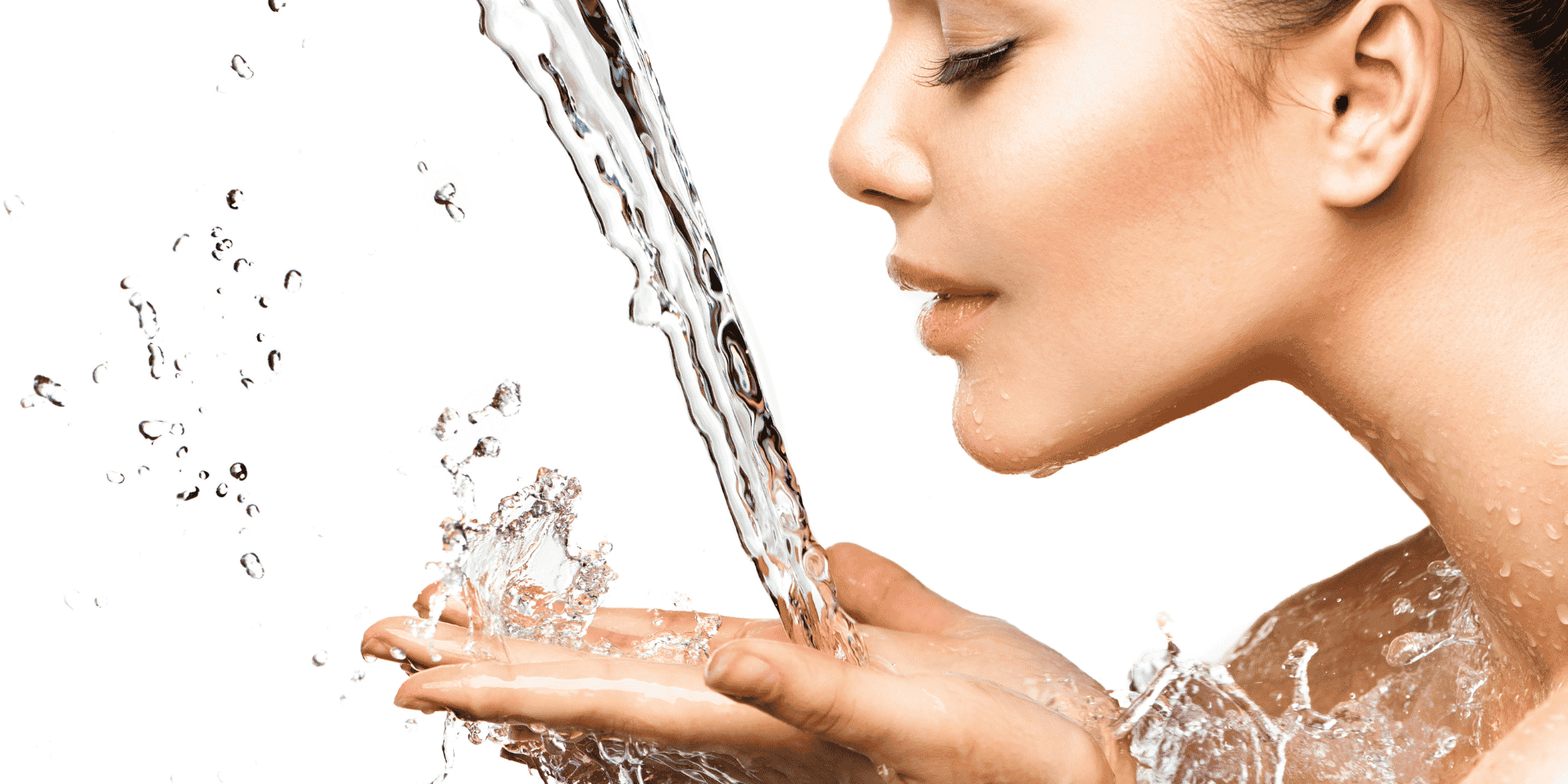
Quality First
Viviane Woodard is committed to helping the earth.
NO ANIMAL TESTING - CRUELTY-FREE
We love our pets! So at Viviane Woodard, we are passionately committed to not using animals in the testing of our products. Every Viviane Woodard product is allergy-tested on human beings, not furry friends!
CLEAN PACKAGING
Viviane Woodard only uses biodegradable peanuts (static-free), which decompose in water leaving no toxic waste.
We further support the environment by using conscious packaging and containers as well as recyclable and compostable boxes.


Our Ingredients
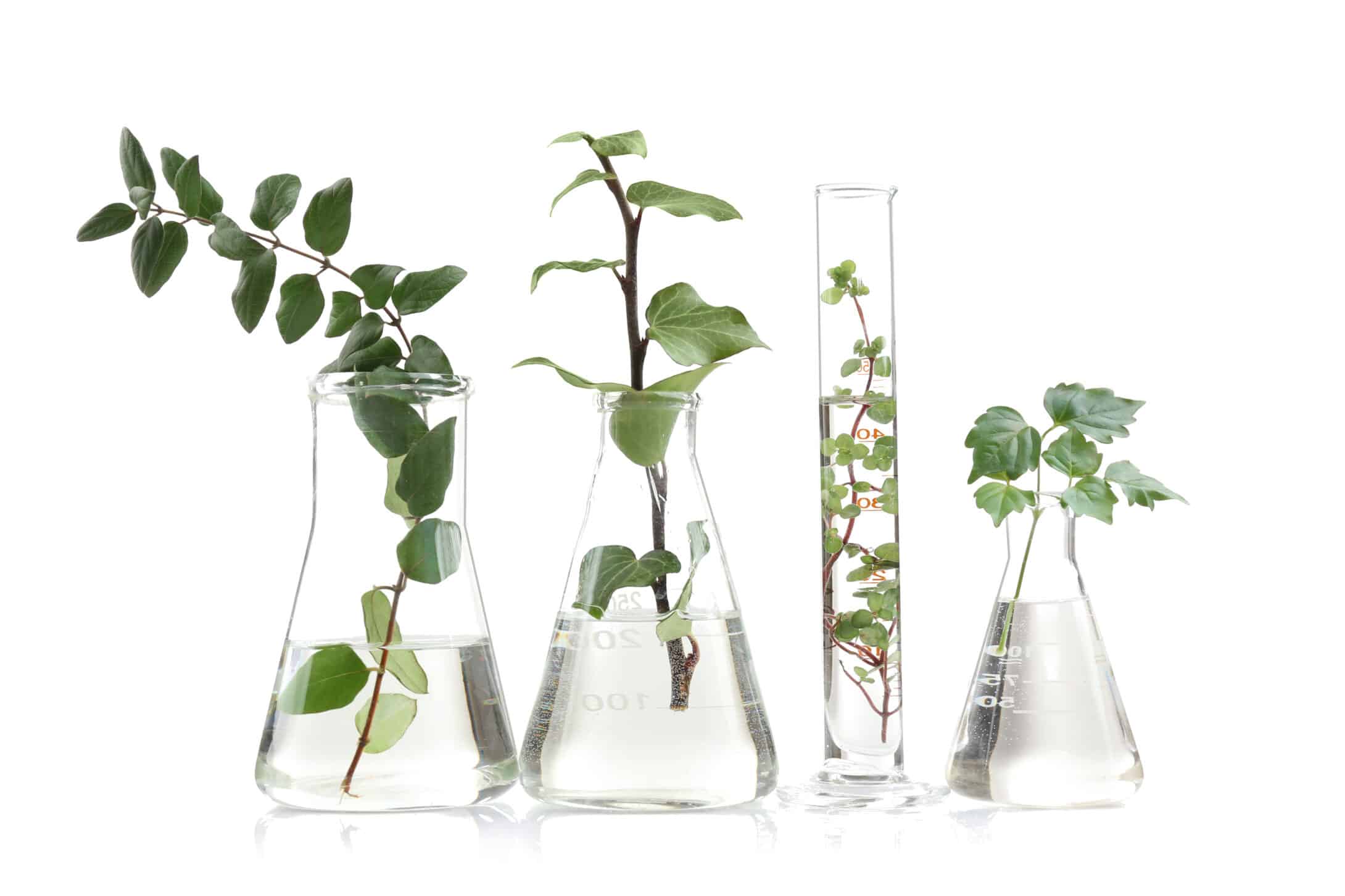
Natural fatty alcohol used as an emollient, also used a stabilizer.
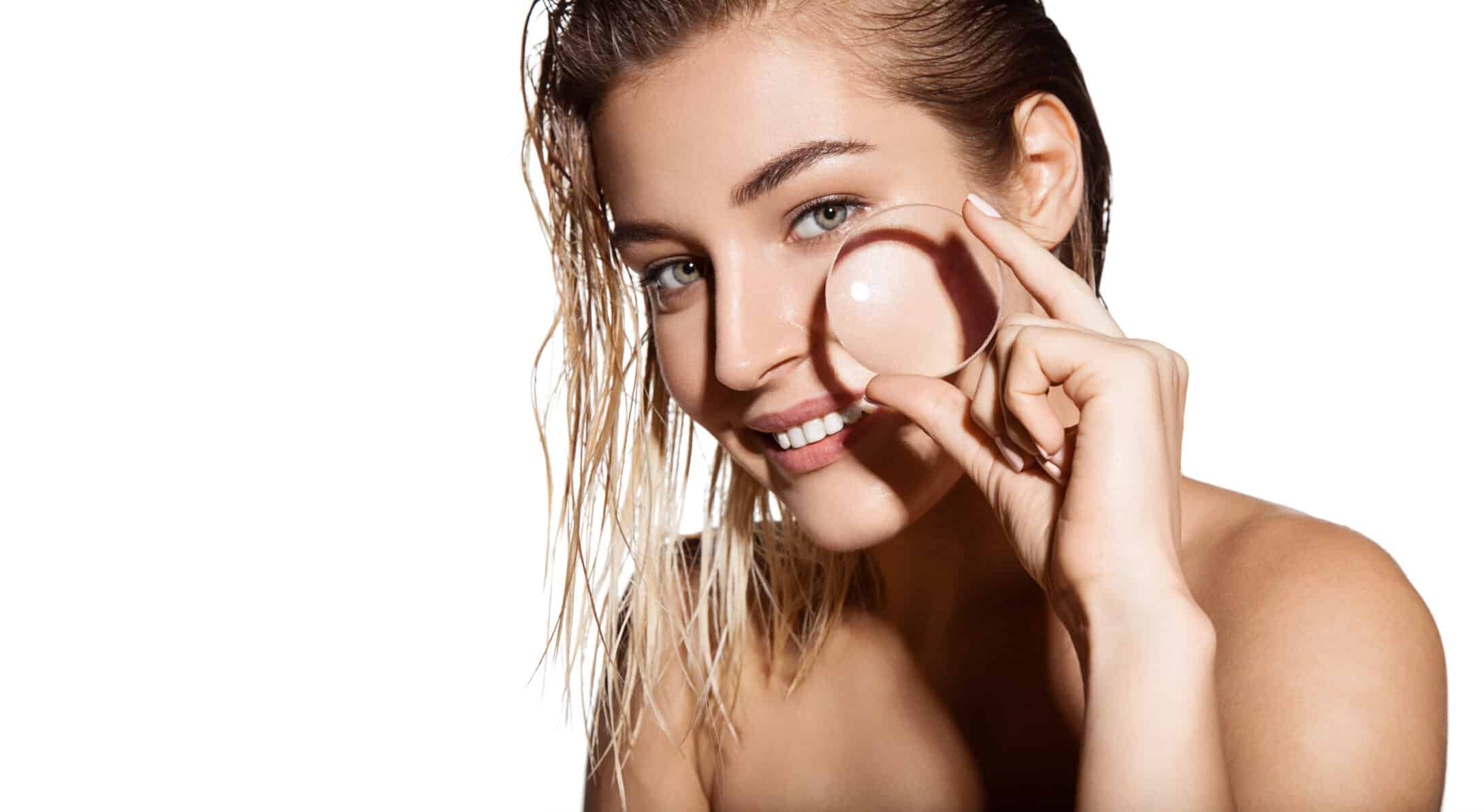
A combination of a thin film of oils, fatty acids, water soluble salts and acids which coat the surface of the skin. The acid mantle protects these protein structures from dryness.
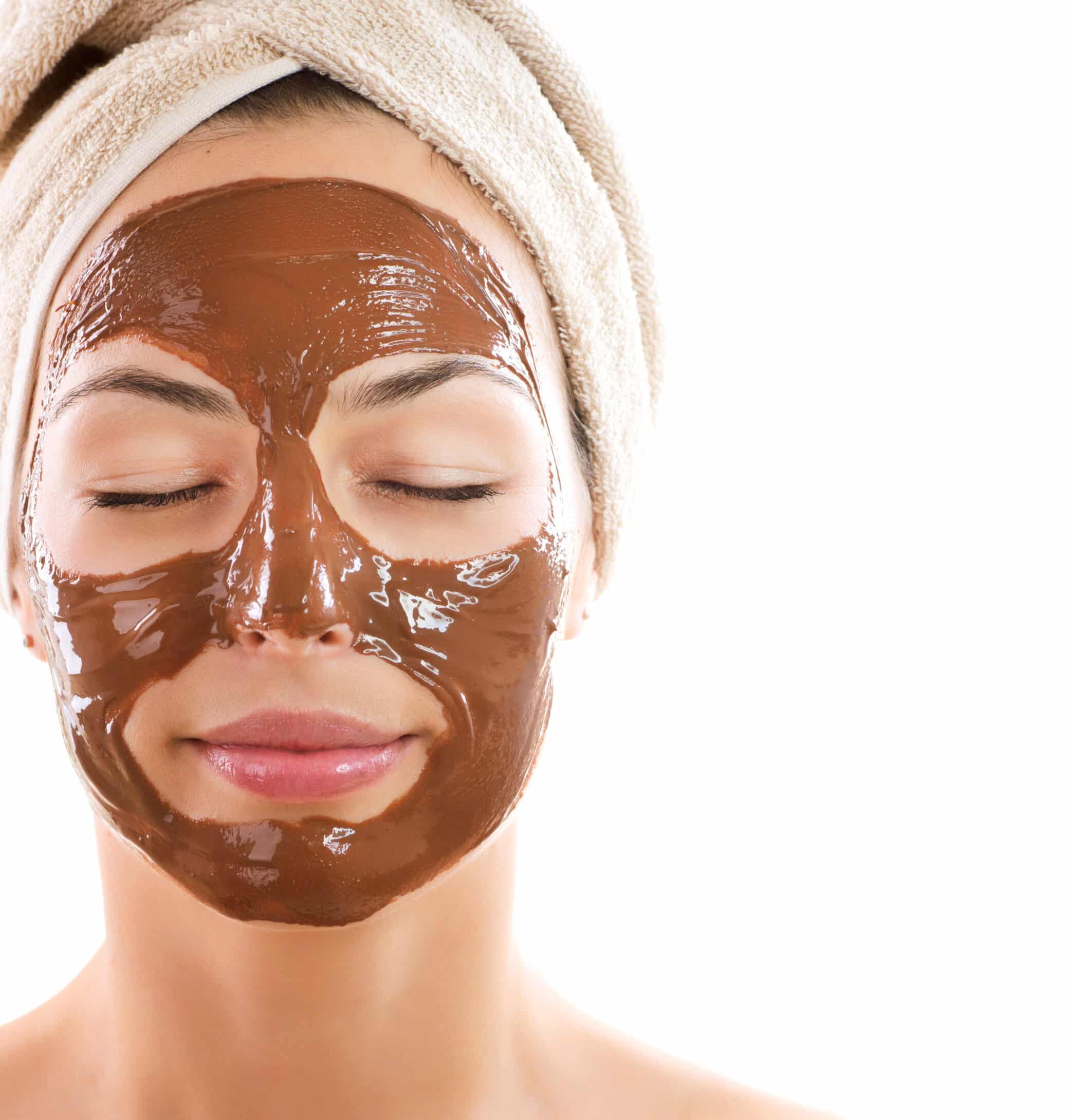
A sodium salt extracted from brown, dried seaweed. Used as a stabilizer in cosmetics. It is slowly soluble in water, forming a very thick liquid.
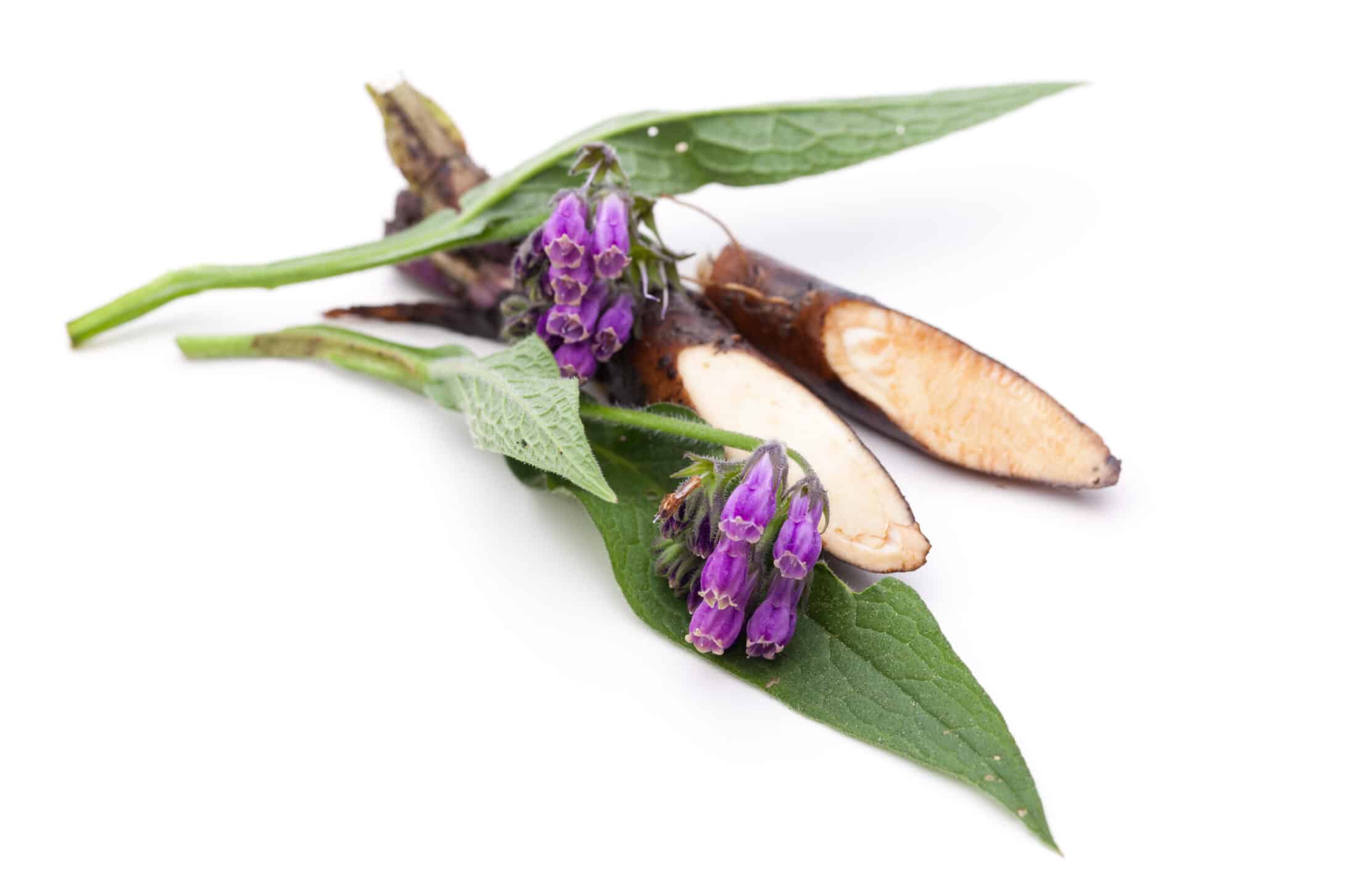
Healing agent derived from the root of the comfrey plant. An anti-irritant with healing and soothing properties; stimulated the growth of healthy skin and tissue repair.
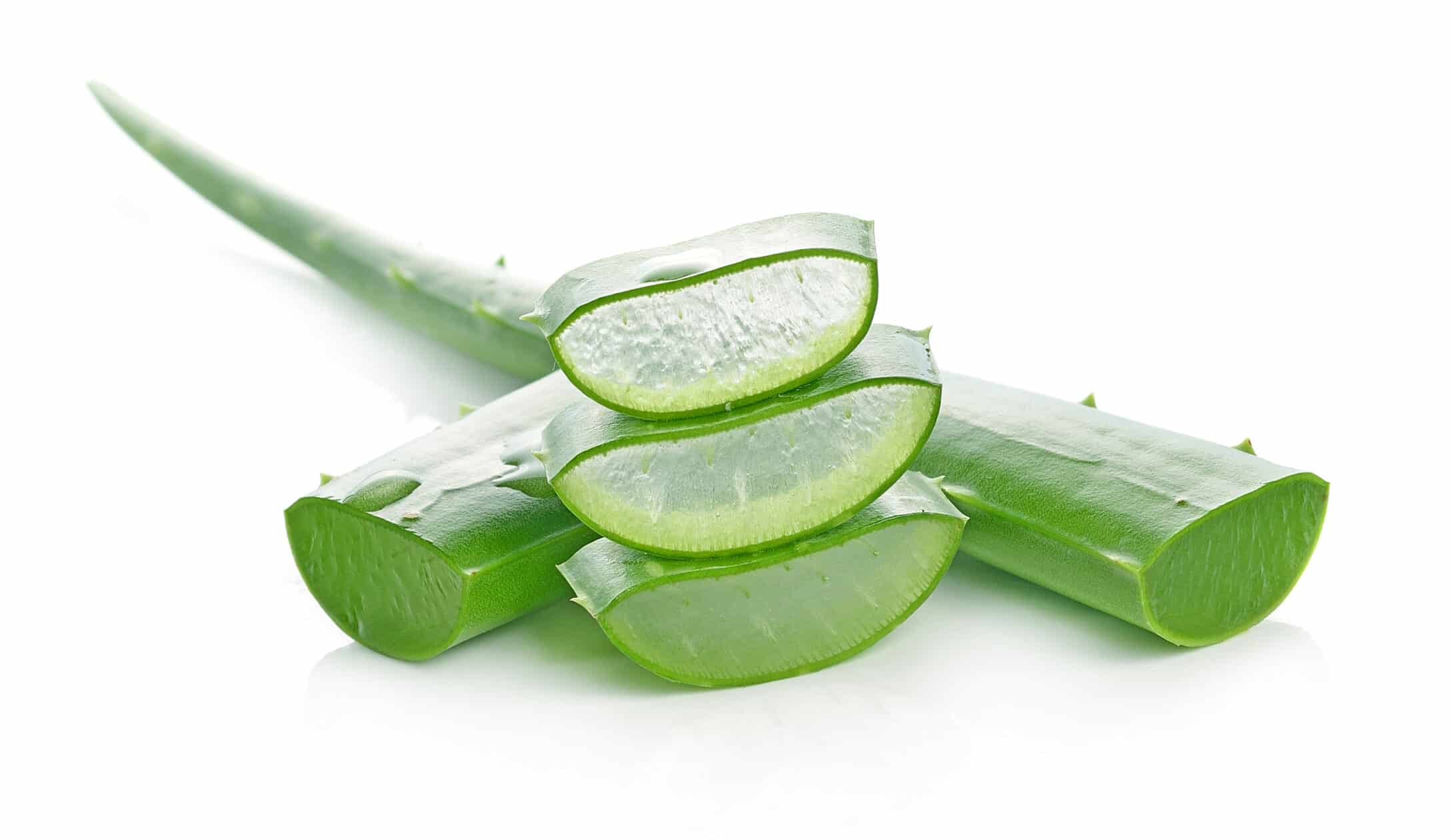
A wild cactus, the juice of which hastens skin healing and reduces inflammation as well as moisturizing and soothing the skin.
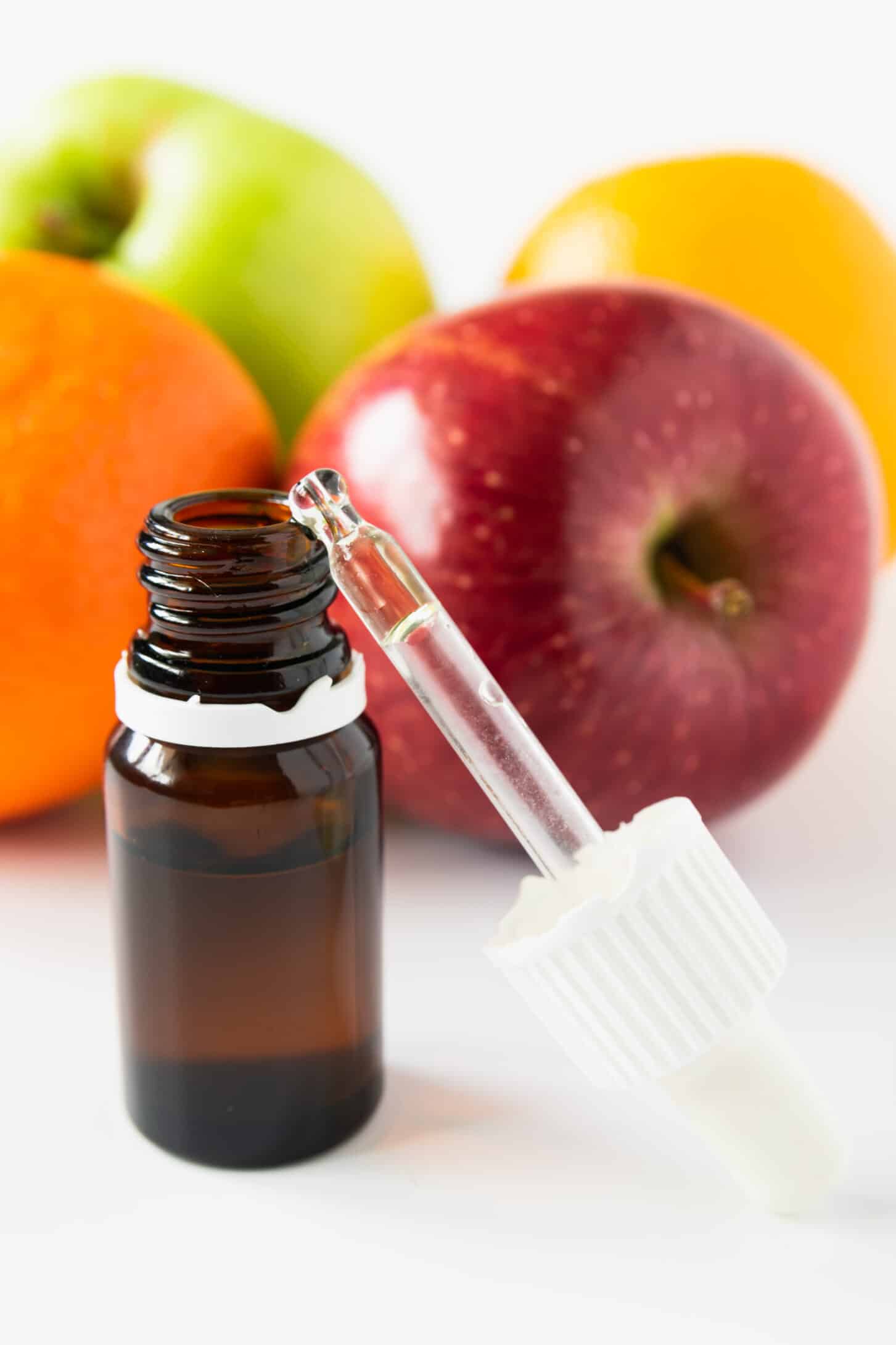
From natural fruit and sugar cane acids; AHA’s penetrate the skin and increase cell turnover by removing dry, dead cells, thereby revealing younger, fresher, looking skin. AHA’s help smooth the skin, eliminate spots and even out skin color.
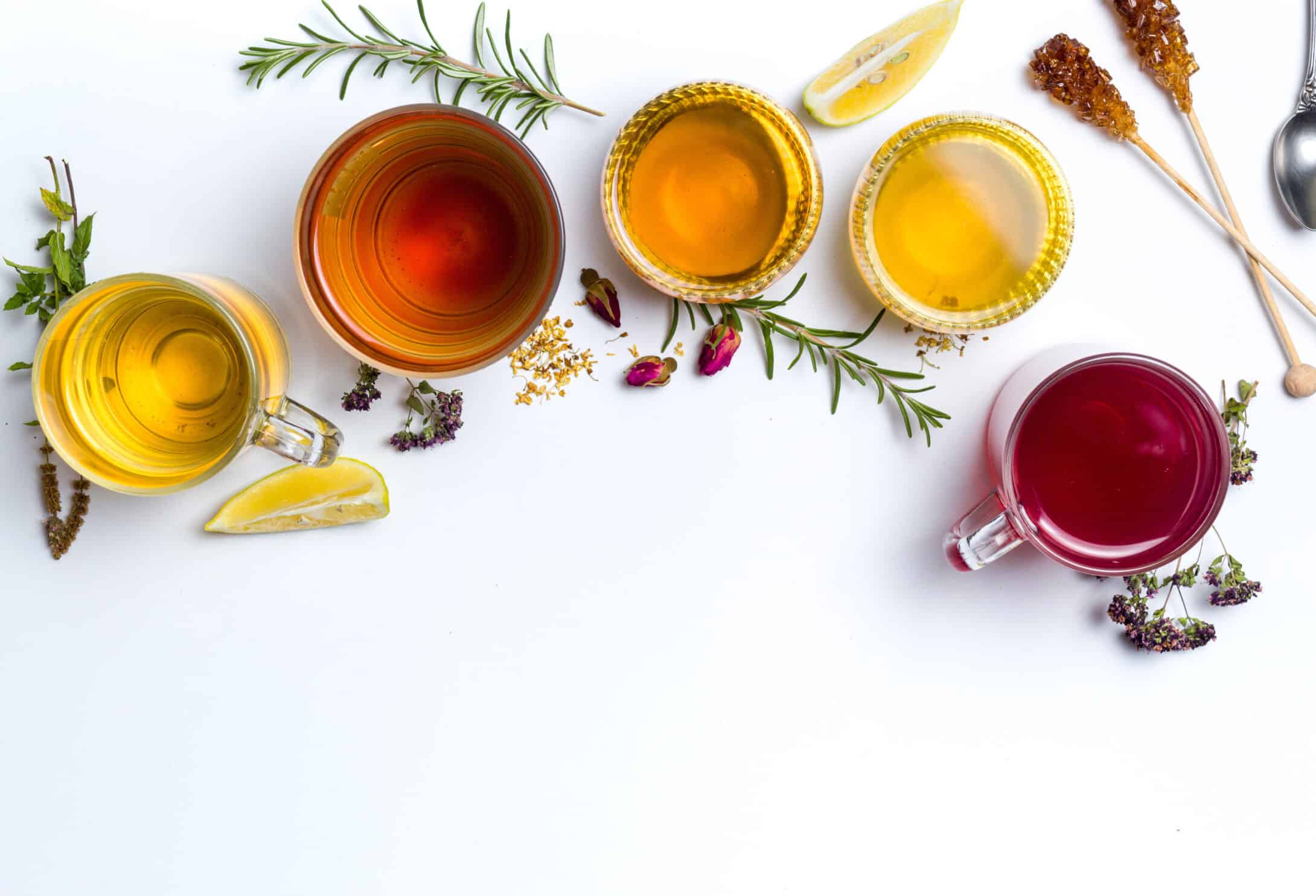
Anti-oxidants are derived from Vitamins A, C, and E and plants such as green tea, pine back, oak and passion flower. They protect and extend the life of skin cells and are the key to warding off wrinkles and other telltale signs of age. They work by neutralizing free radicals, and destructive molecules, that researchers believe to be responsible for the aging process.
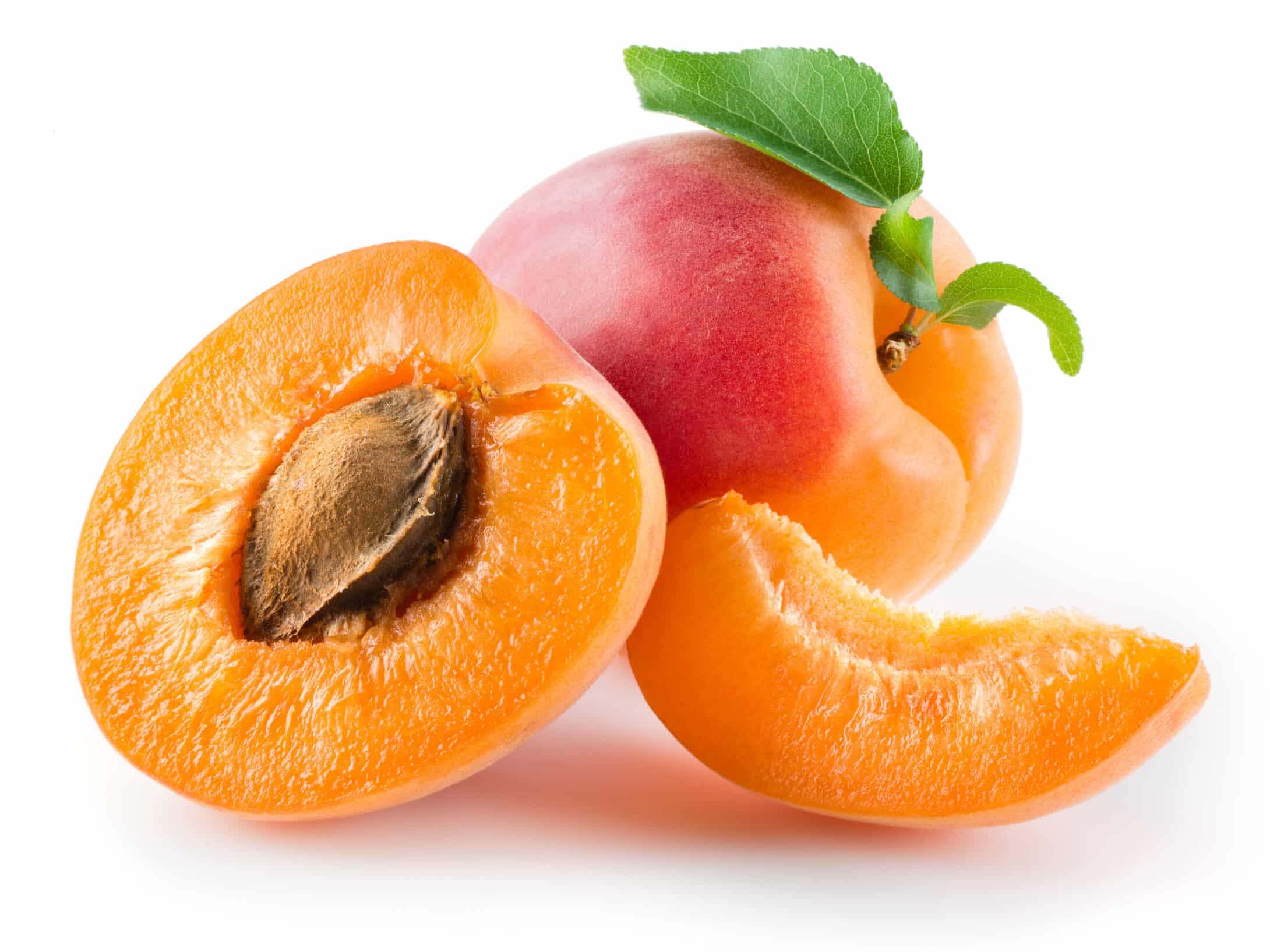
Oil extracted from the apricot kernel. Its emollient and moisturizing properties help to soften and smooth the skin.
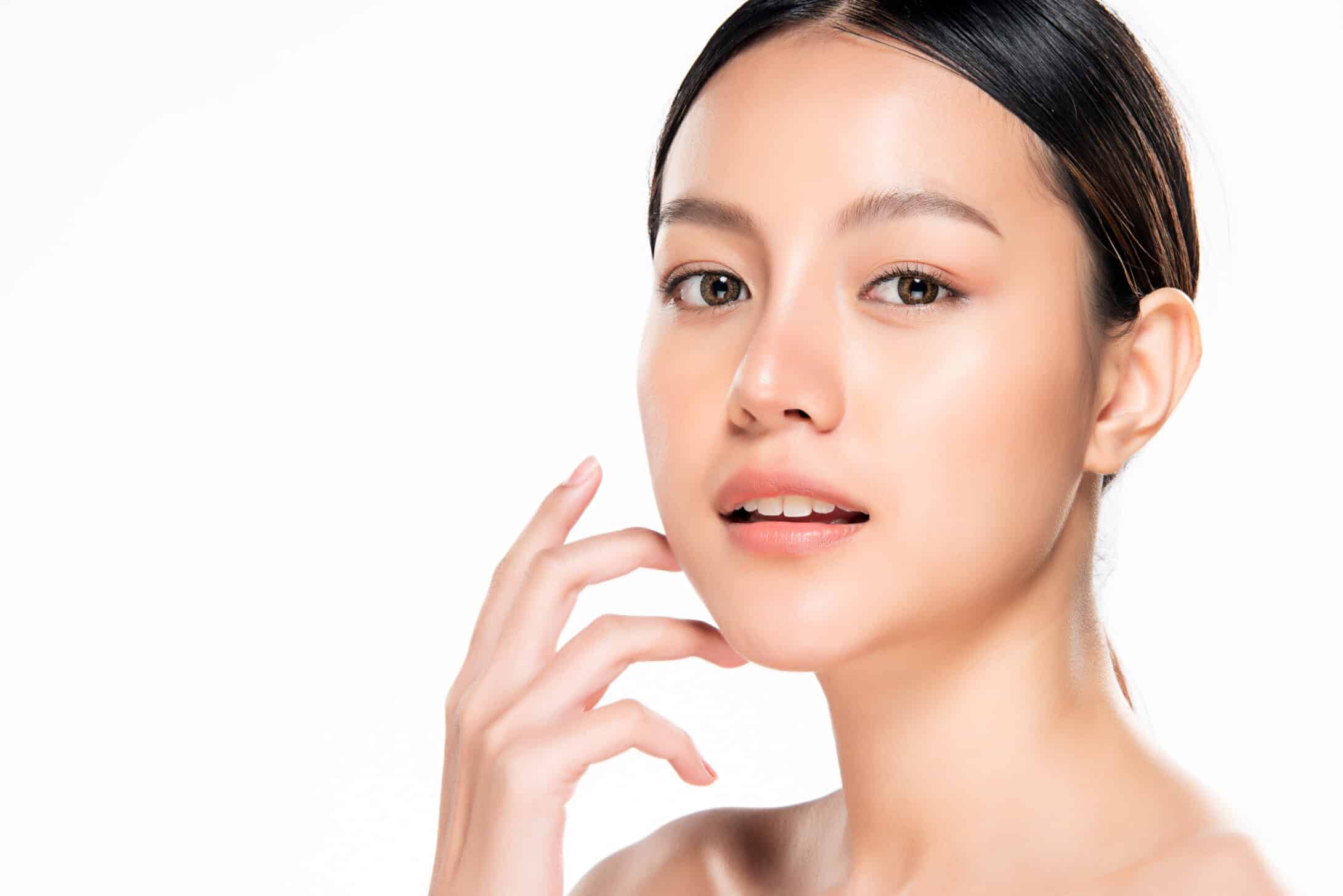
Formulations such as acetyl hexapeptide-3 that can produce a mild botox-like effect, inhibiting the release of neurotransmitters that keep facial muscles from forming wrinkles.
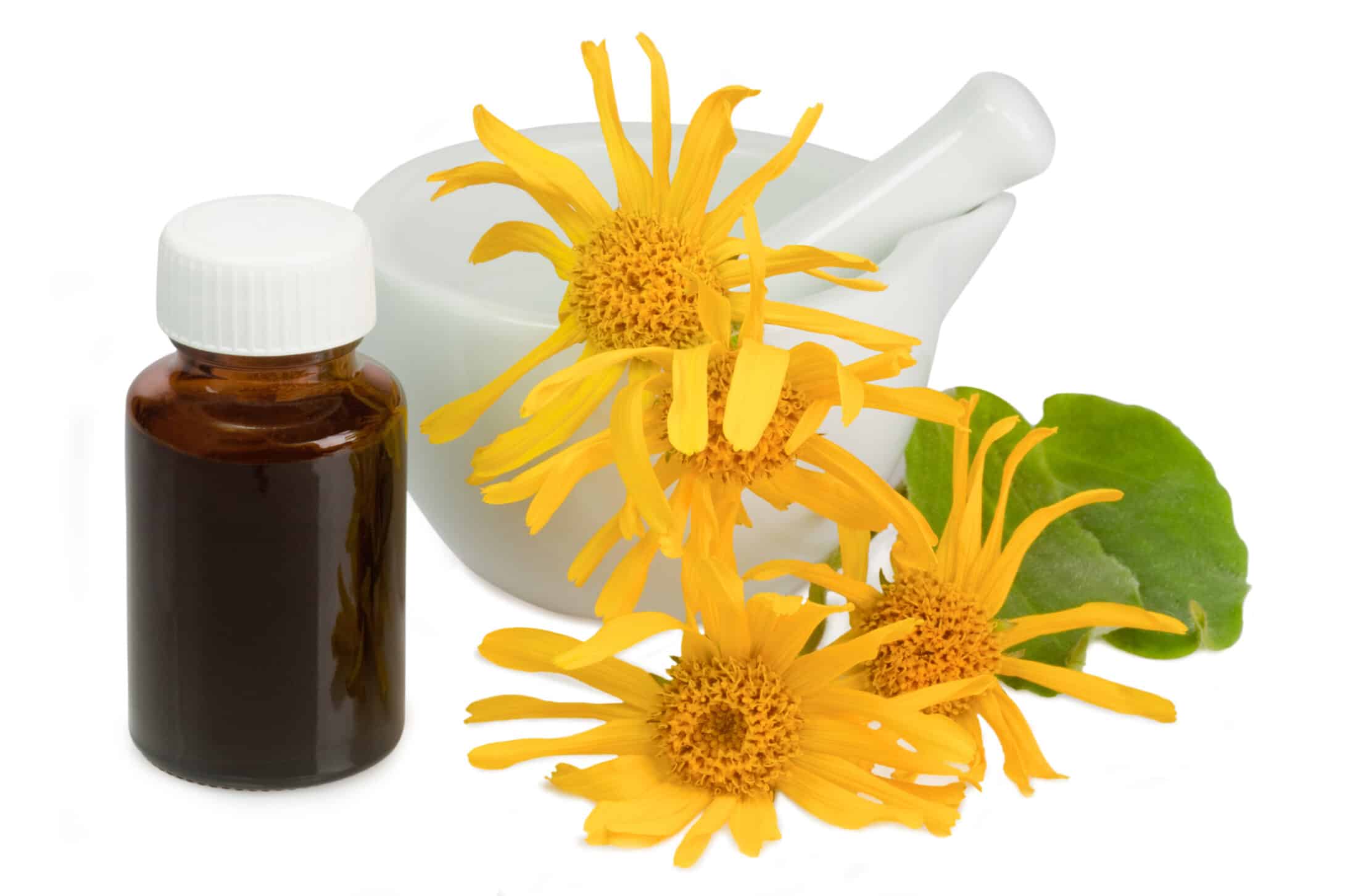
Wolf’s Bane as it is sometimes known, is produced from the tiered flower head of an herb native to the Northern Hemisphere Used as a healing and soothing agent for skin disporders and bruises and to stimulate skin renewal.
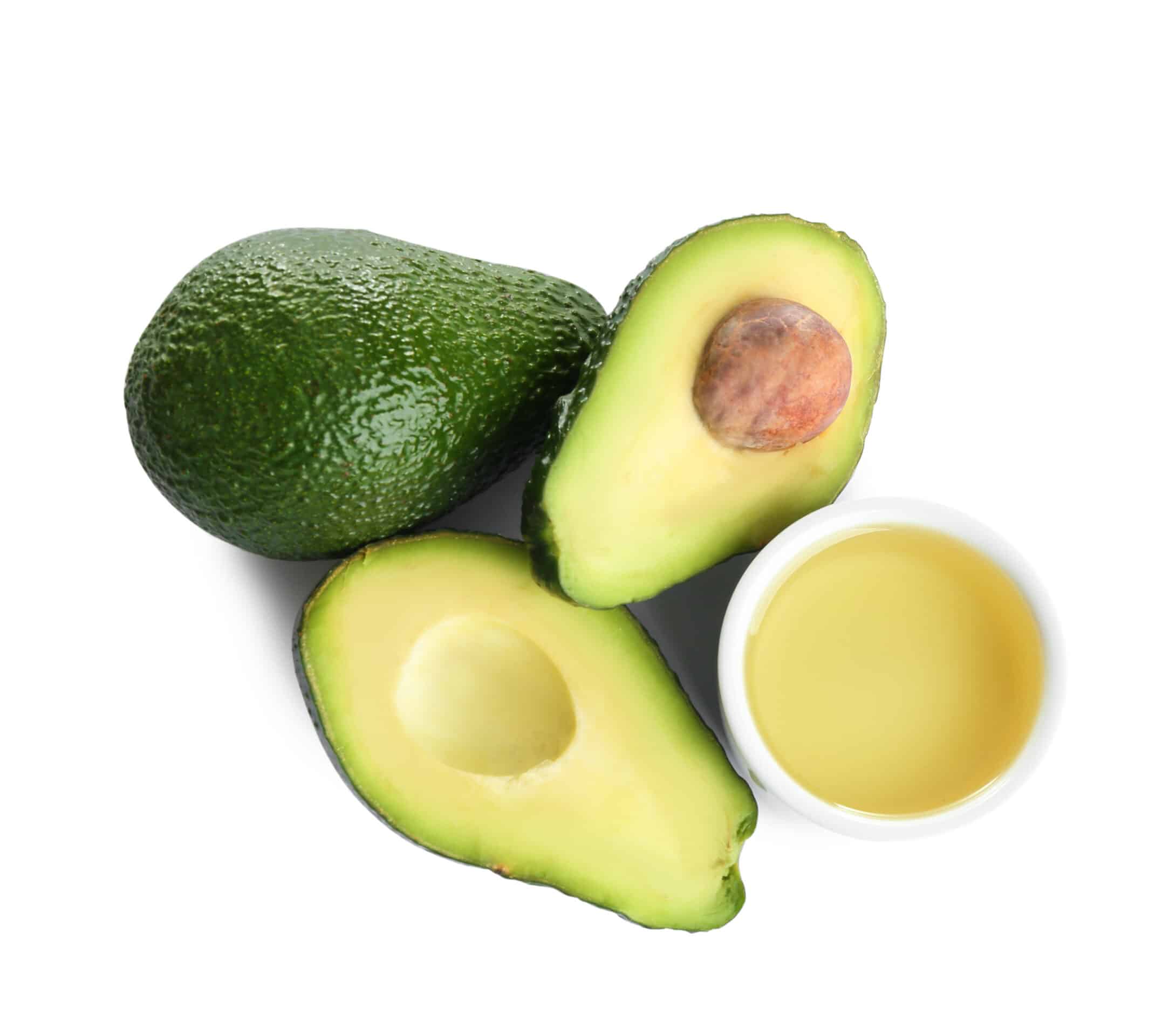
The oil extracted from avocados. It is an emollient with moisturizing properties to help smooth, soften and nourish the skin with vitamins A, D, and E.
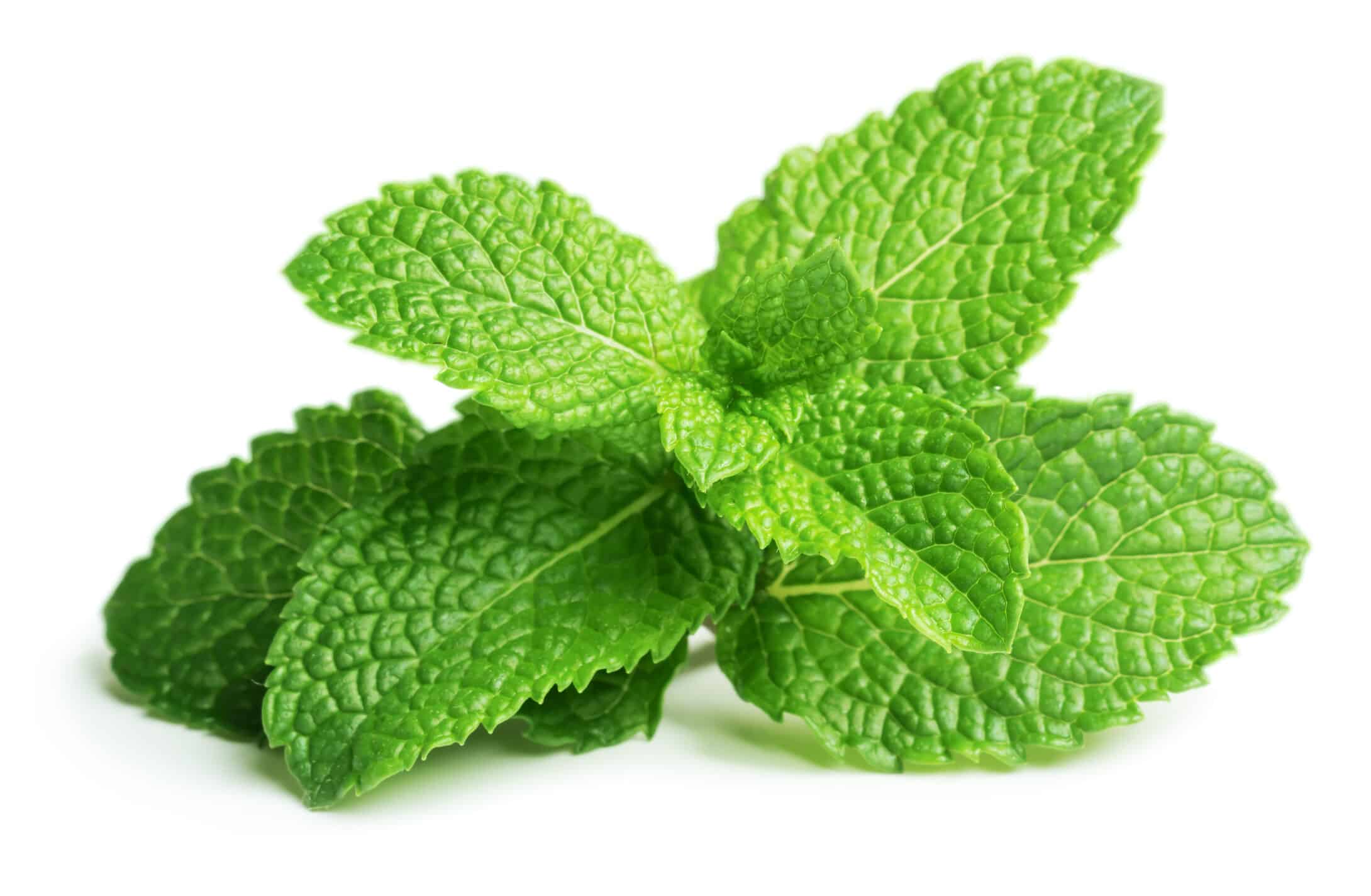
A fragrant resin obtained from the Evergreen trees native to Africa and Asia, known for its healing and soothing properties. Often used in products for sensitive or blemished skin.
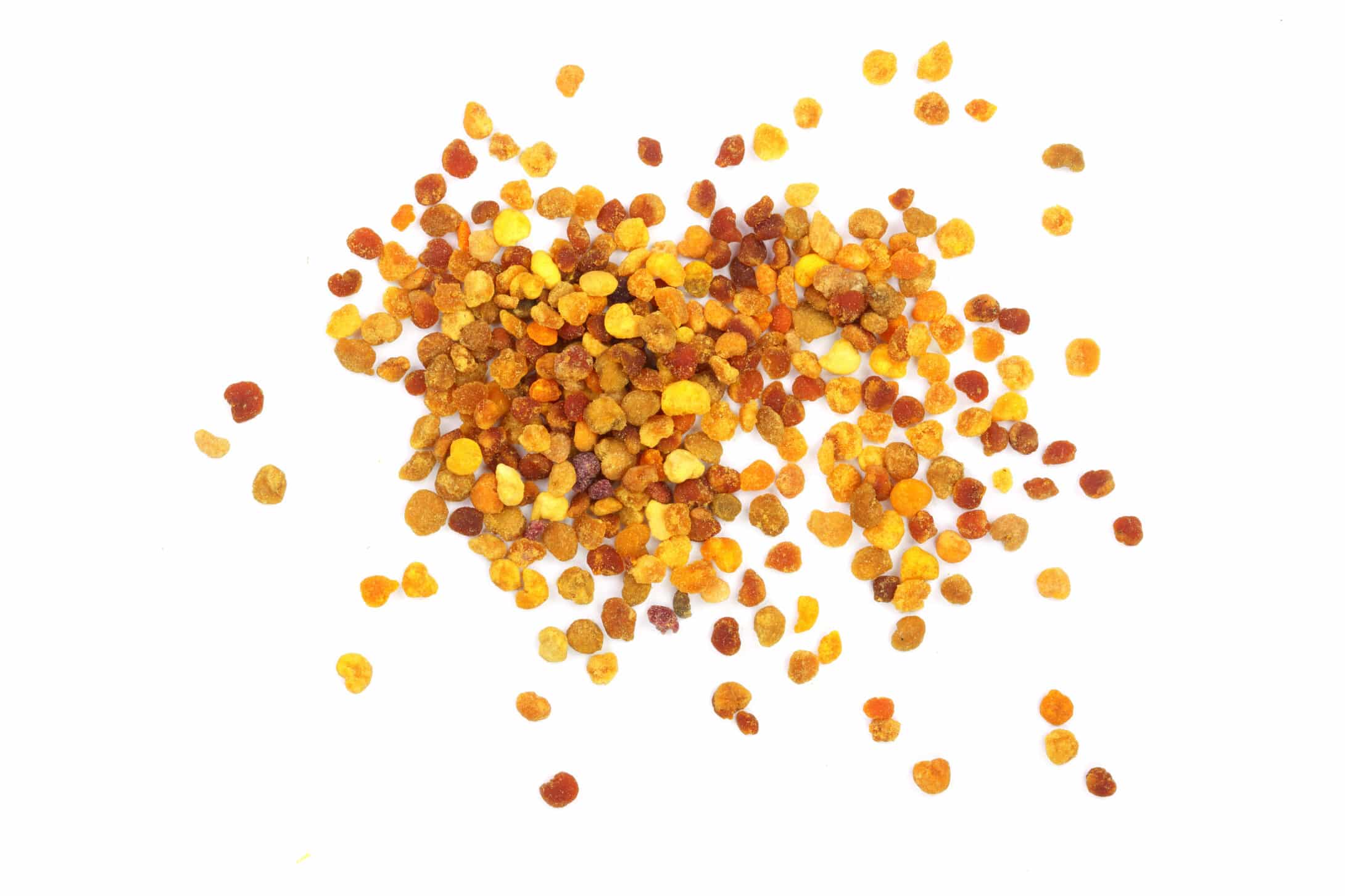
A popular compound among naturalists, it contains 19 amino acids, up to 35% protein, 12 vitamins, calcium, phosphorous, magnesium, iron, copper, manganese, sodium, potassium, chlorine, and sulphur. It nurtures and feeds the skin.
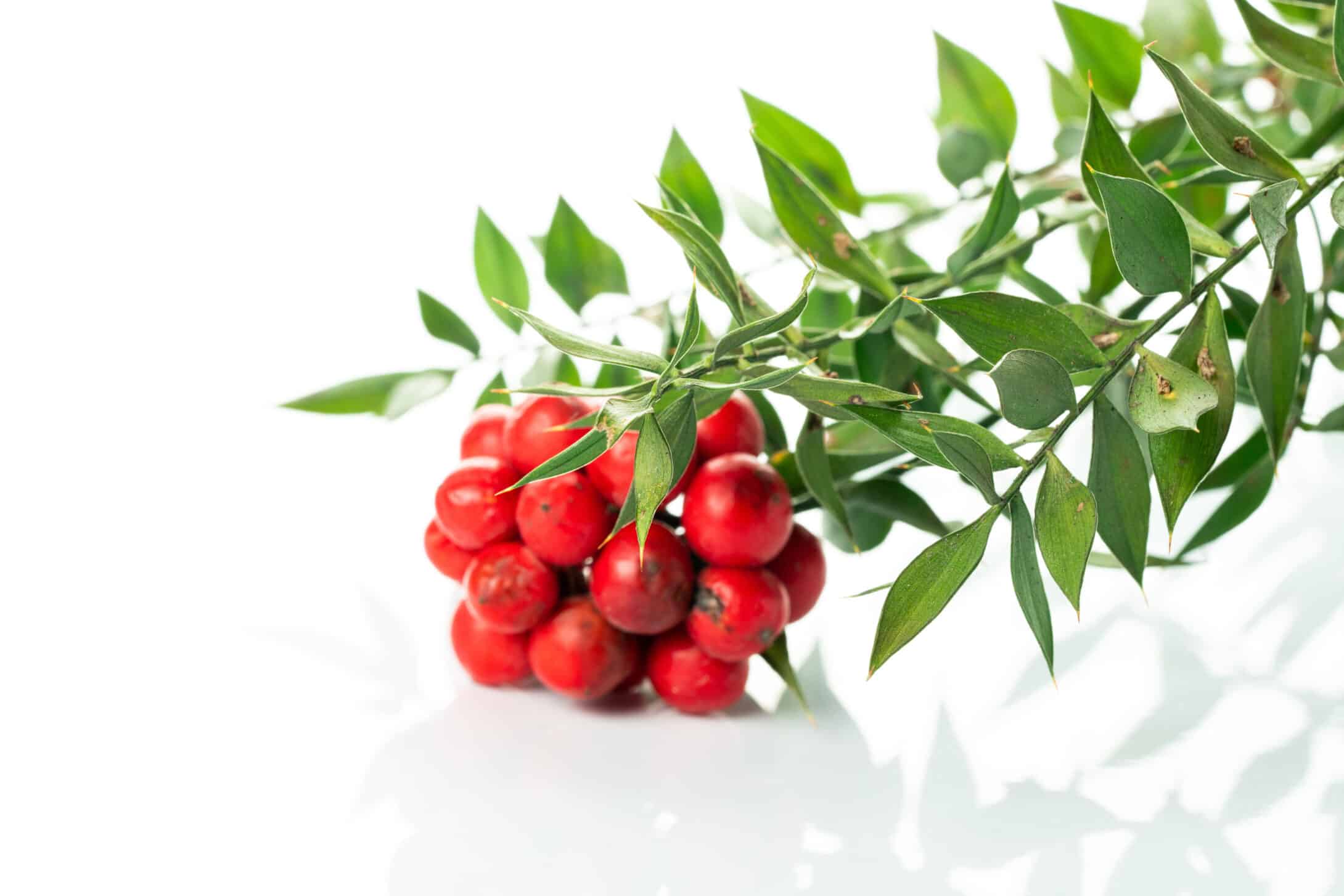
An herb native to Europe, known to improve circulation and have anti-inflammatory properties. Used also for its tightening and toning abilities.
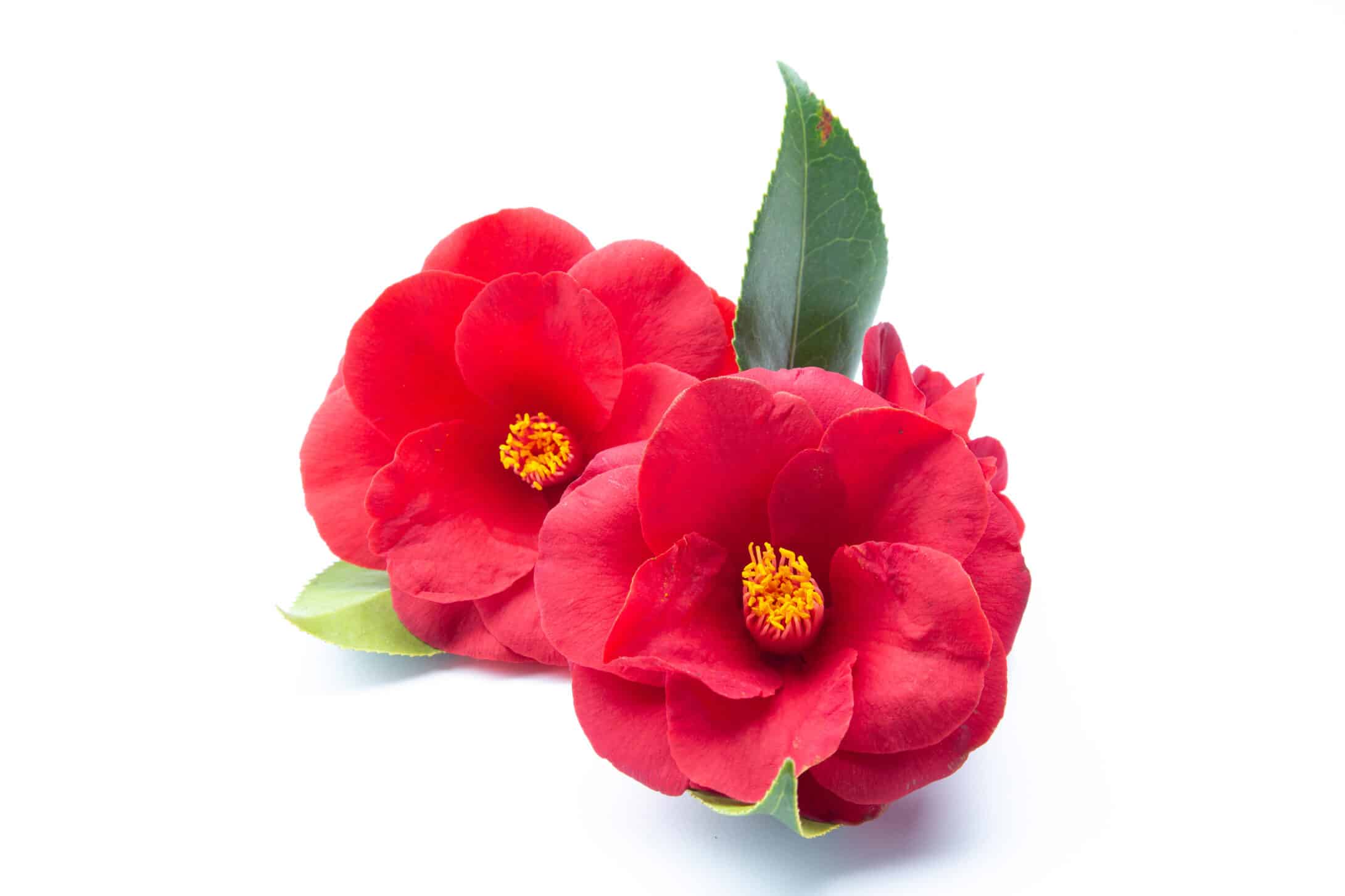
A tropical Asiatic evergreen shrub or small tree with reddish or white flowers used to scent perfumes.
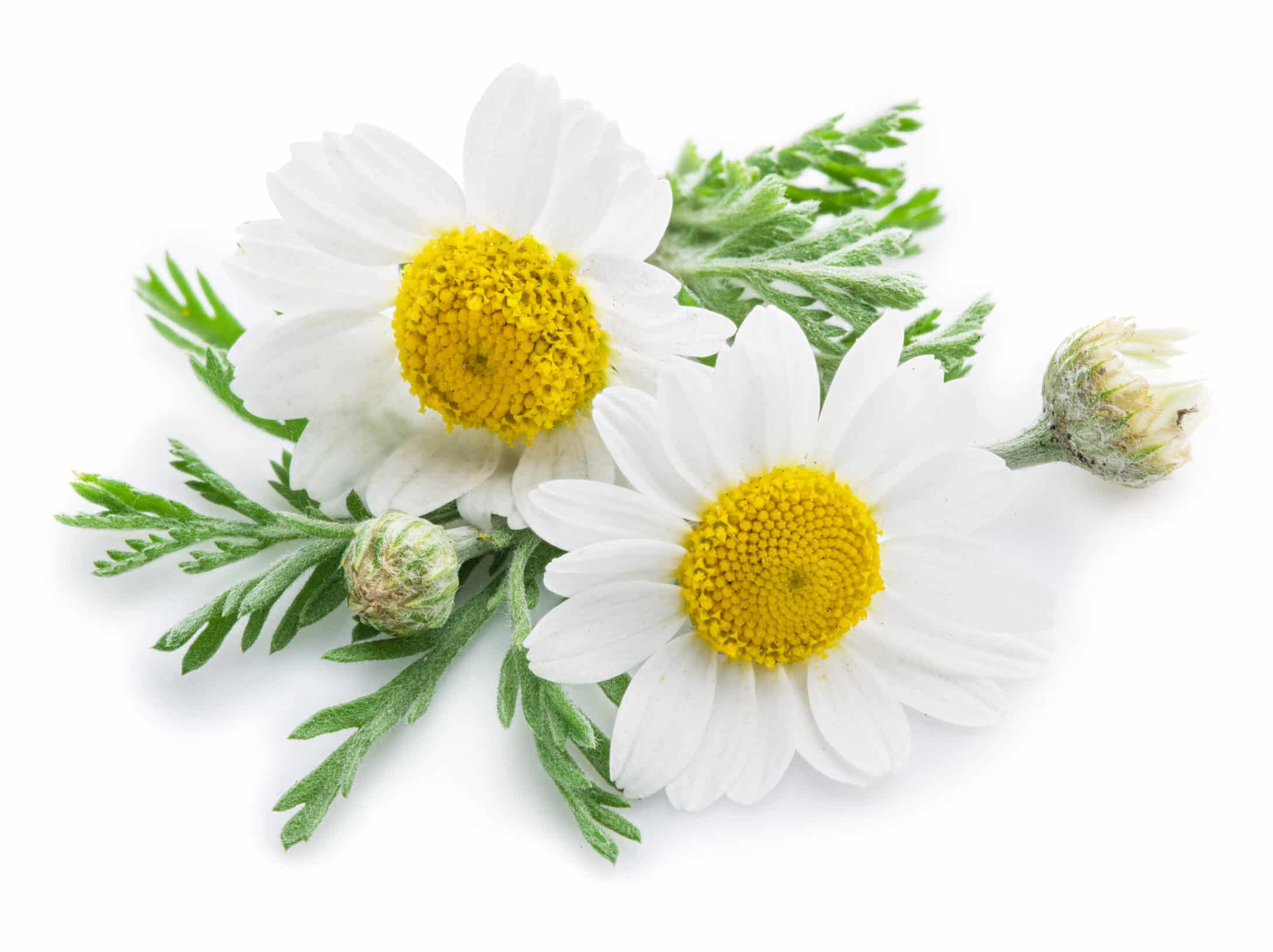
Leaves from this herb produce a substance that soothers and heals the skin, reduces inflammation and improves tie regeneration.
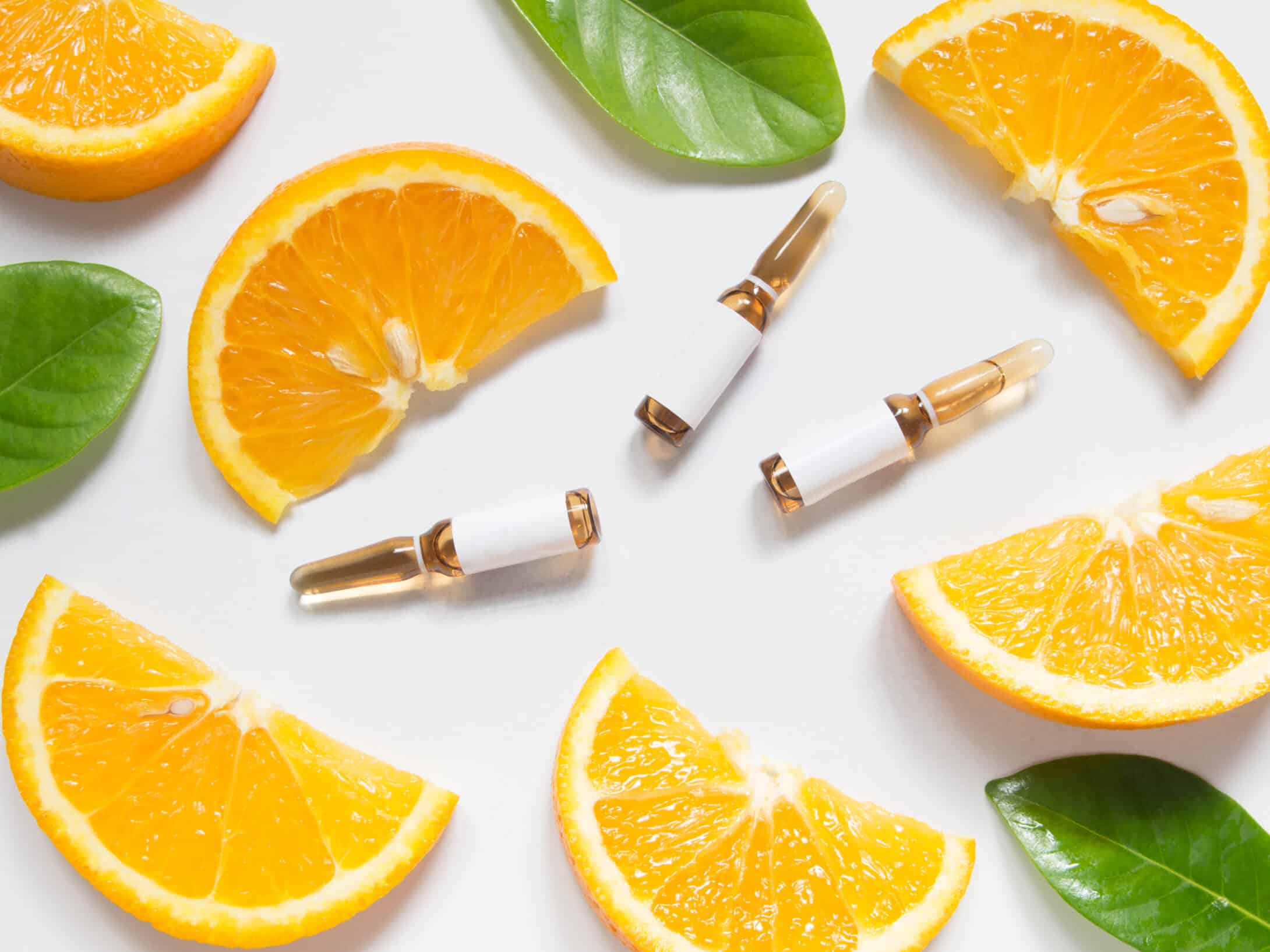
Has curative and disinfectant qualities and helps to prevent infection.
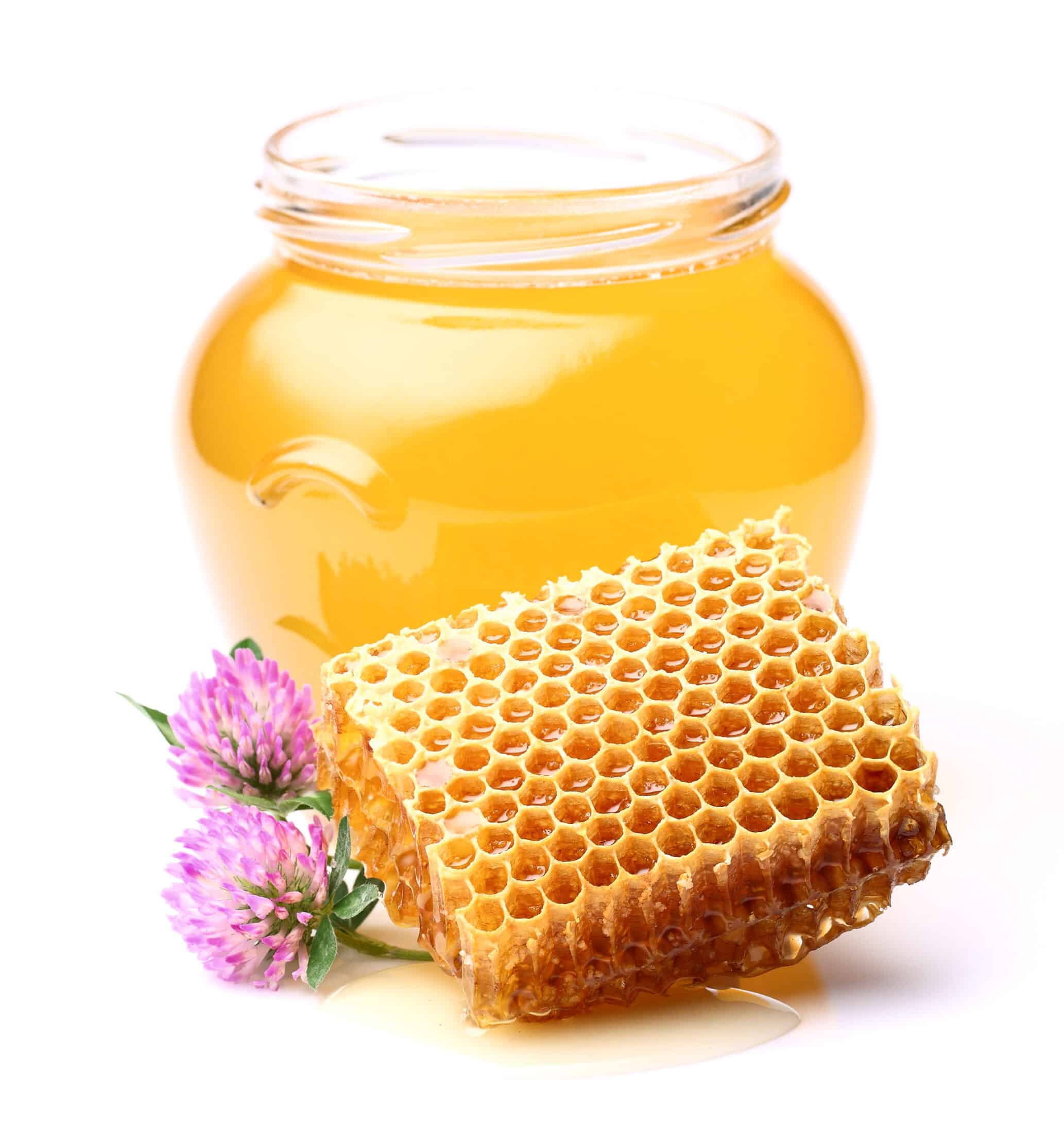
An herb used as an emollient in cosmetics.
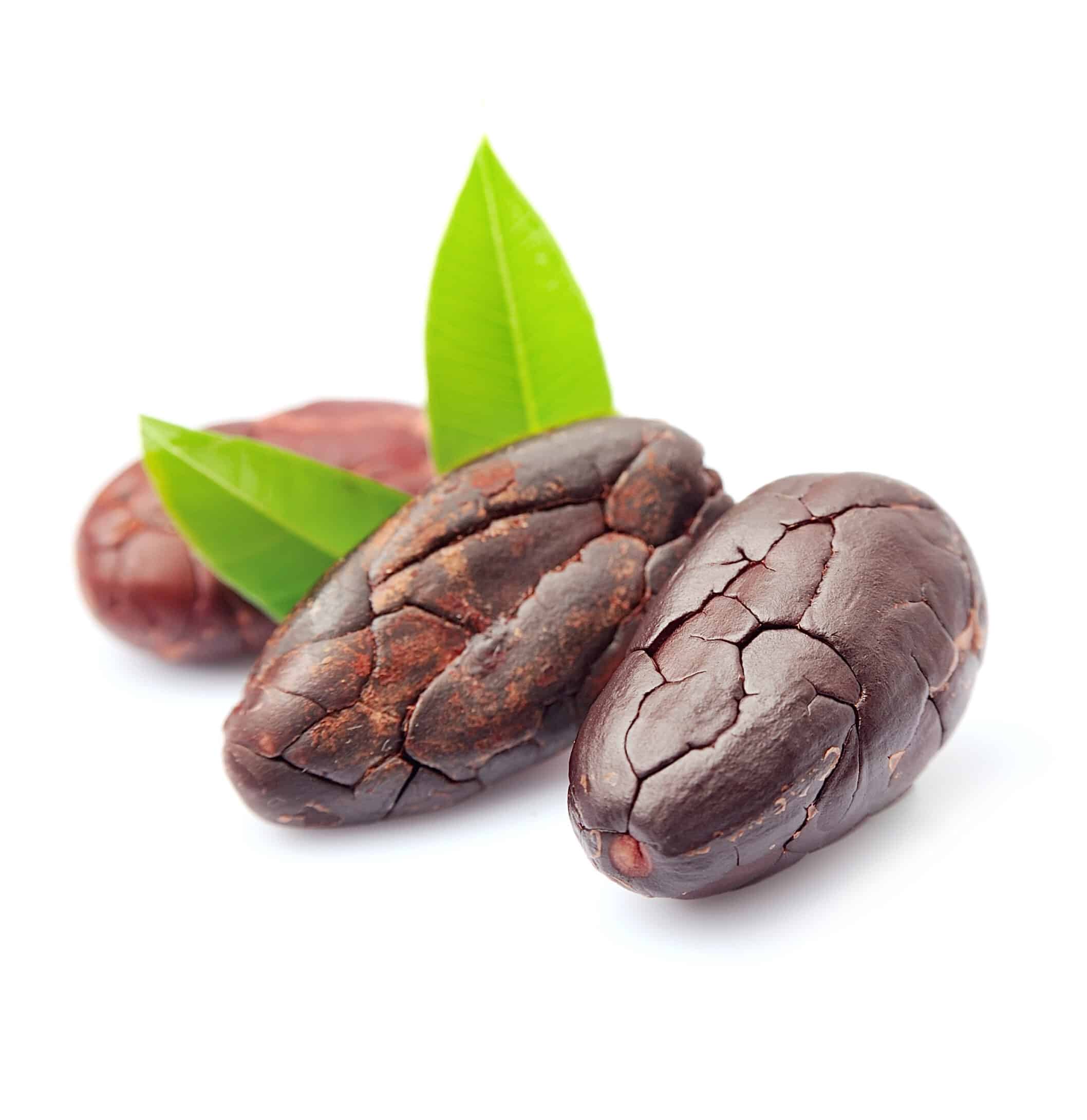
A pale-yellow, pure vegetable fat extracted from the cacao bean, one of the most stable fats known, containing natural antioxidants. It is an emollient that melts at body temperature so is readily absorbed into the skin and it creates a barrier between skin and the environment which helps retain moisture. it is often recommended for treatment of eczema and dermatitis.
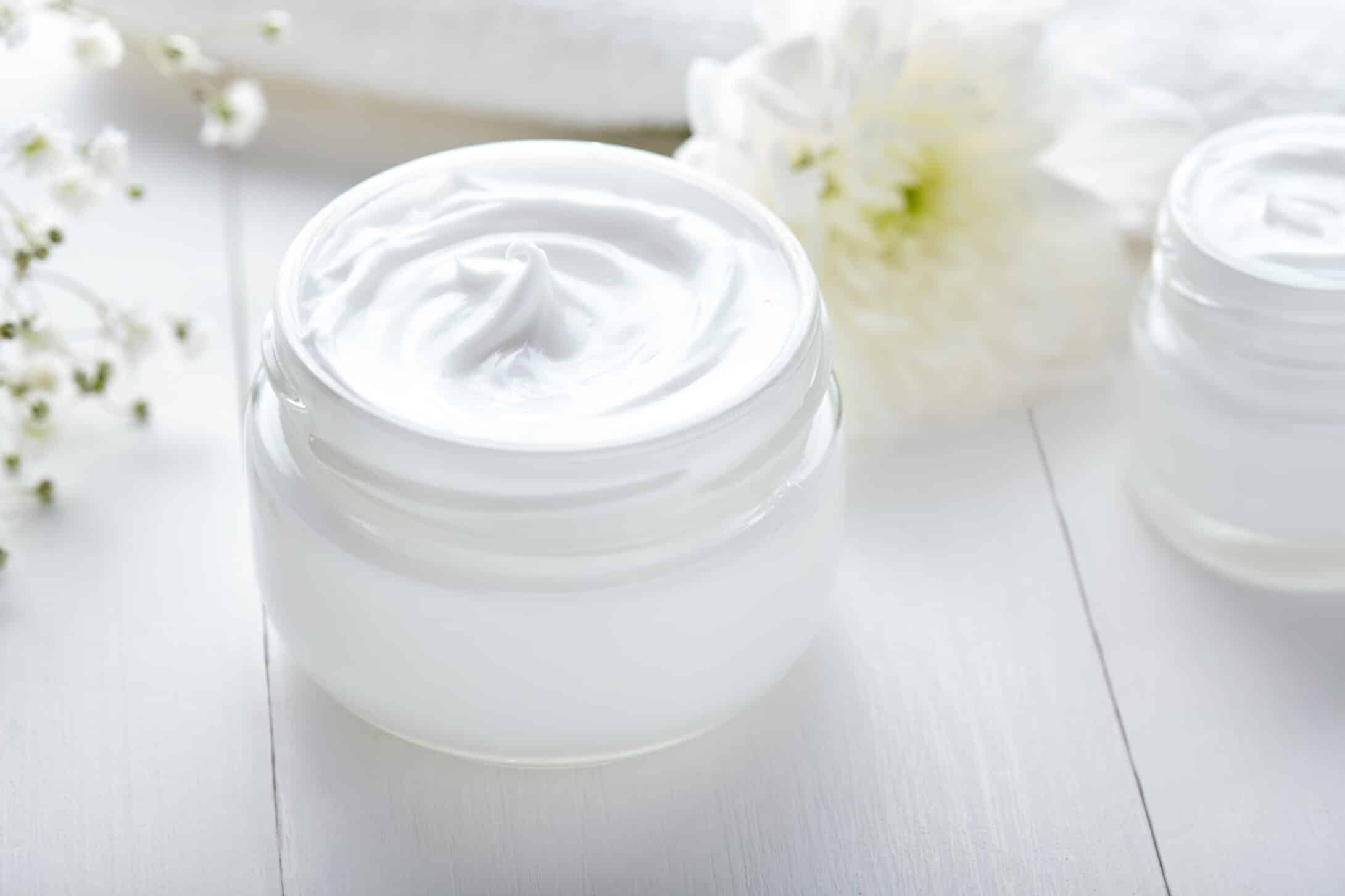
Used to describe an ingredient that closes the pores of some people when applied to the skin.
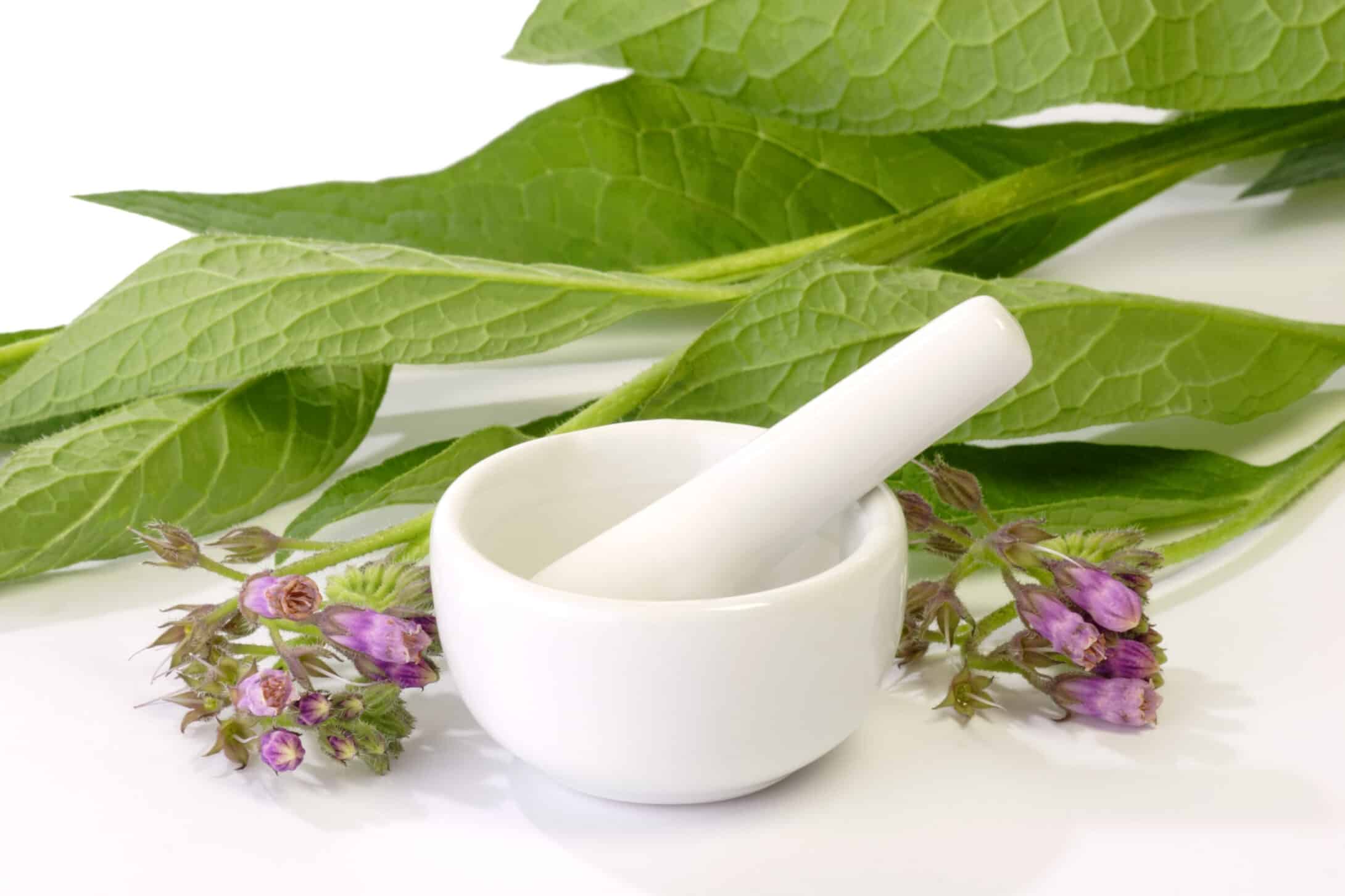
An herb plant containing Allantonin. It moisturizes by increasing the water content of skin cells and stimulates the shedding of upper layers of dead skin cells. It increase the smoothness of the skin by promotion of cell proliferation and wound healing.
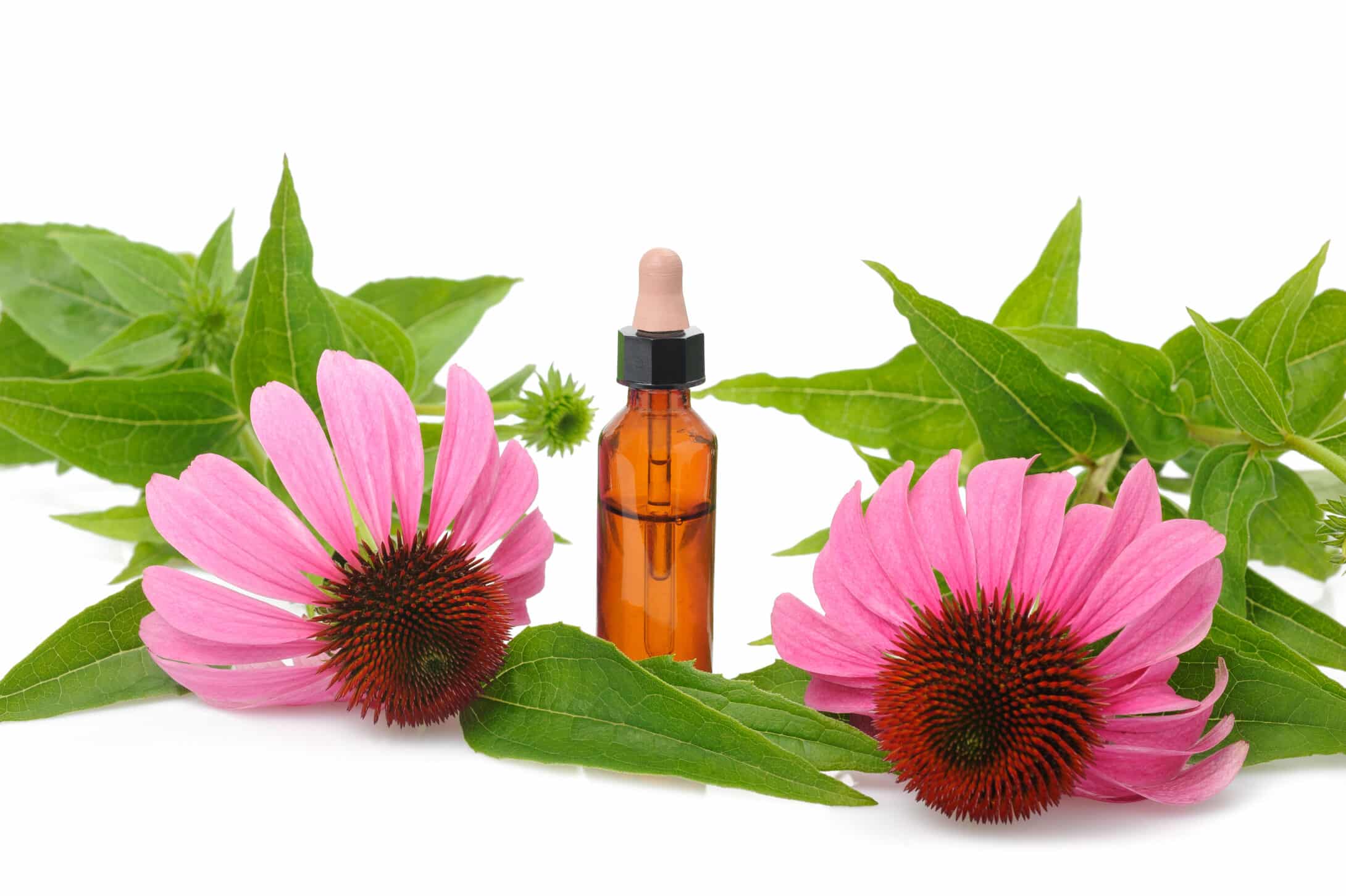
A flower native to North America known as an anti-inflammatory, antiseptic and healing agent for oily or blemished skin.
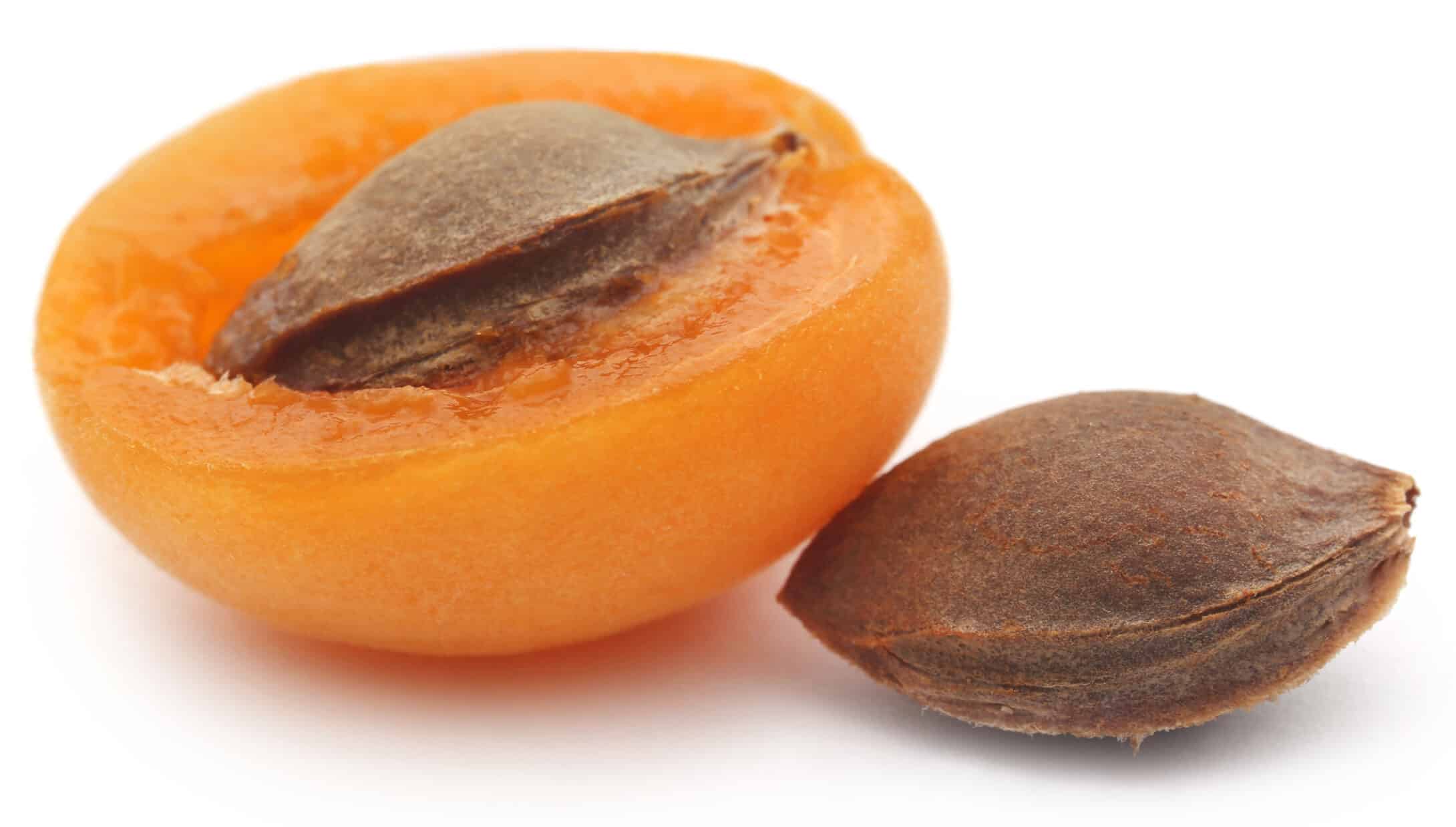
A tart orange-colored fruit. The oil extracted is used as a facial mask to soften the skin. The shells are ground to small particles are used in facial scrub products.
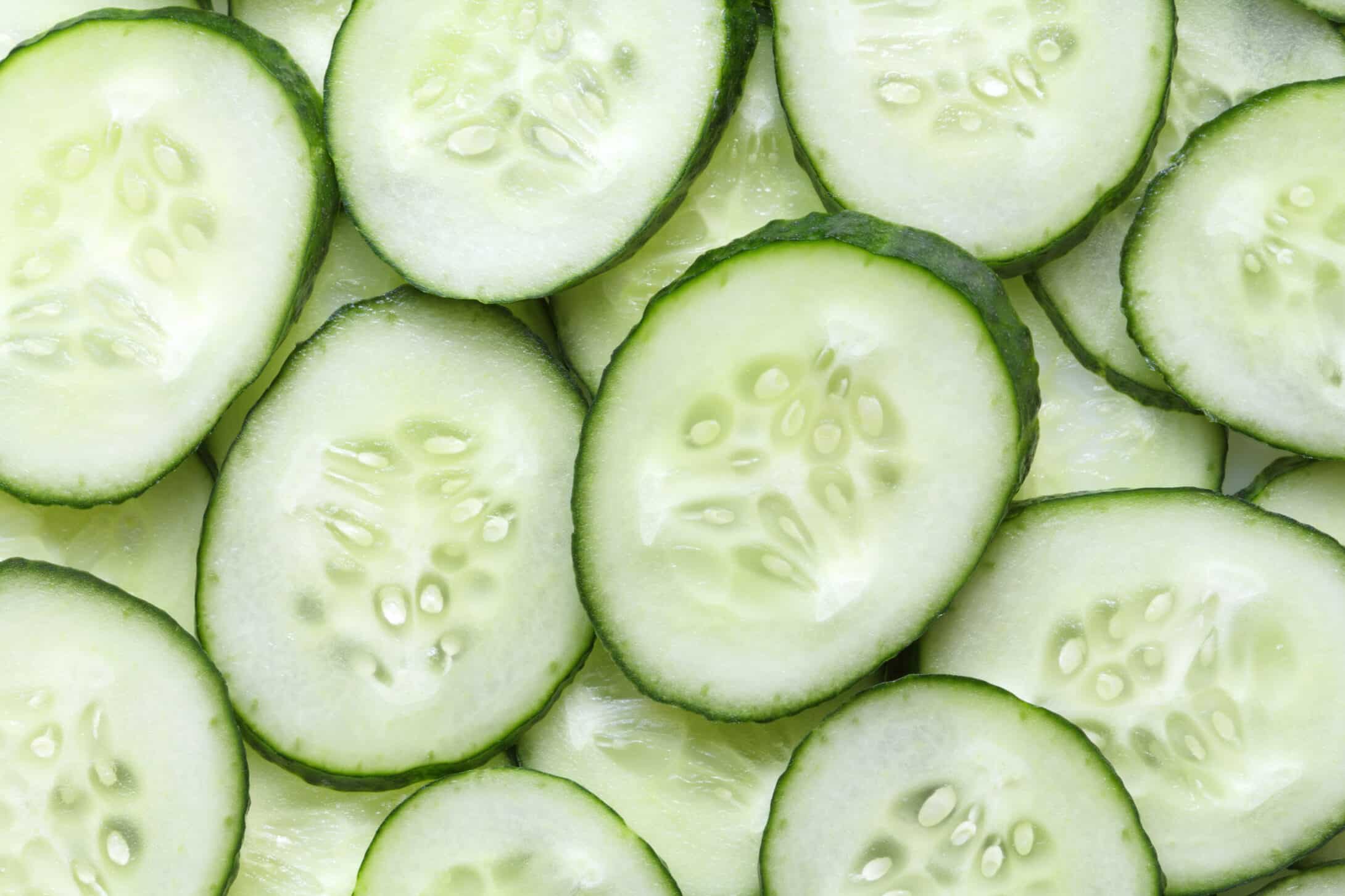
Juice extract from the cucumber, it is used to help reduce puffiness in the skin. Excellent for toning and firming the skin.
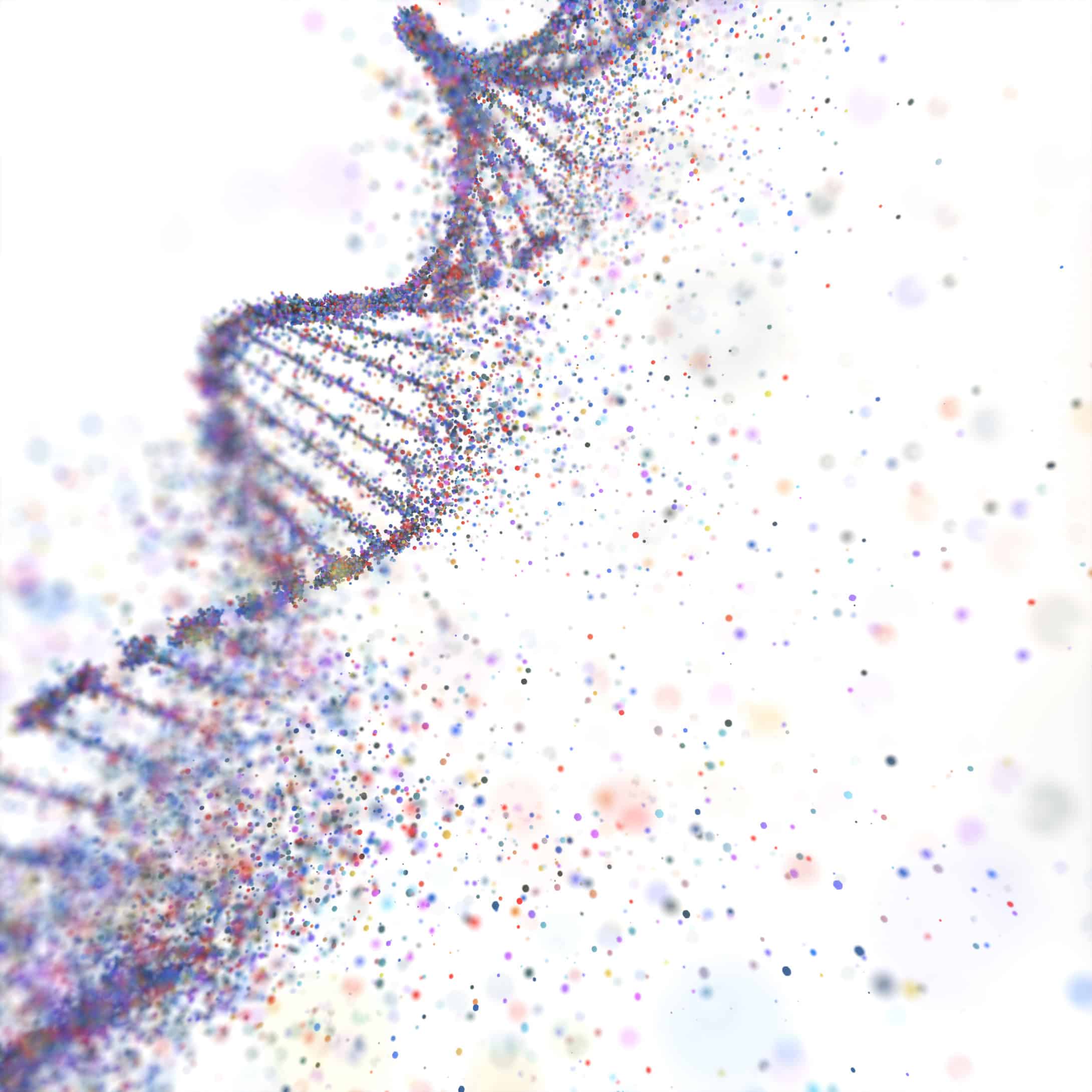
A chain of molecules that contains the genetic code (blueprint) of cells.
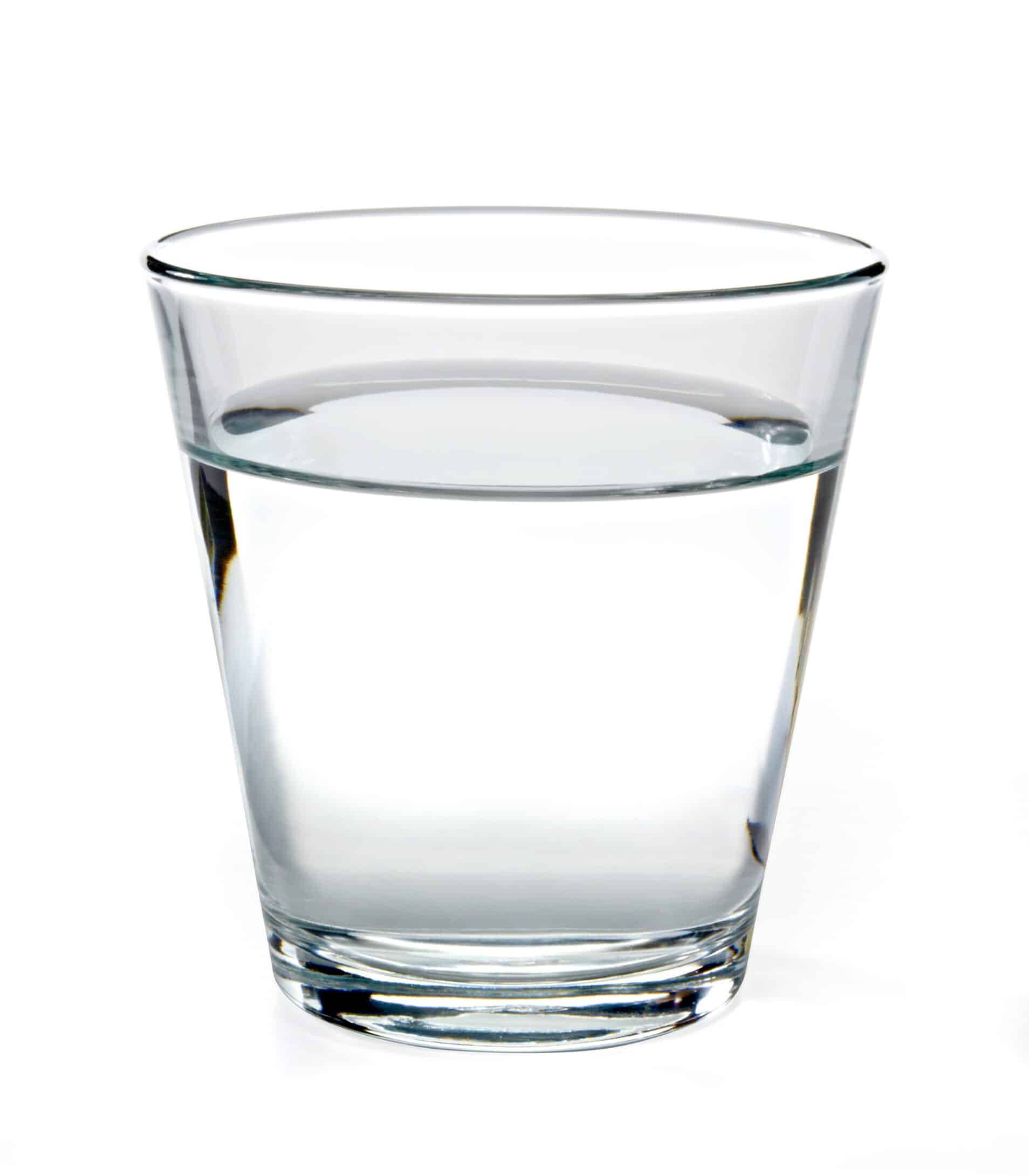
Purified water, having had all minerals and organic contaminants, including microbes, removed.
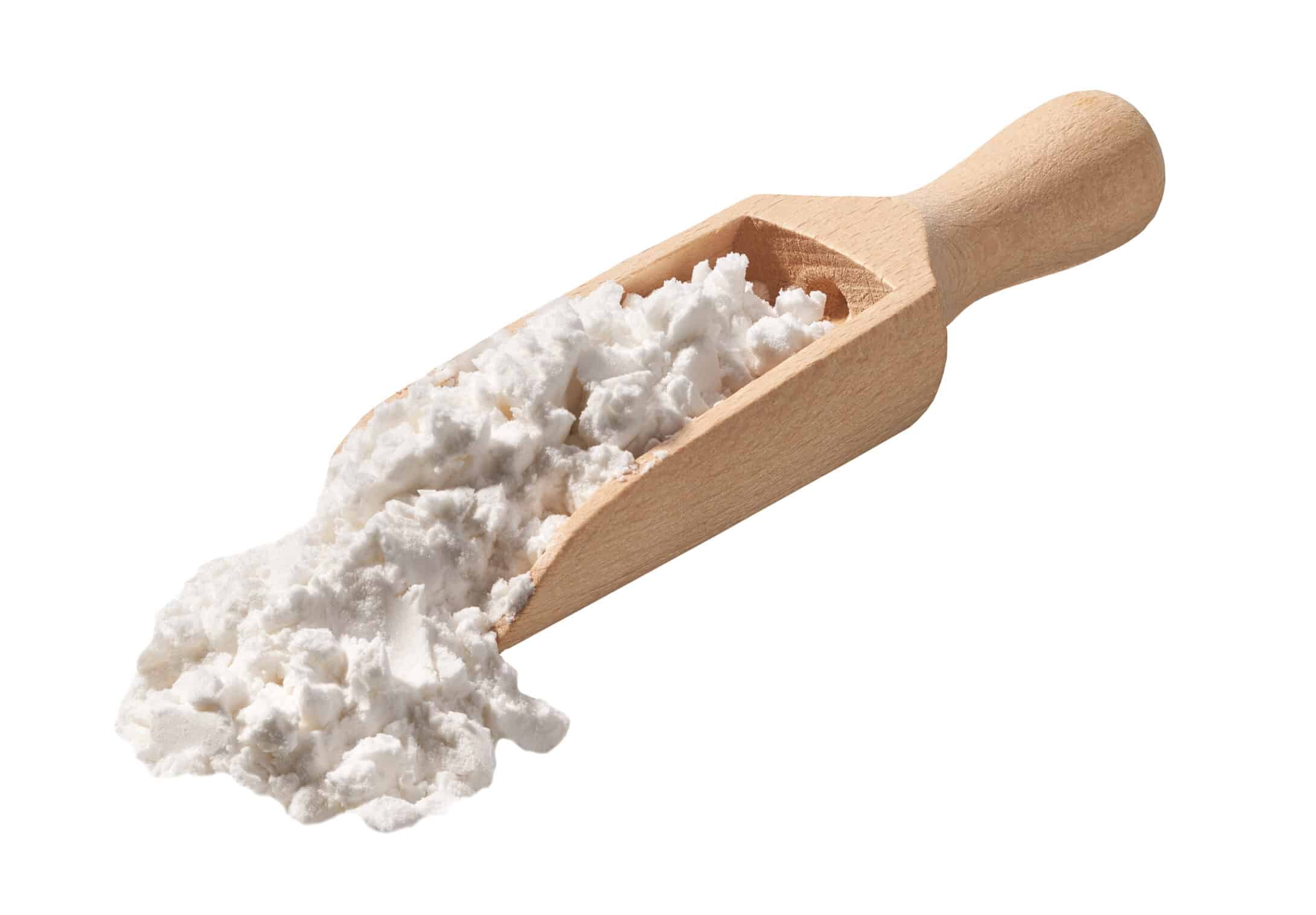
Its main property is that it blocks the enzyme that destroys Elastin, a component of the skin responsible for its elasticity and tone. DHP increases the elasticity and softness of the skin, and demonstrates anti-inflammatory effect and moisturizing ability.
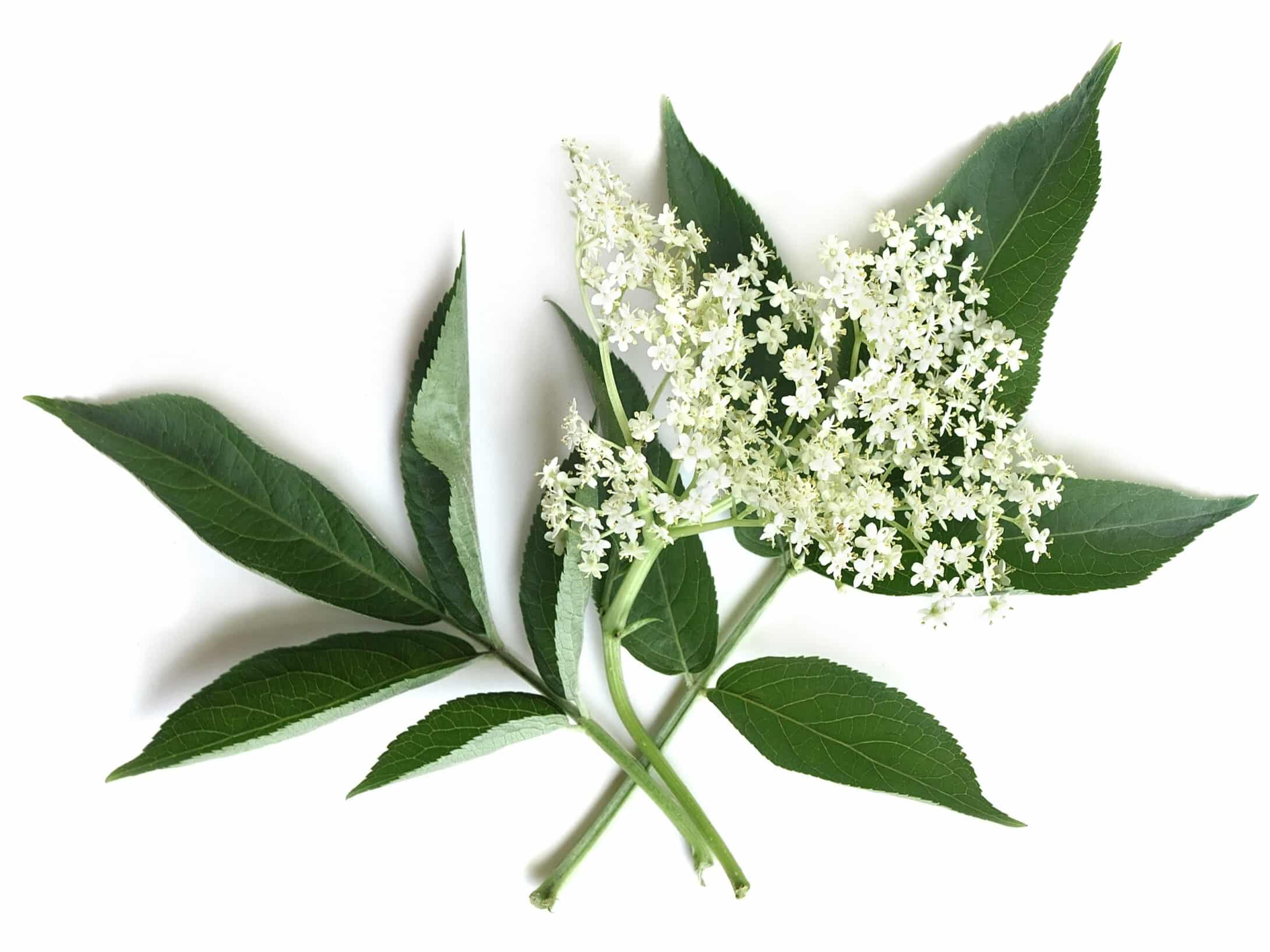
Honey-scented flowers of the elder tree which help keep the skin soft and supple.
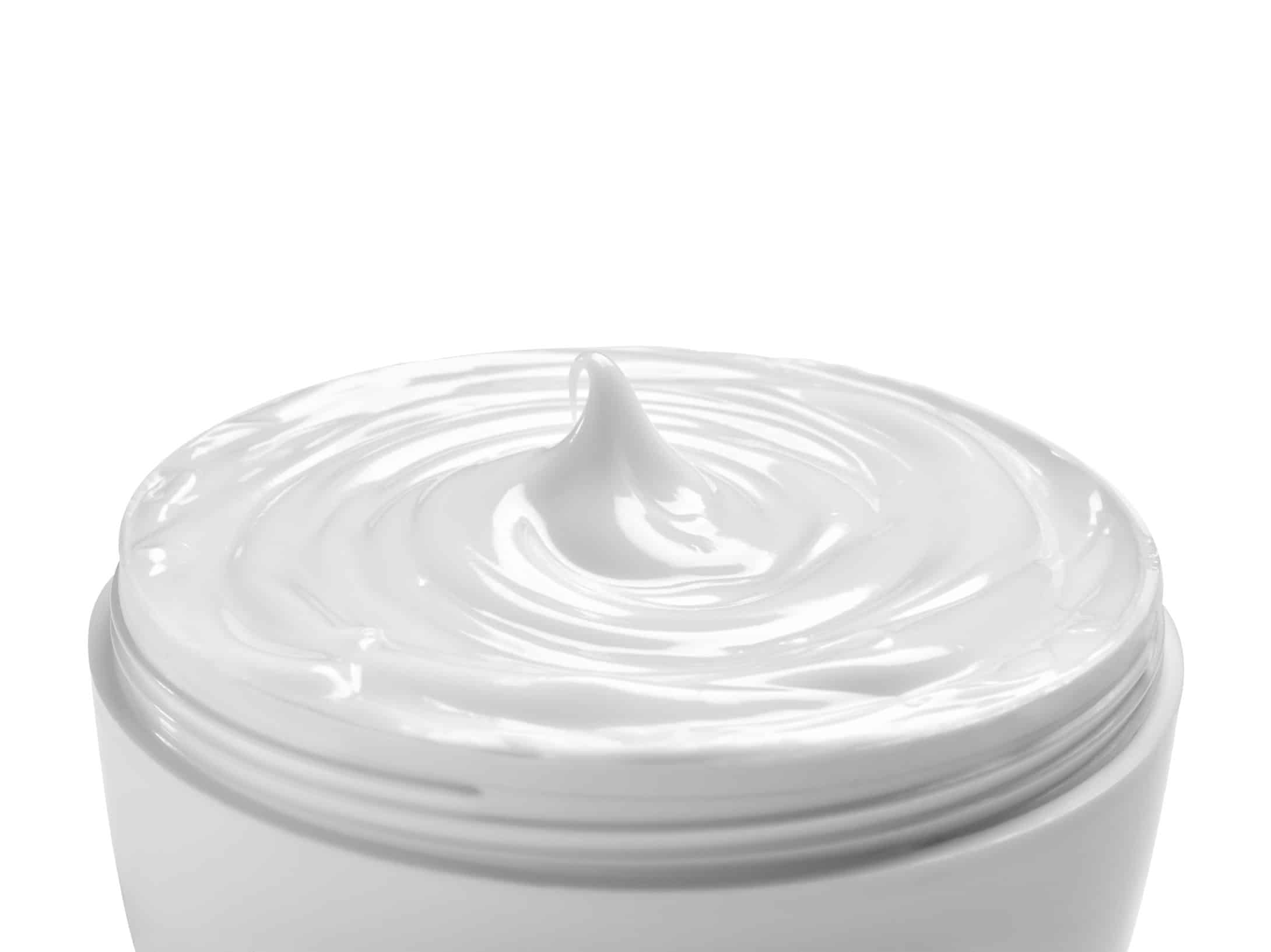
An agent used to soften and smooth the skin.
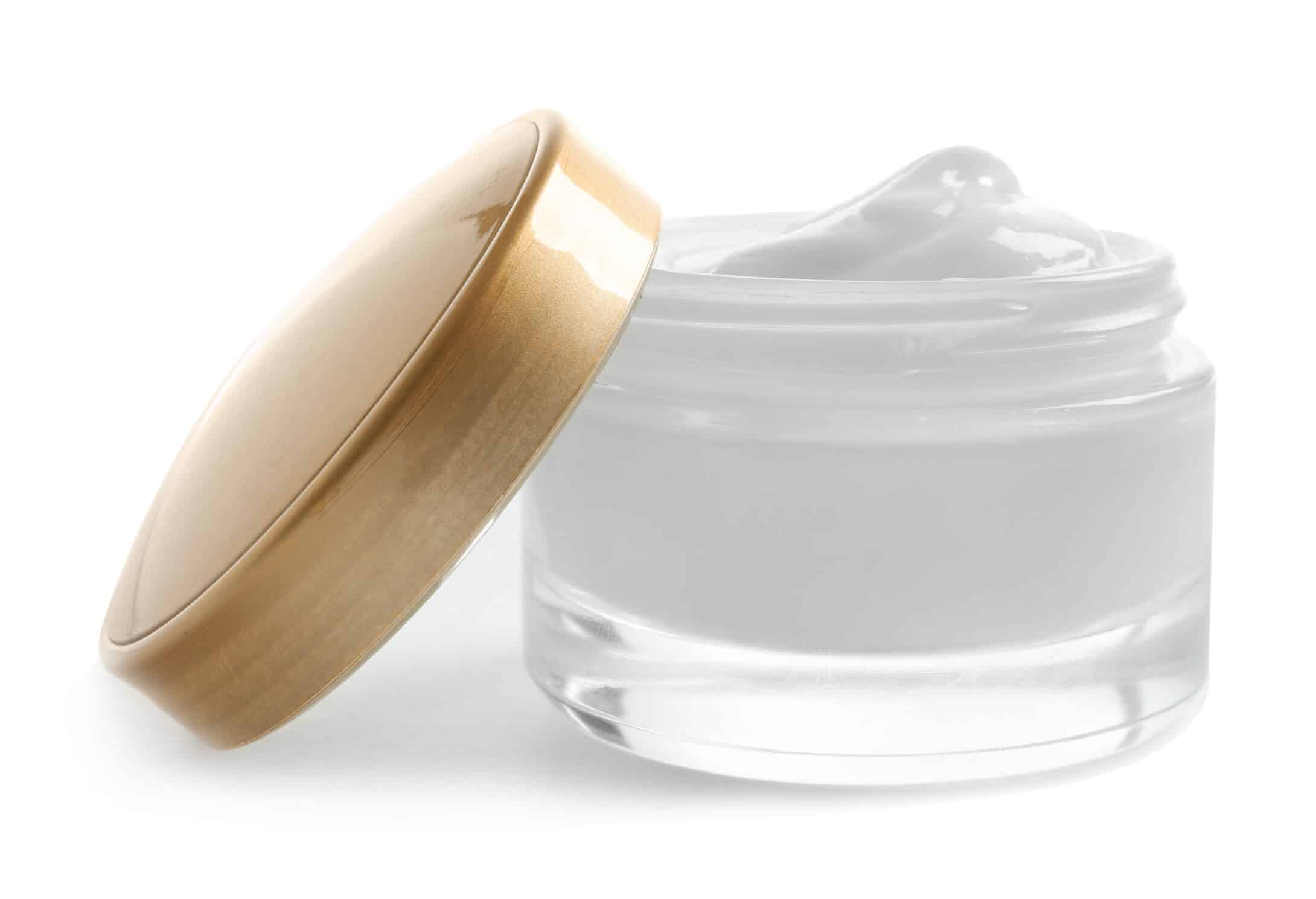
An agent that binds ingredients together to ensure a stable precut formulation.
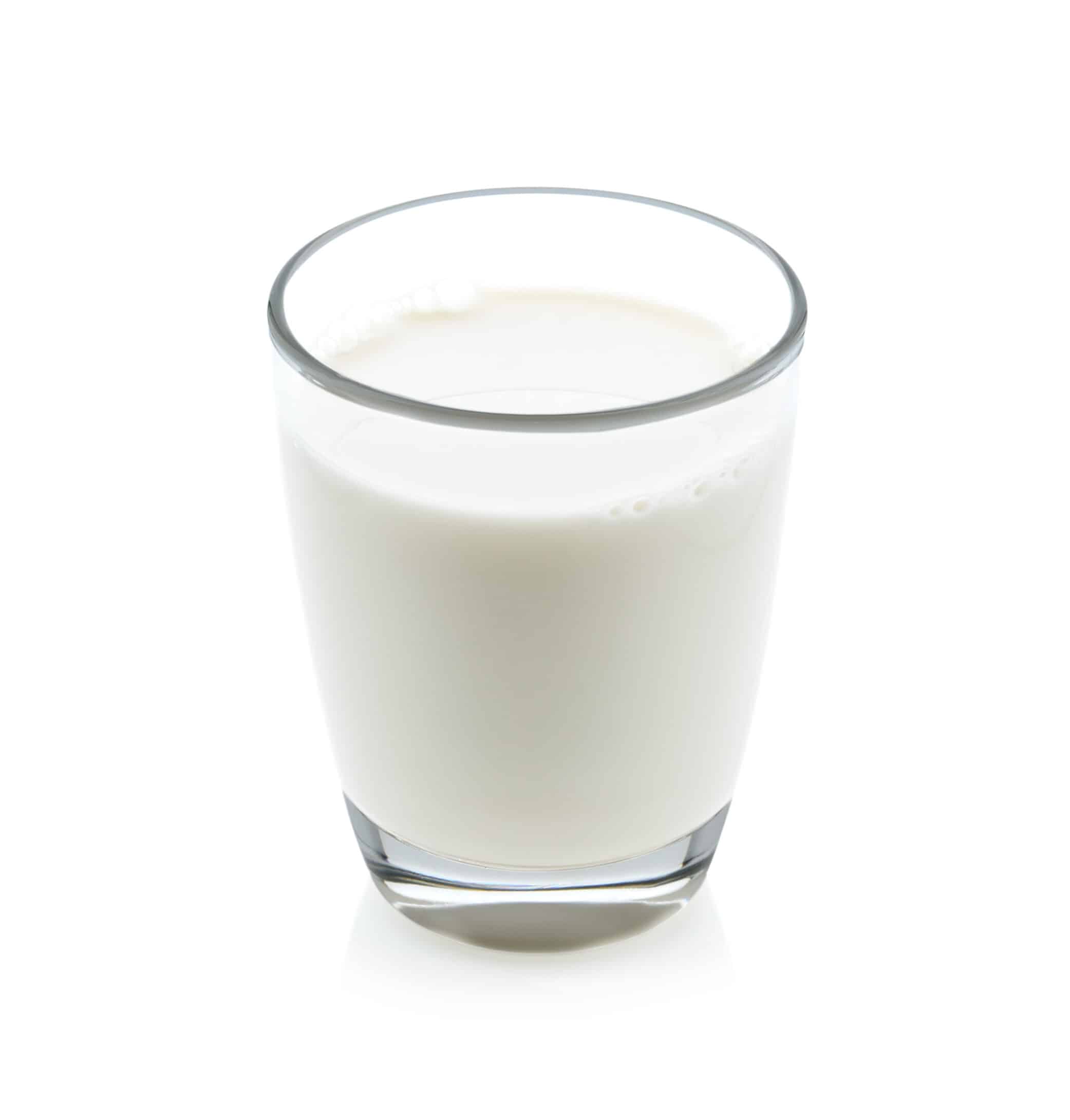
Obtained from milk, fish and eggs, or produced by ultraviolet tradition of sterols. Used in creams and lotions for skin healing properties. It is absorbable through the skin
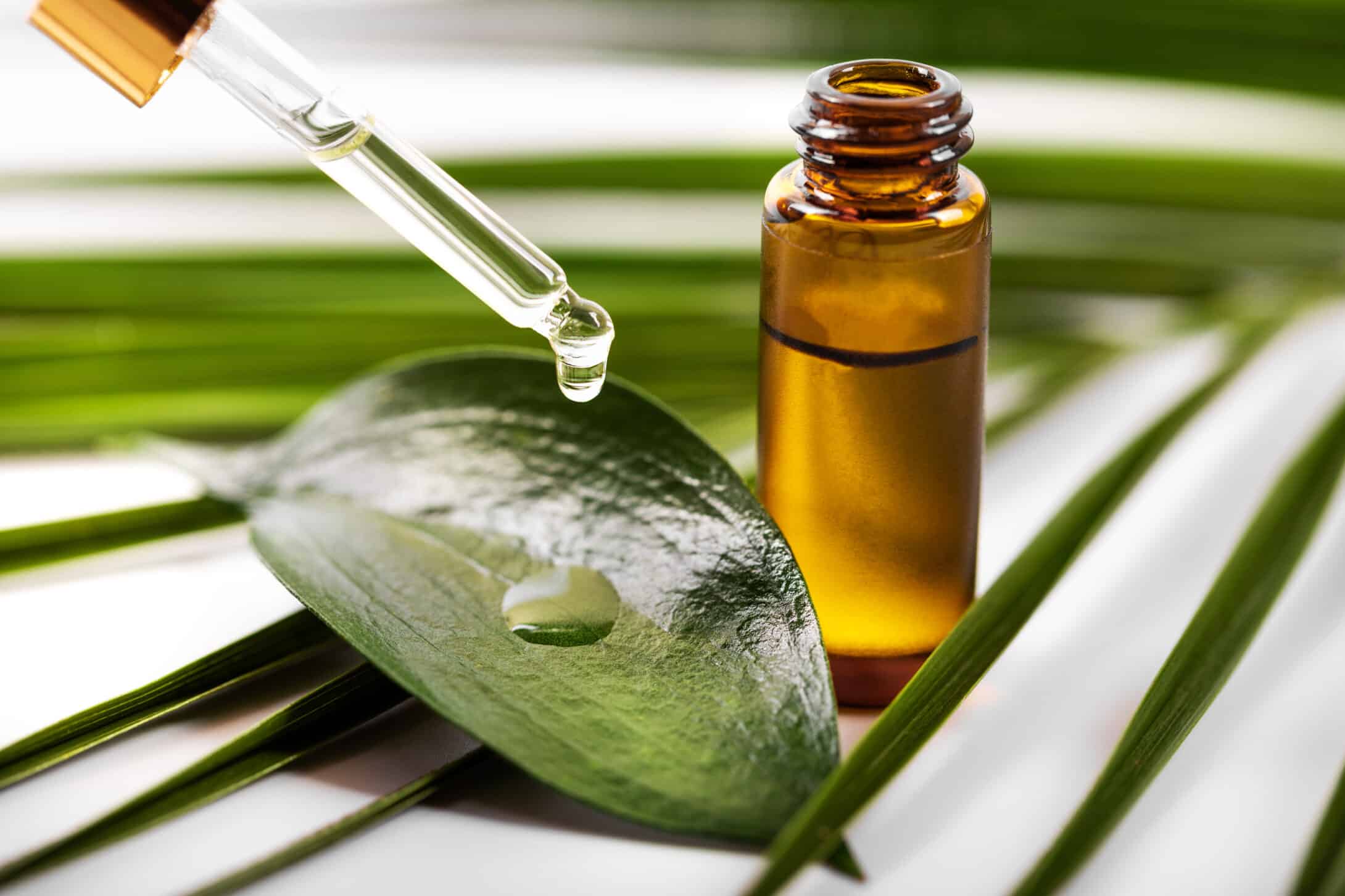
Or, Volatile Oils are found in various plants. They usually constitute the savory and odorous principles of the plant in which they exist. These oils are all natural and extremely fragrant.
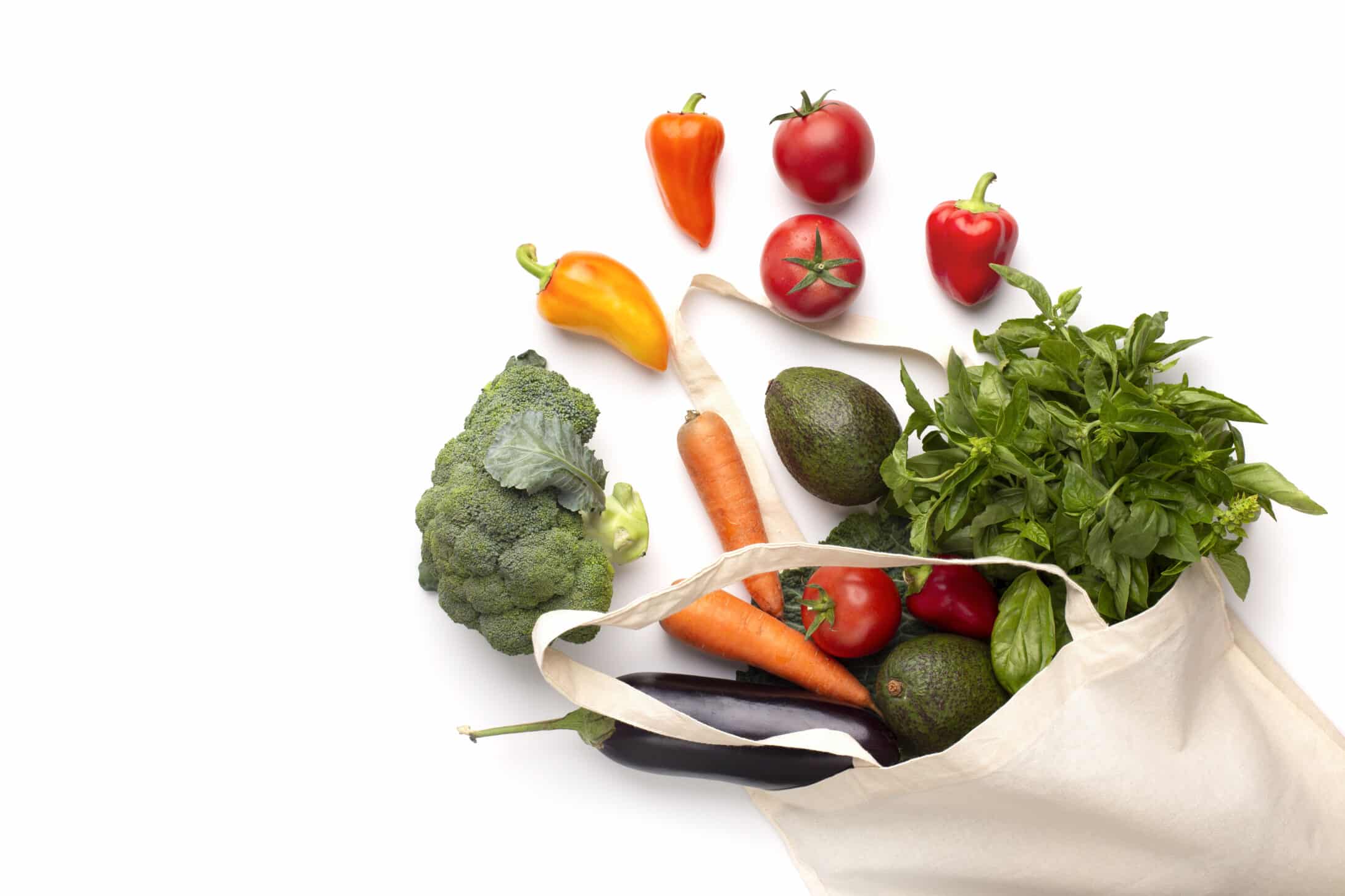
These organic colors are made specifically to be used in food drugs and cosmetics.
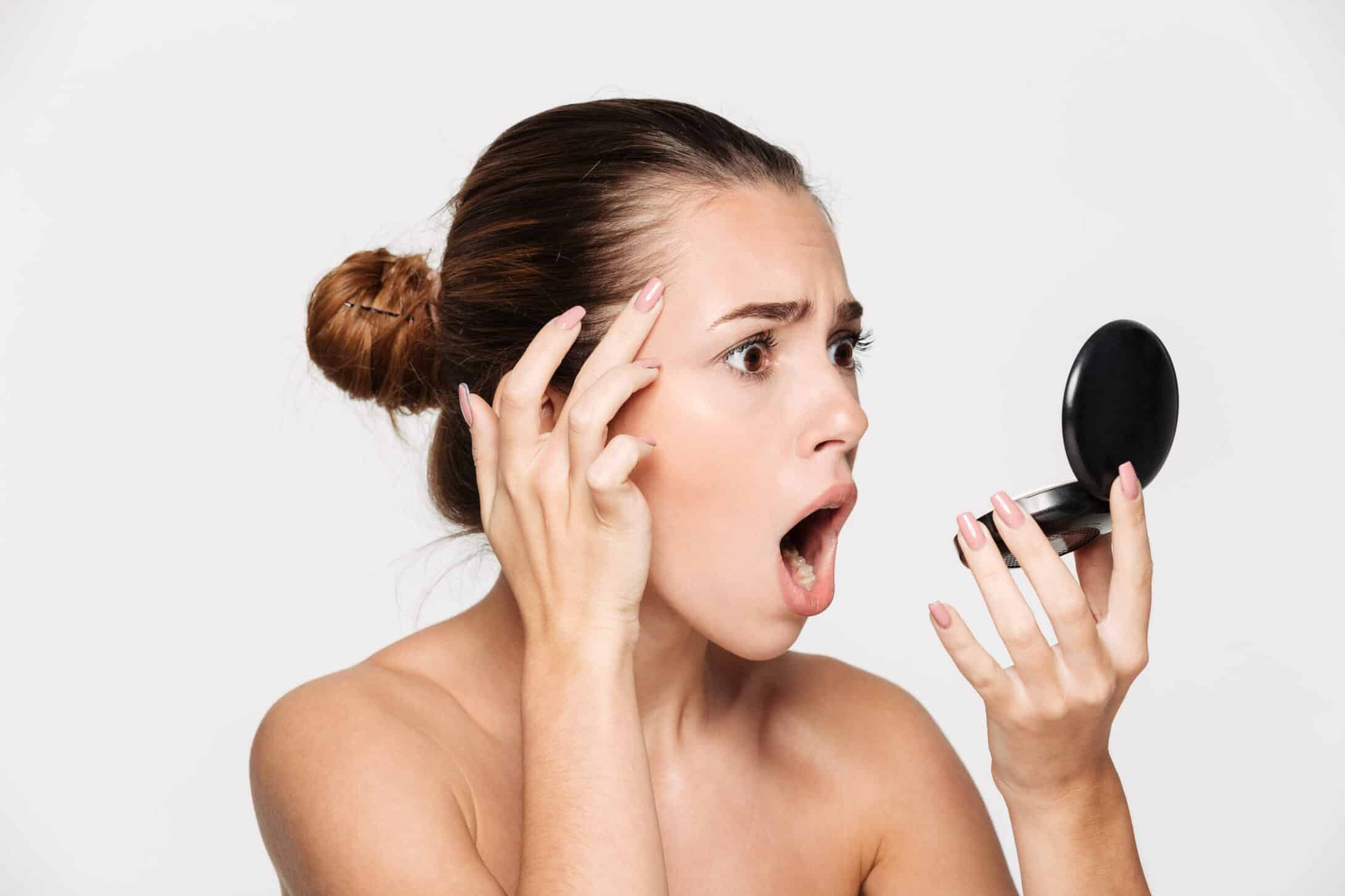
A family of biological bullies that attack the core of the skin’s structure, causing everything rom aging to inflammation to ace and cellulite. Free radicals in the body cause cellular damage by stealing electrons from other body cells, weakening or killing them in the process. When this happens, cell membranes lose resiliency, skin sags, and wrinkles and age spots darken. Free radicals erode healthy cells, similar to the way oxygen rusts metal, slowly wearing down the body’s organs, wearing the immune system and breaking doesn’t tissues. Free radicals are triggered by exposure to ultraviolet (UV) rays from sunlight, fluorescent lights and tanning beds, intense heat, tobacco smoke (direct and secondhand) car exhaust, stress, charbroiled foods, saturated fats, antibiotics and other medications, or too much alcohol.
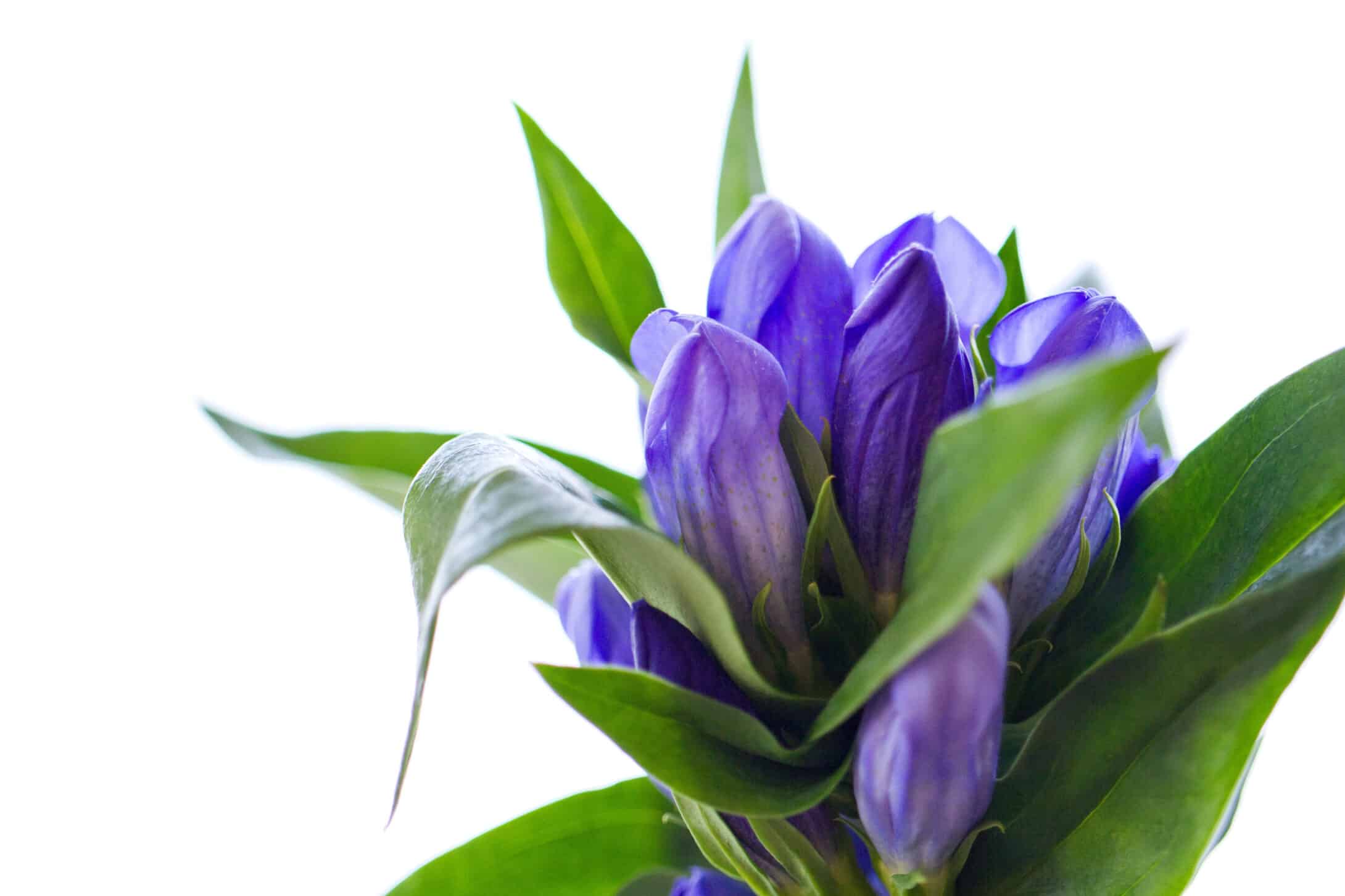
Derived from the biter root of a plant native to Europe used as an astringent and cleanser.
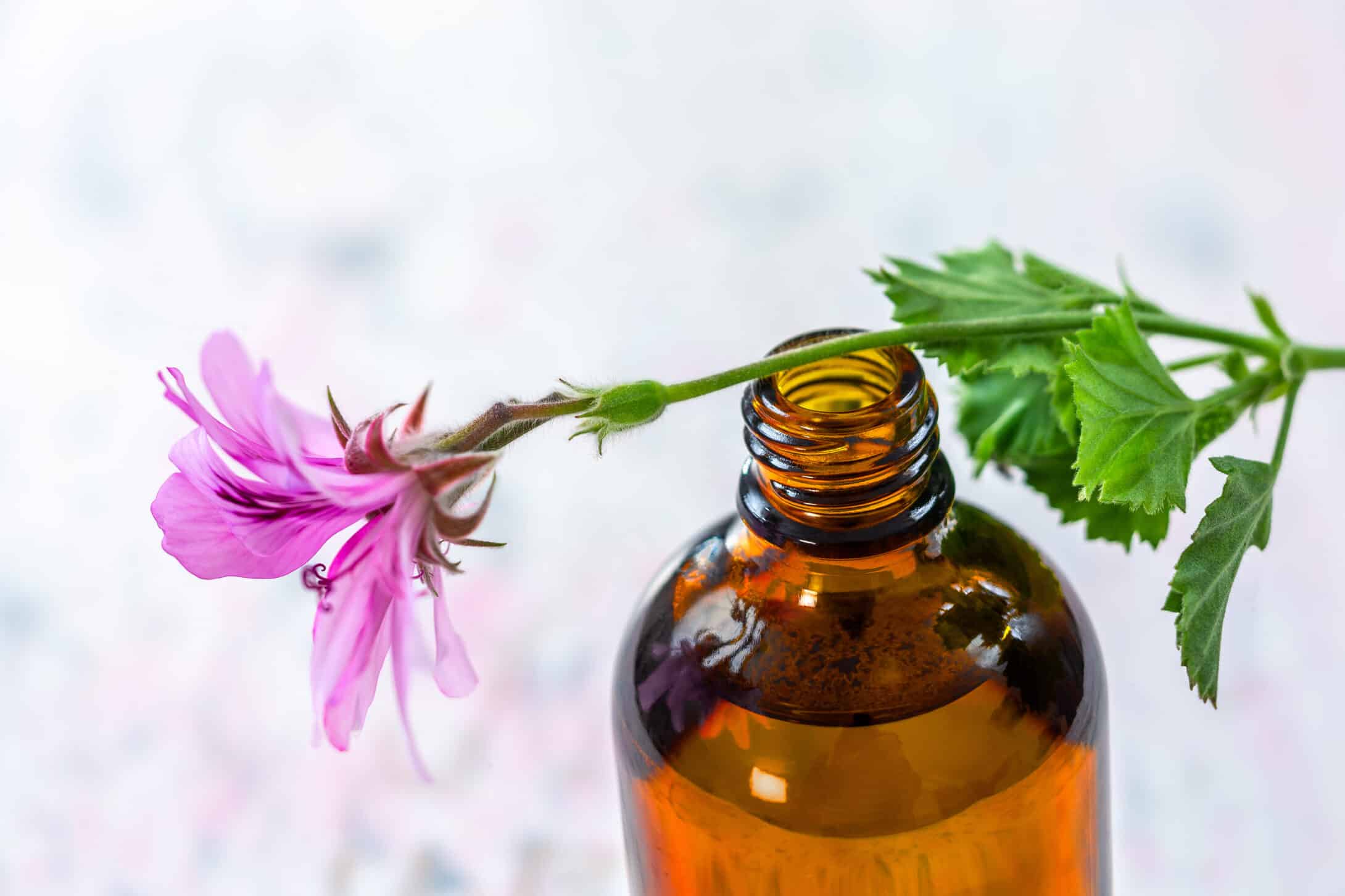
The fragrant essential oil extraction from the Geranium flowers used to scent products.
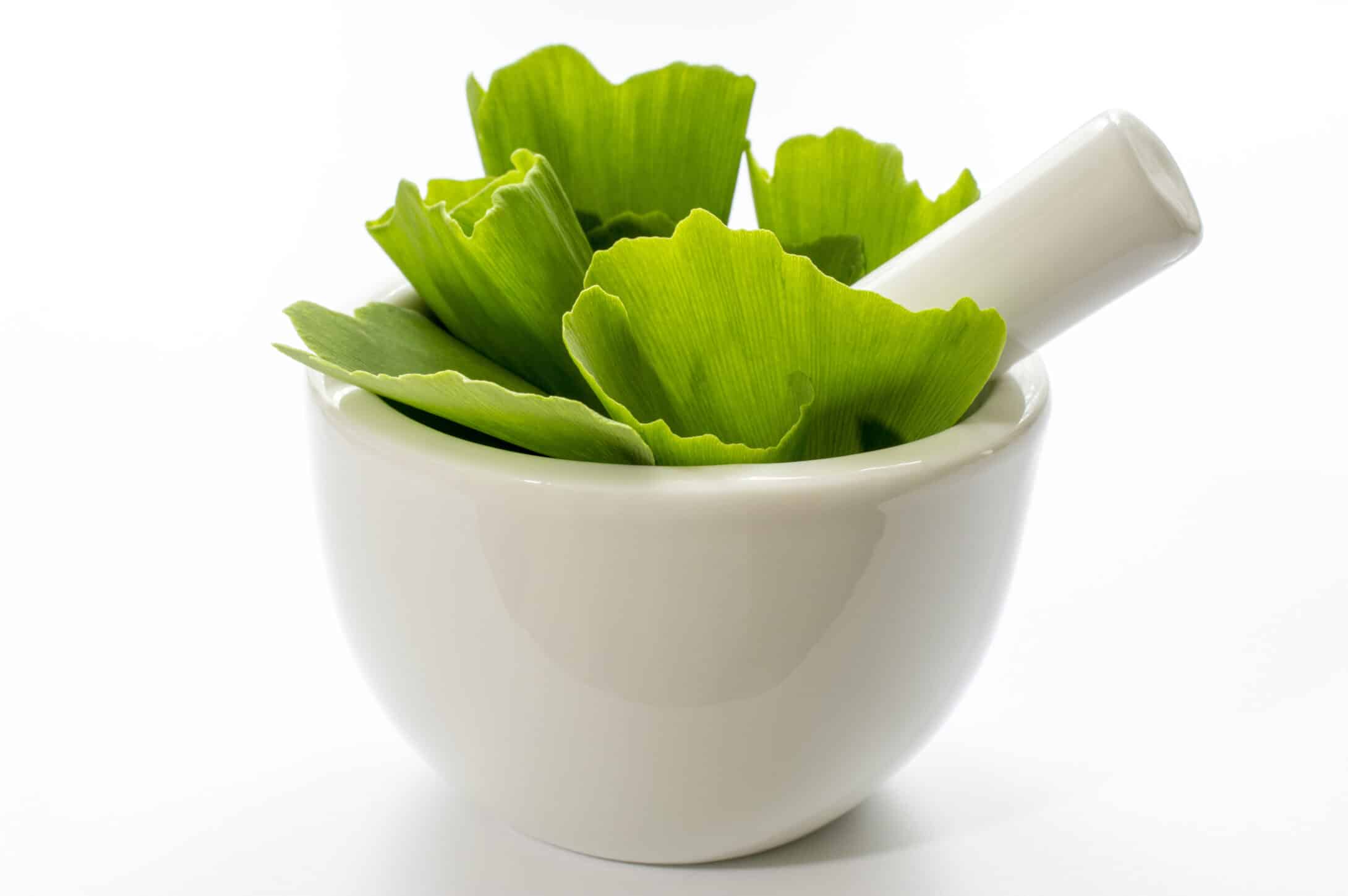
The Gingko is a tree dating back around 270 million years. Popularity of the Gingko Tree revolves primarily around the extracts from its blob (two-lobed) leaves and the inner seed of the fruit. The extract increases blood flow to the blood vessels for better blood circulation, and provides powerful antioxidants to counter the effects of free radicals.
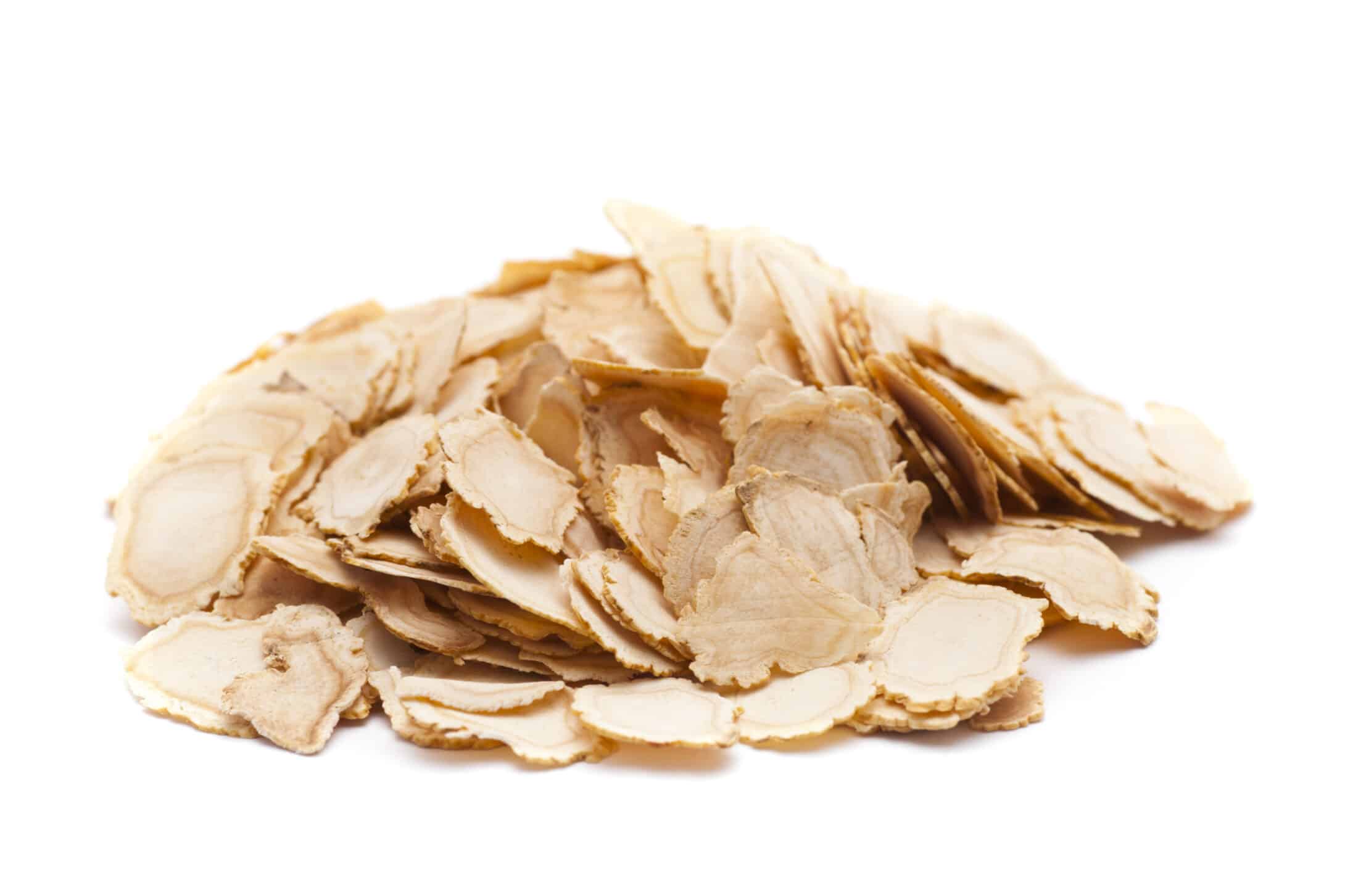
Derived from the root of the Ginseng plant, it is used in skin care products for aging and dry completions to increase subcutaneous circulation.
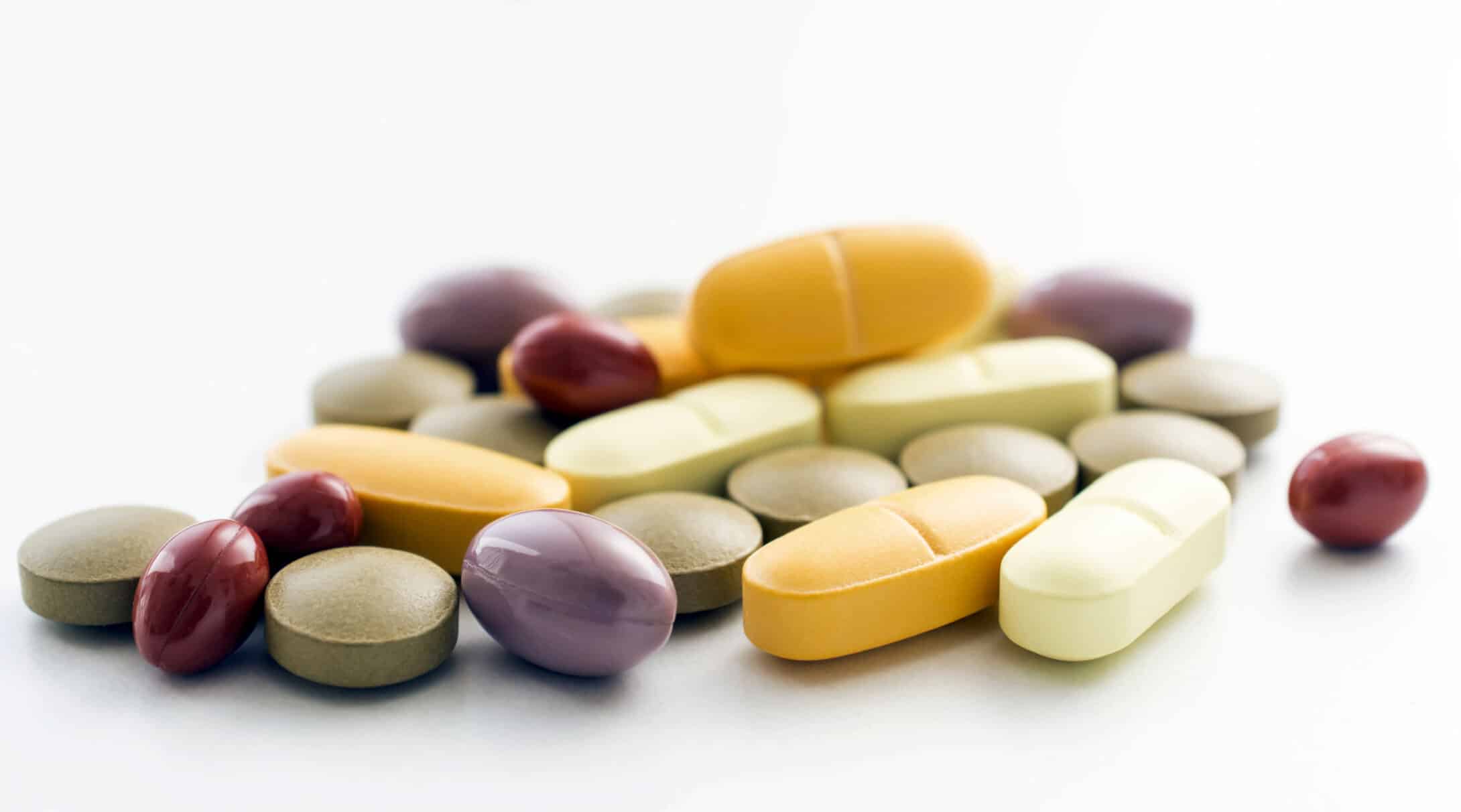
Activates the epidermal and dermal cells resulting in improved cell renewal and increased production of hyaluronic acid and collagen.
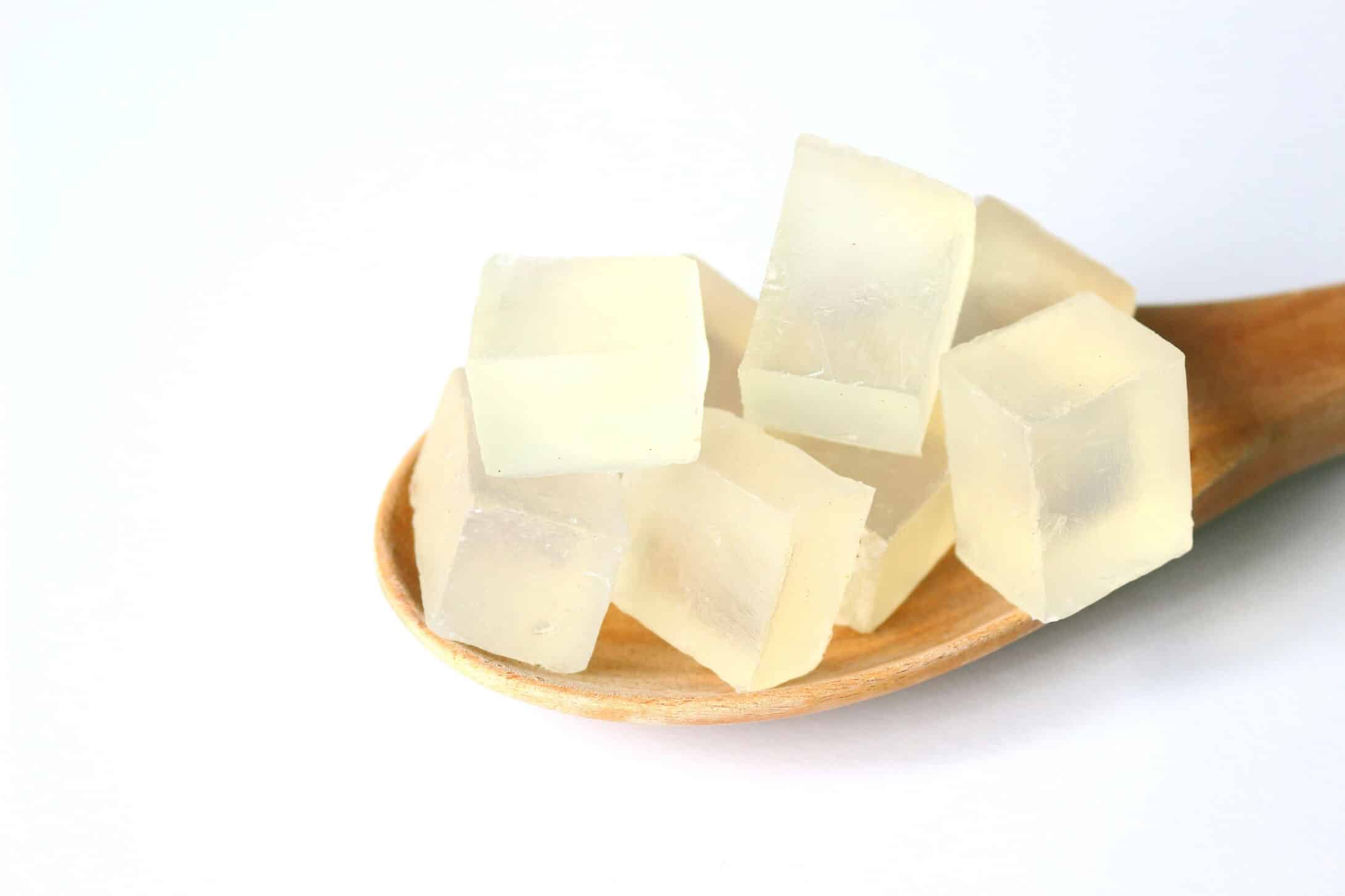
A natural emollient, used to prevent the loss of water through evaporation and absorb moisture from the air.
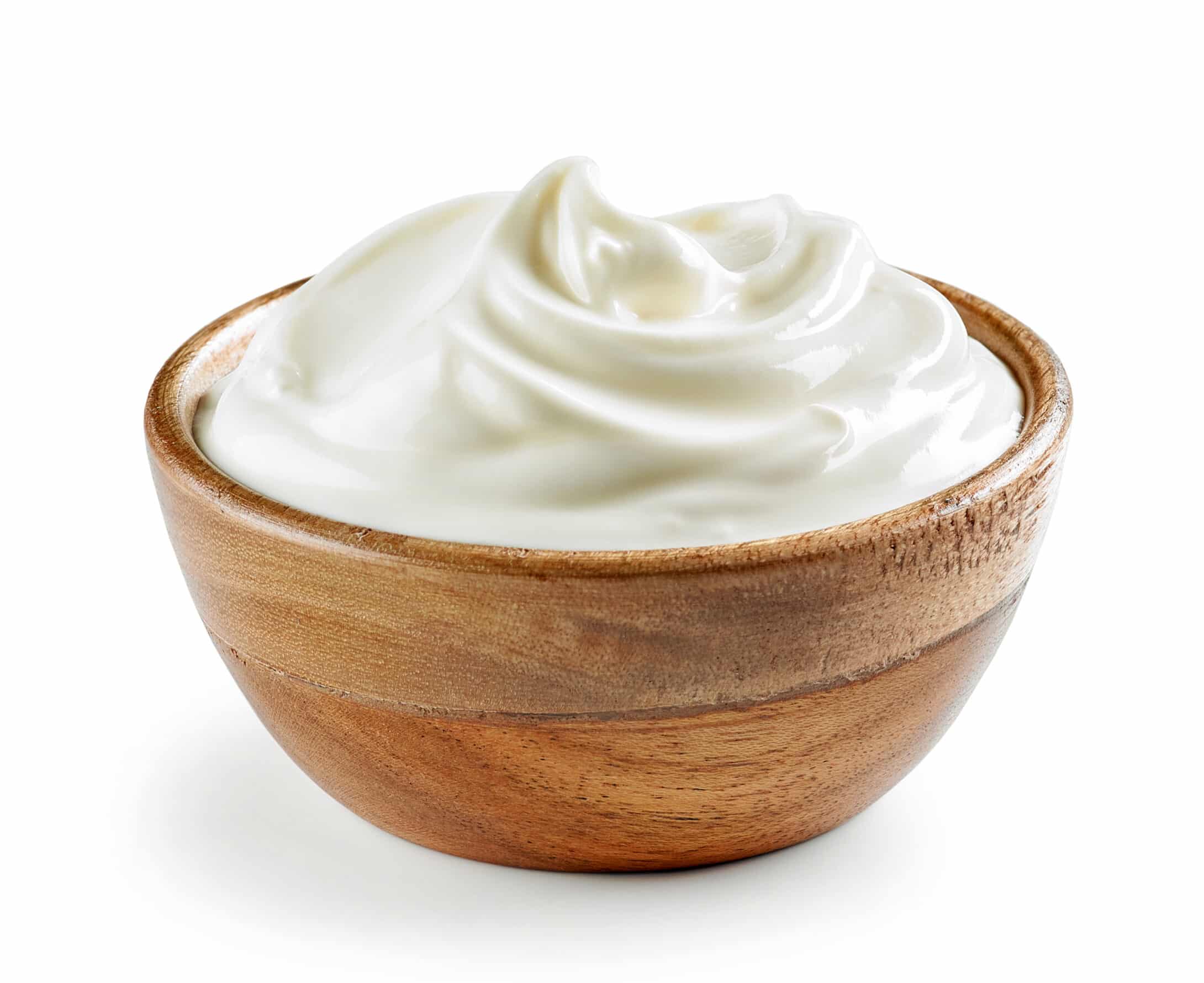
An emulsifying and thickening agent used in creams and lotions.
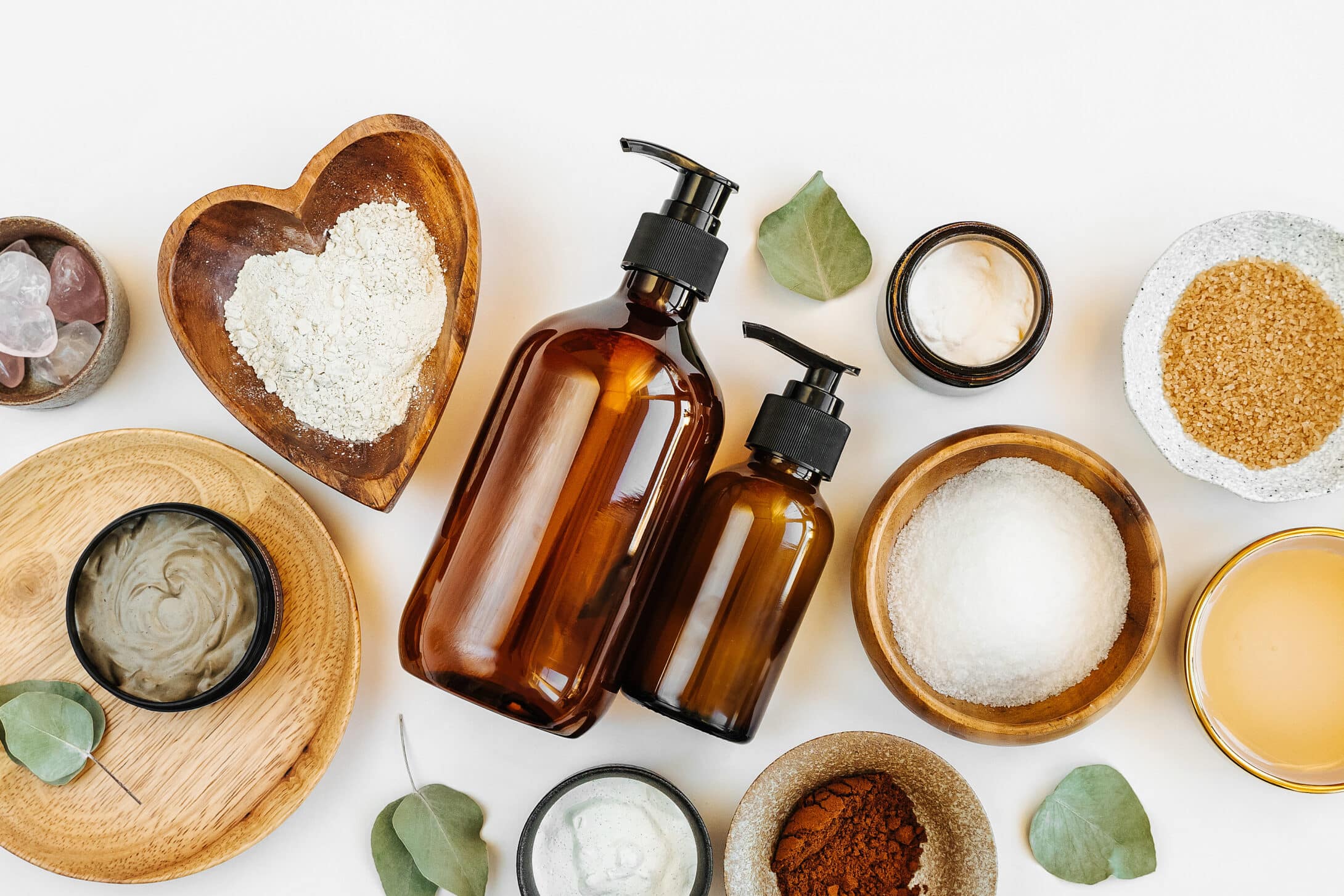
Derived from sugar cane extract, one of the mail Alpha-Hydroxy acids used in cosmetics as an exfoliant. It stimulates new formation of collagen to plump cells and reduces wrinkles on skin’s surface.
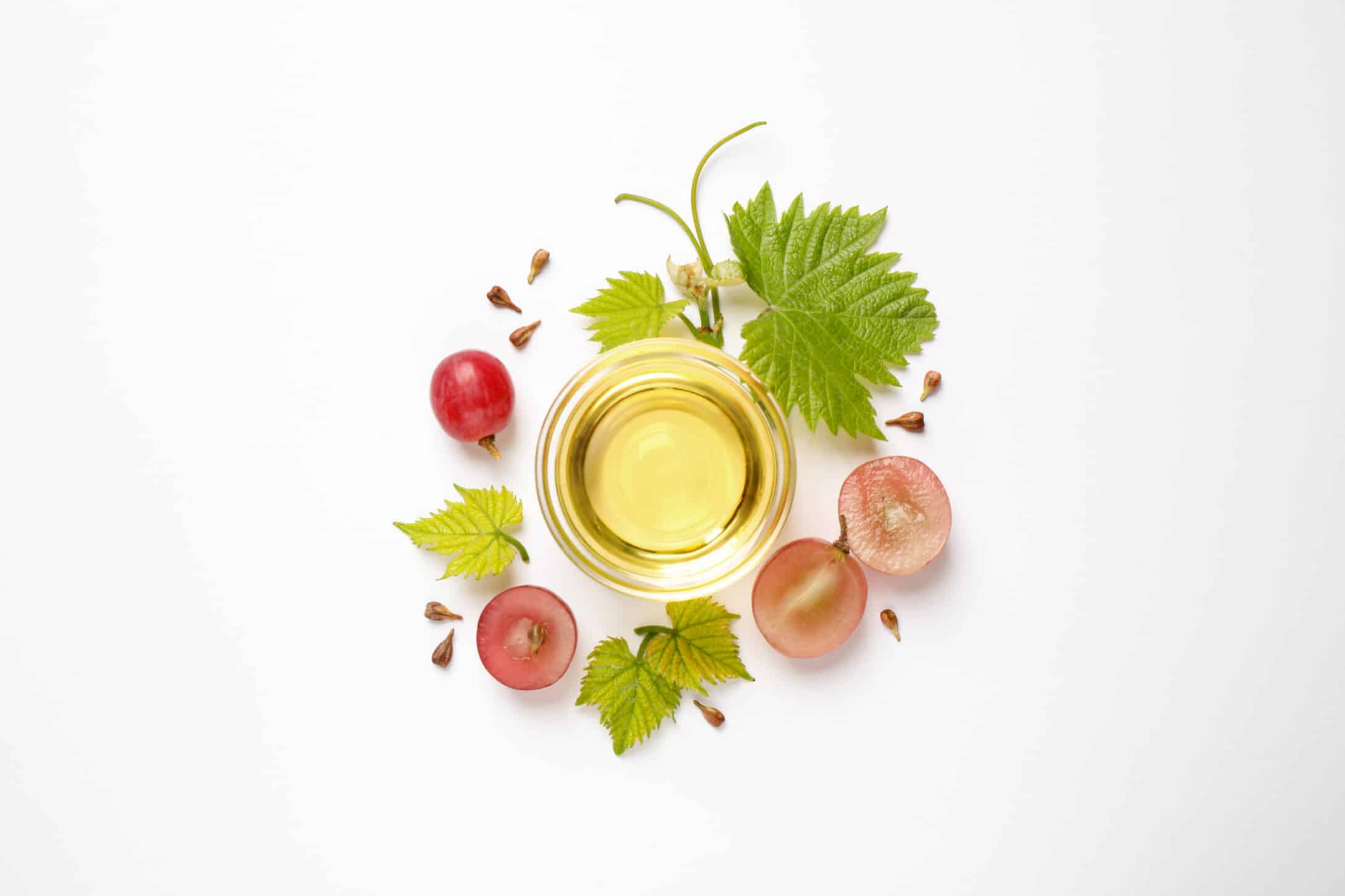
Studies show that grape seed contains OPC antioxidants which precent cell data caused by free radicals. This extract also has proanthocyanidins which acerbate wound healing.
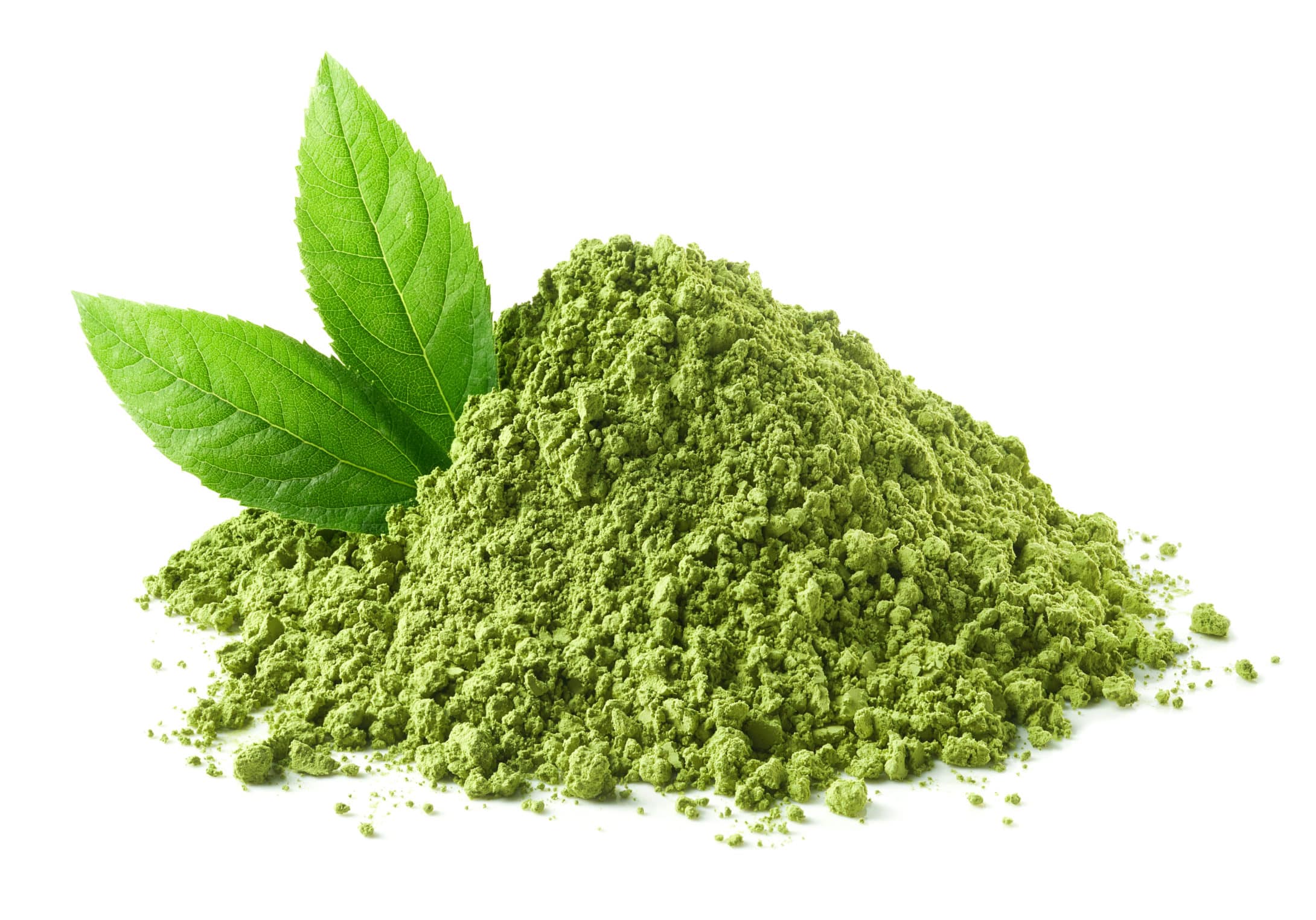
Native to China, green tea is a hearty evergreen shrub from the Camellia family. The extract provides antioxidants which help to ward off the everyday cellular attack and to protect the skin from dam and agin due to Ultra Violet (UV) radiation exposure. Its effects are fortified when used in combination with other antioxidant extracts.
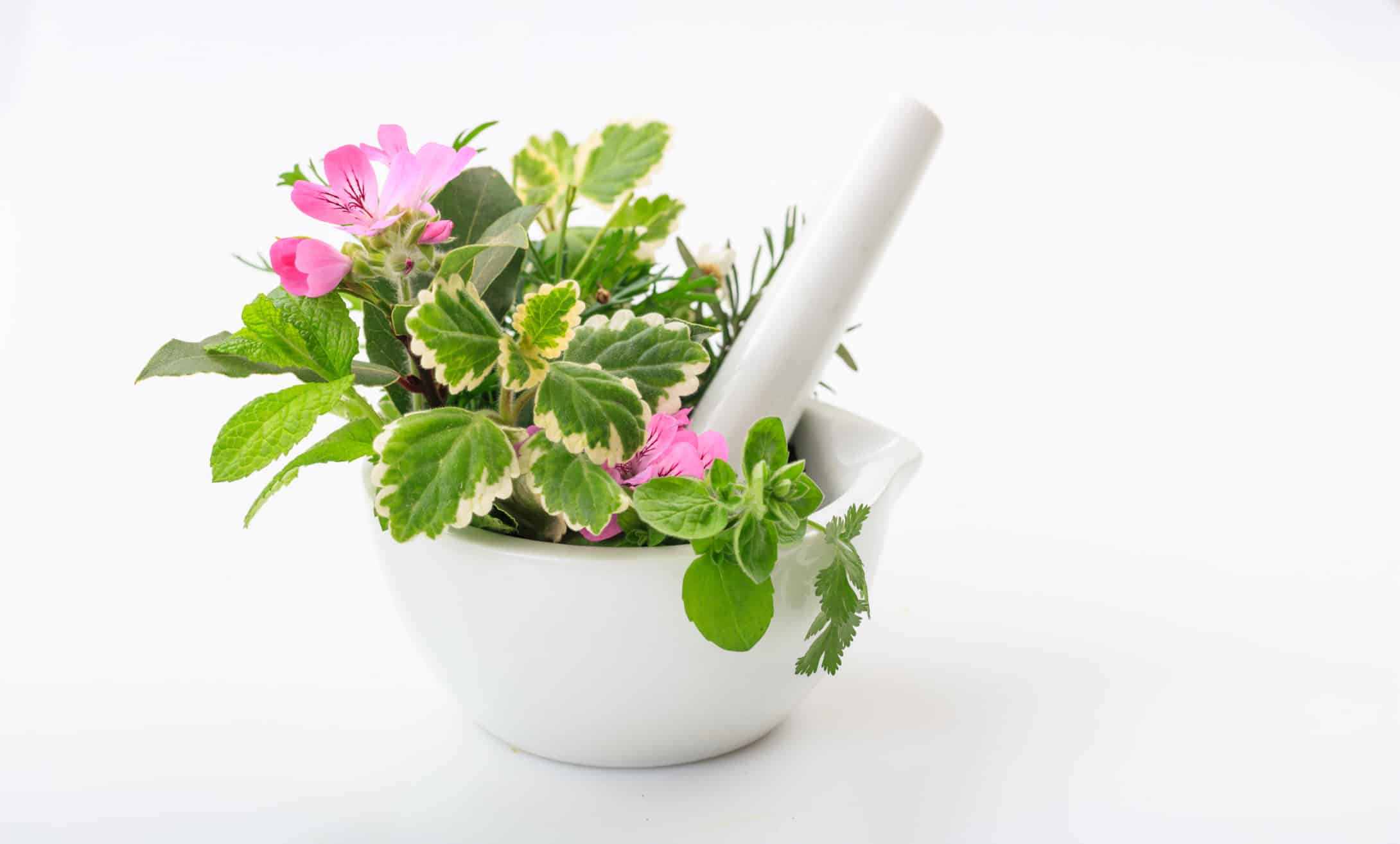
A creeping plant native to subtropical and tropical climates, promotes wound healing by strengthening connective tissues and restoring the macro-molecules that give the skin elasticity. The enduring popularity of Guto Kola is attributed to active ingredients known as triterpenes. These substances enhance the production of the tough, fibrous protein known as collagen, which is found in cartilage, bones and connective tissues. Triterpenes also help to keep blood vessels strong.
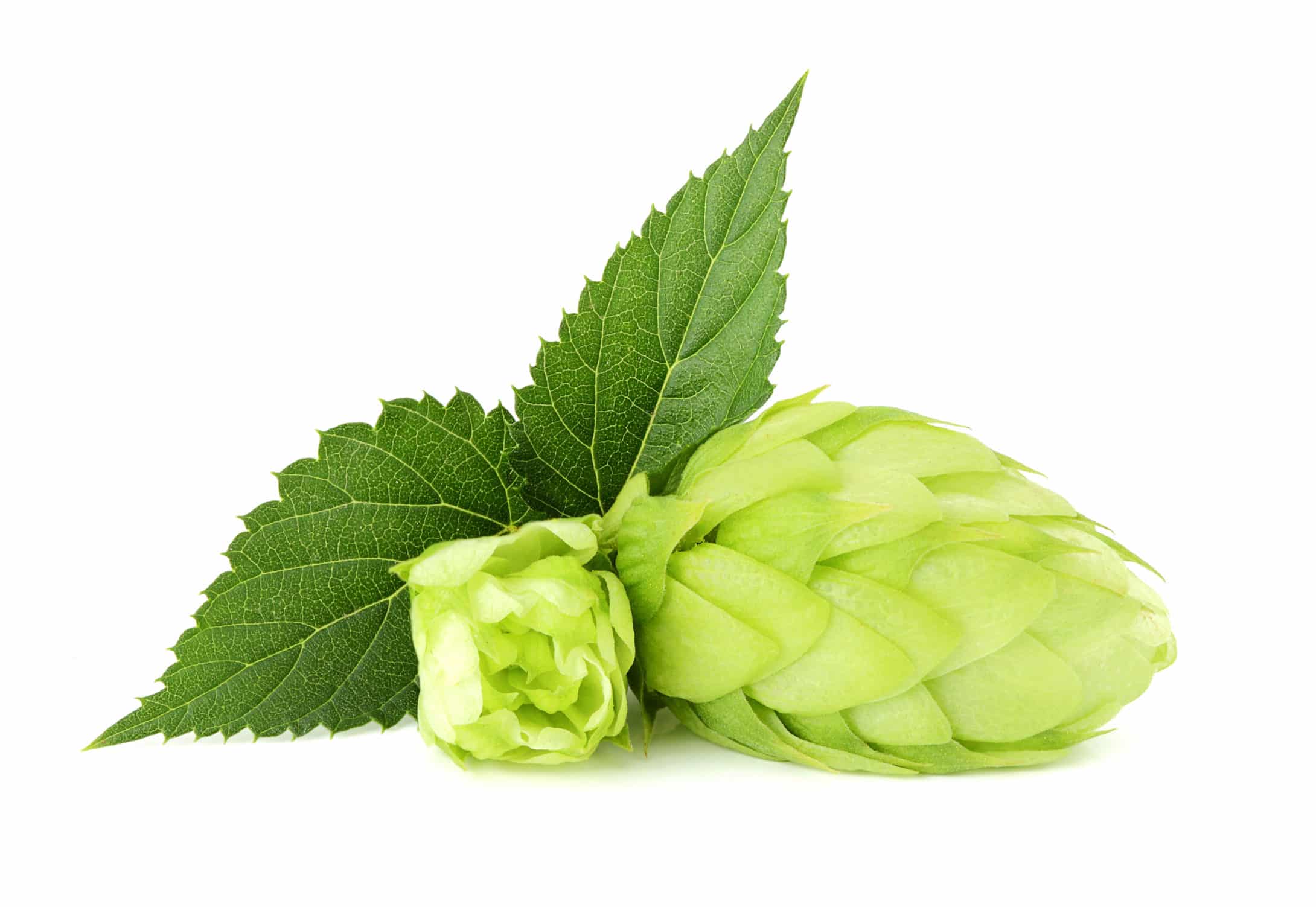
Derived from pinecone-like fruit of the hop plant. used as a skin soother and healer.
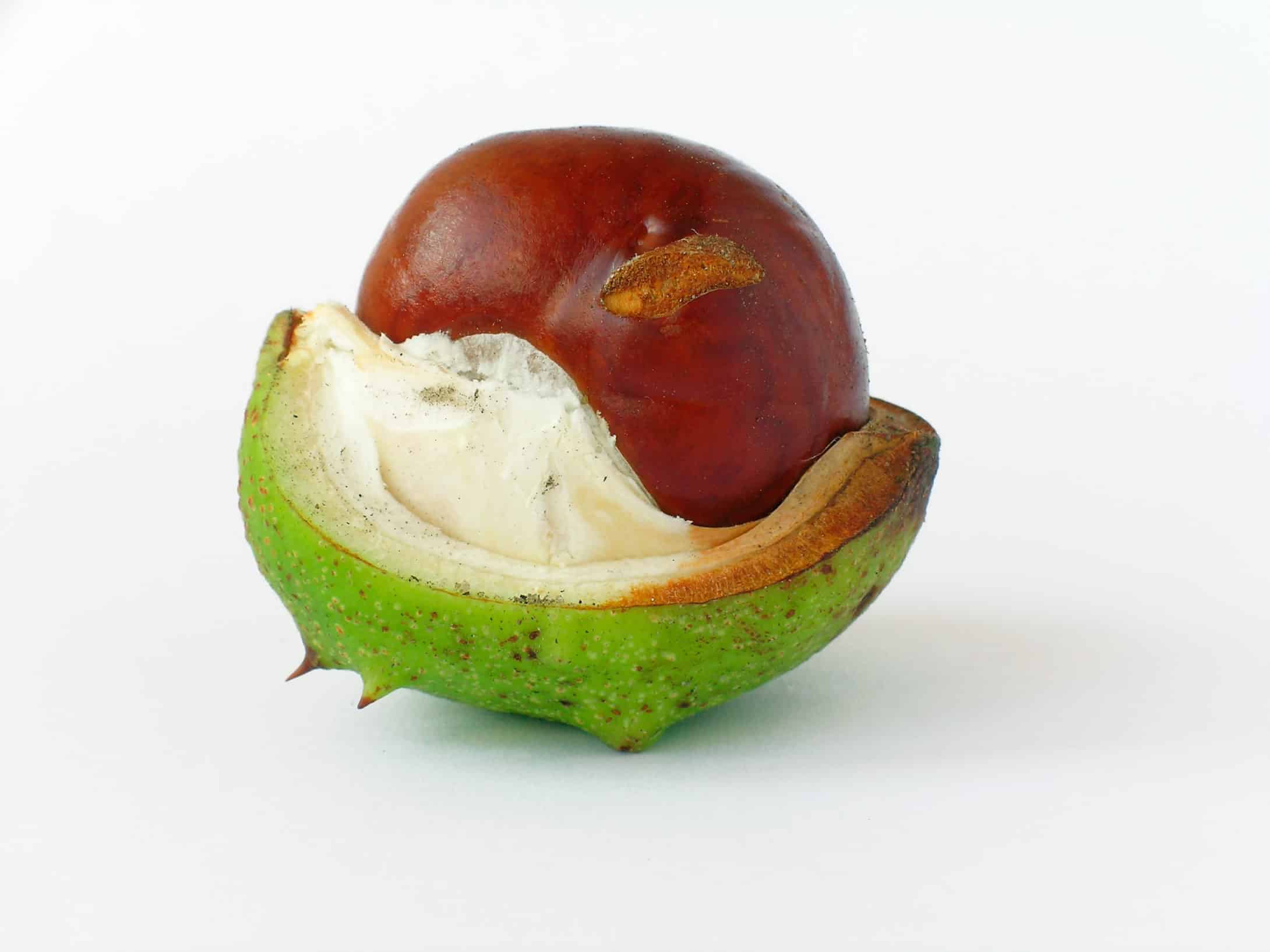
The nut of a tree native to Eurasia used to stimulate subcutaneous circulation, tighten pores and tone the skin. It has anti-inflammatory.
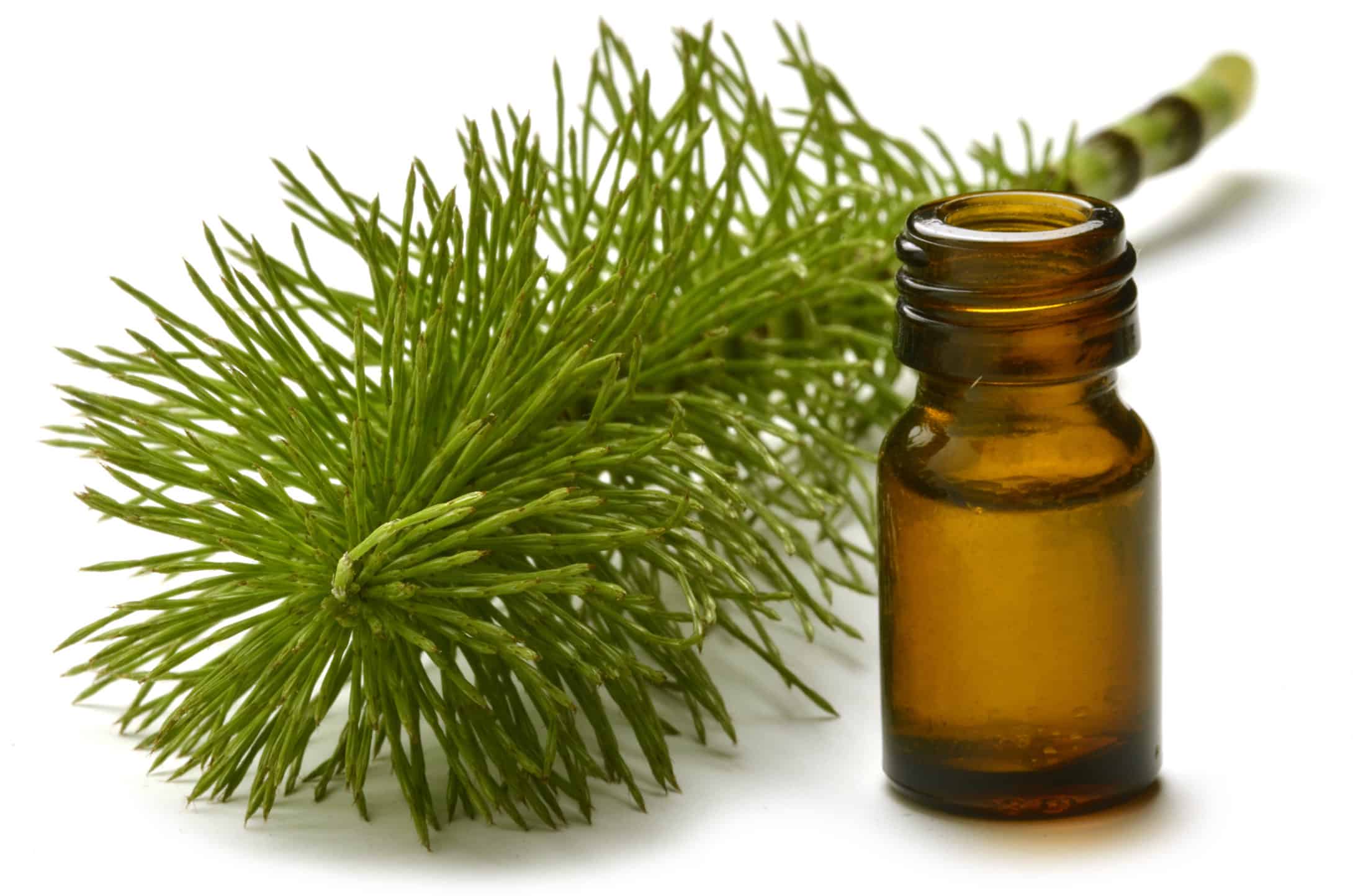
A rush-like flowerless plant. Used as a natural astringent and healing agent. Strengthens the skin’s connective tie and improves elasticity.
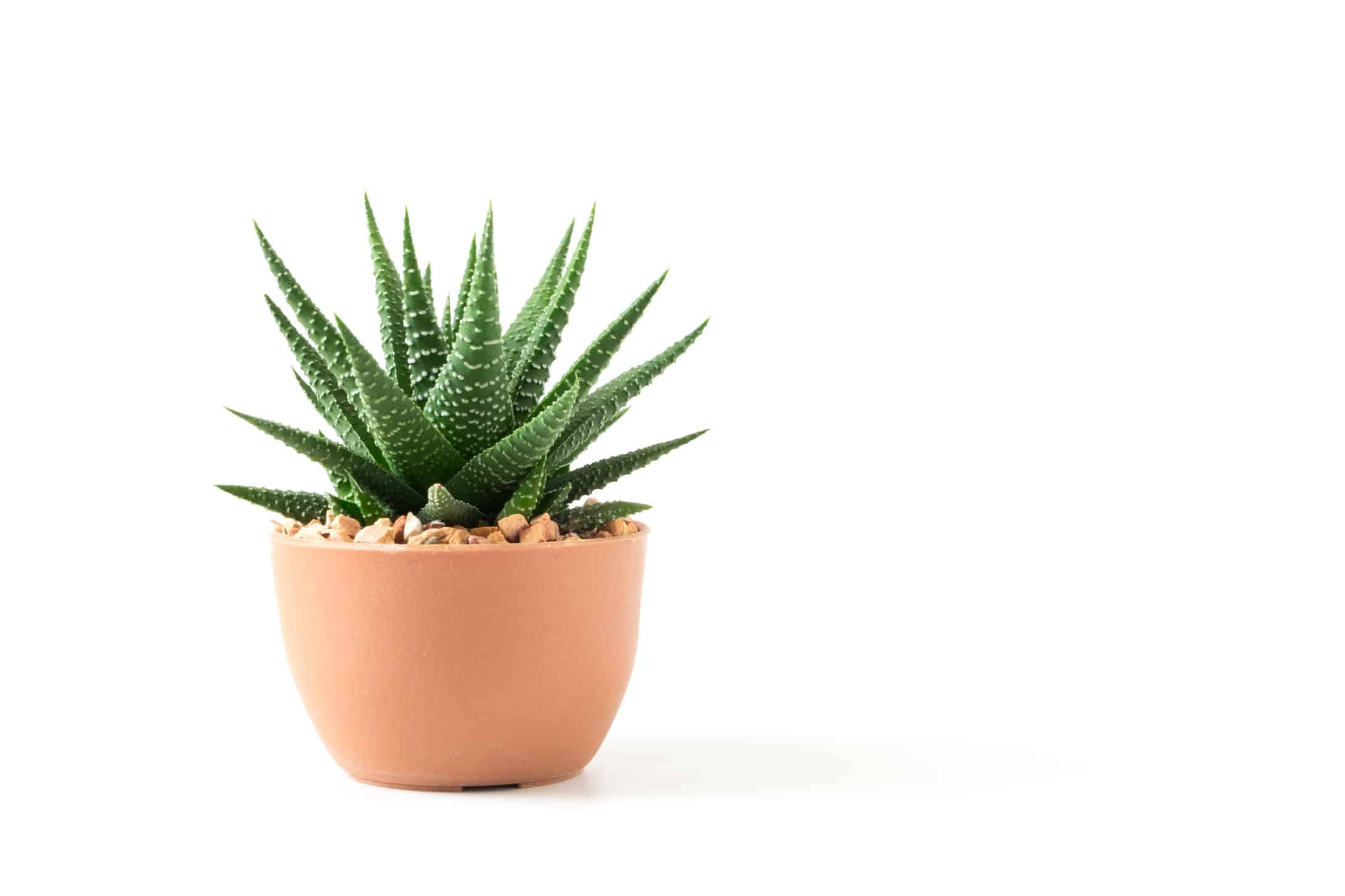
An ingredient which has an attraction to water and can absorb water from the atmosphere. It preserves the moisture content of the skin.
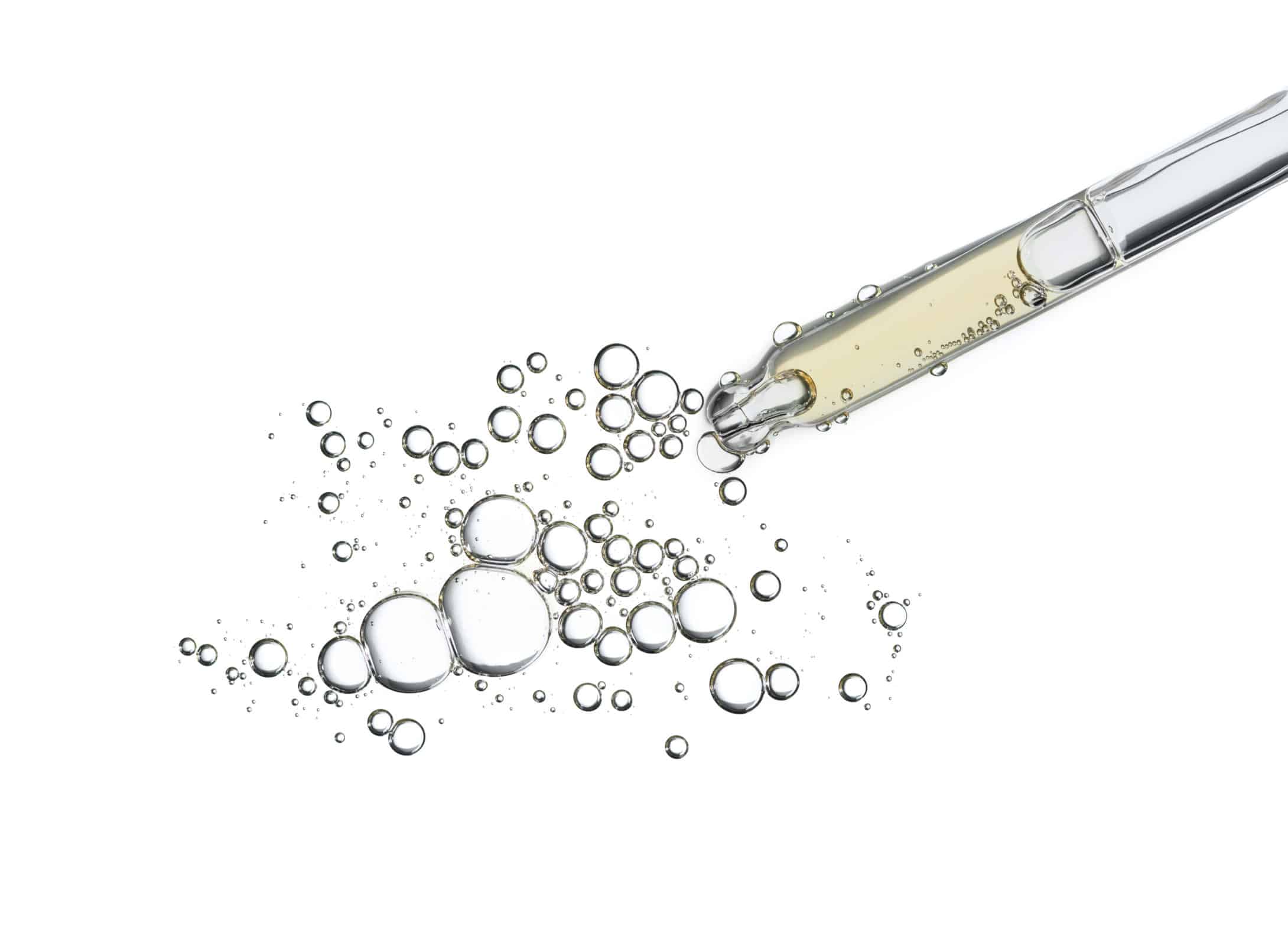
A major component of Mucopolysaccharides and a natural moisturizing factor found in human cells. This humectant has powerful water-binding abilities, it holds as much as 1000 times its own weight in water. It helps the skin moist, pliable, supple and younger looking.
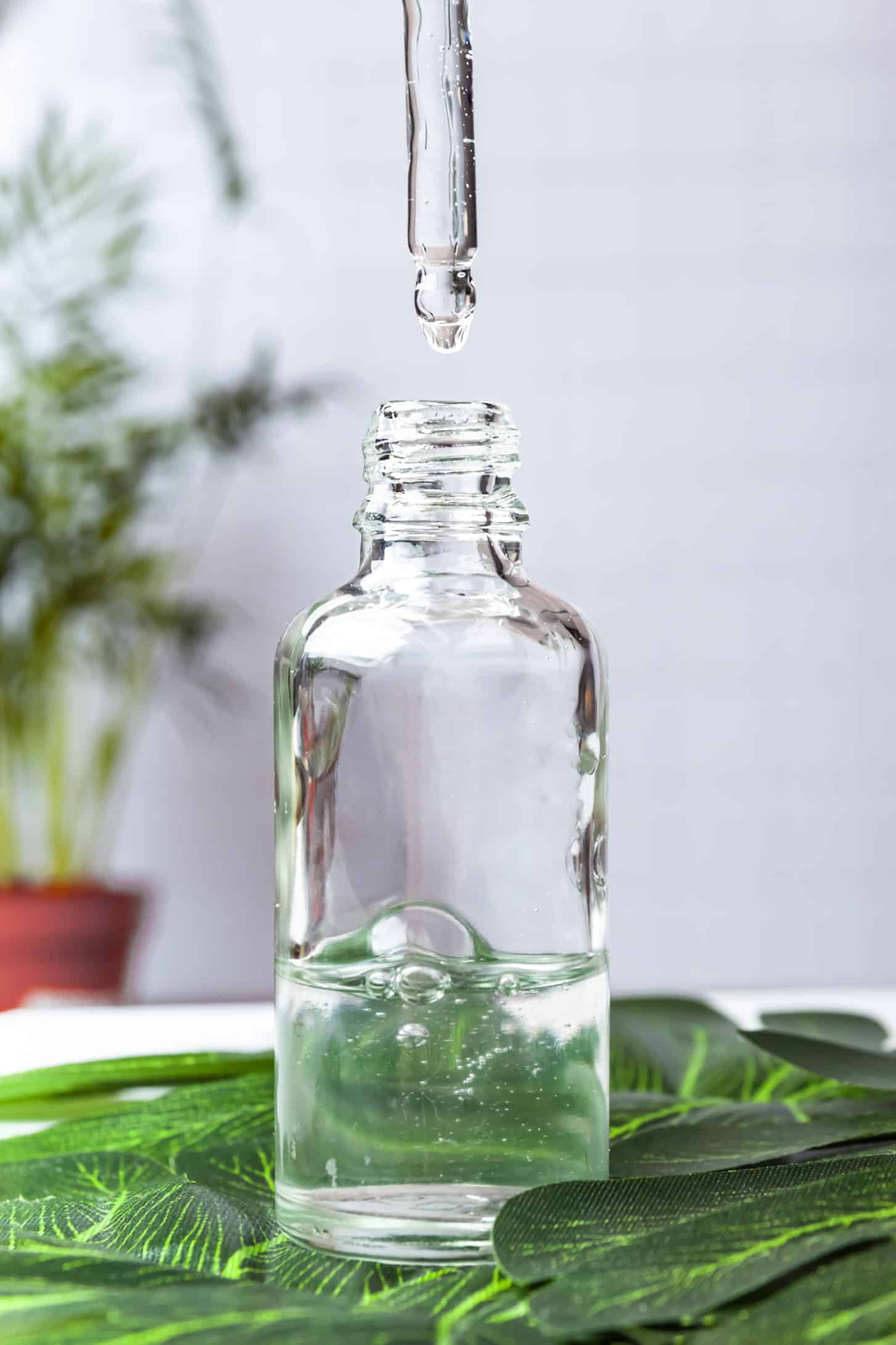
The breaking down of complex proteins into small fragments by their reaction with water.
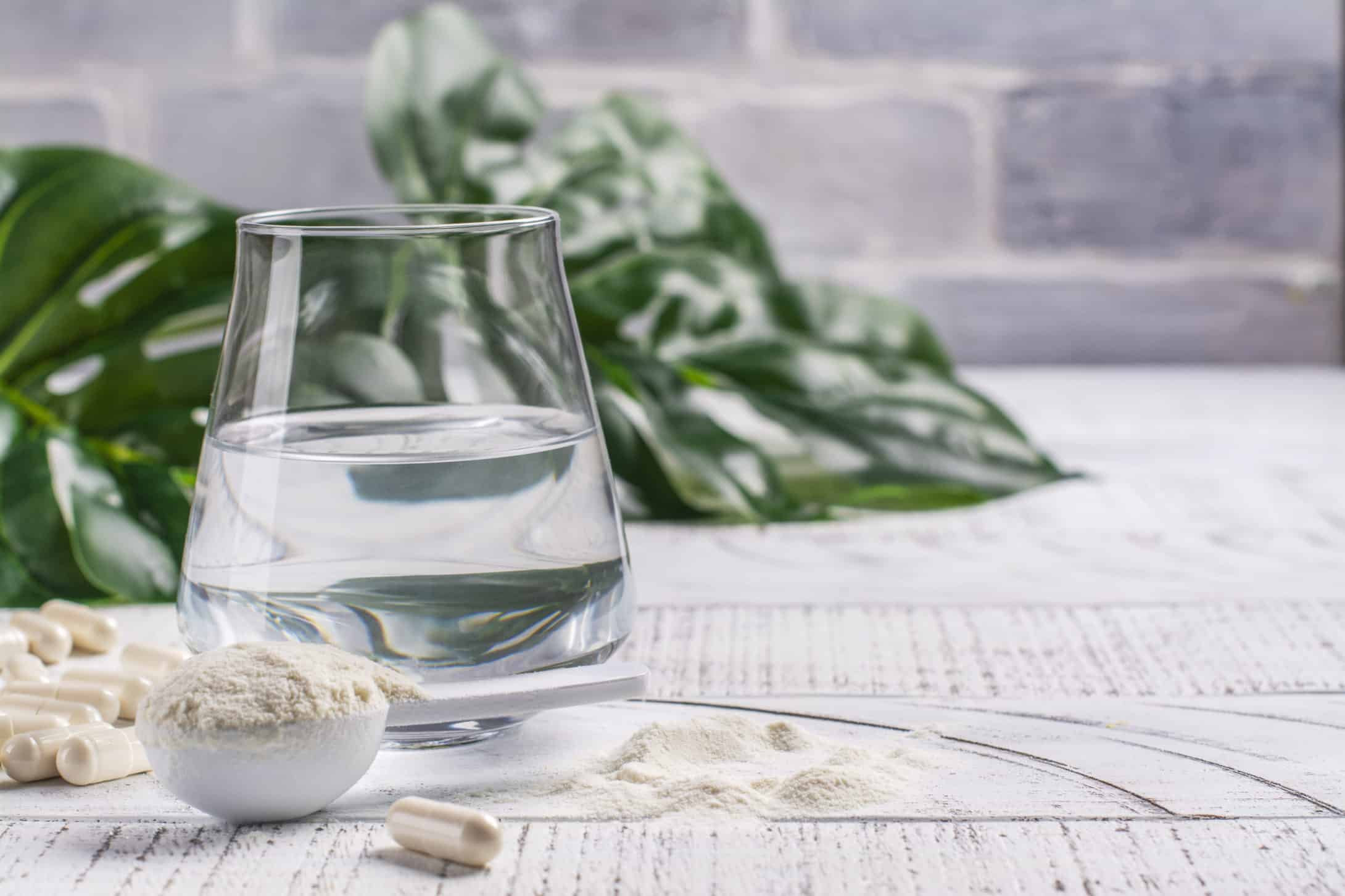
A fibrous link in connective tissue derived by acid, enzyme or other method of hydrolysis (decomposition that changes a compound into other compounds by taking up the elements of water.
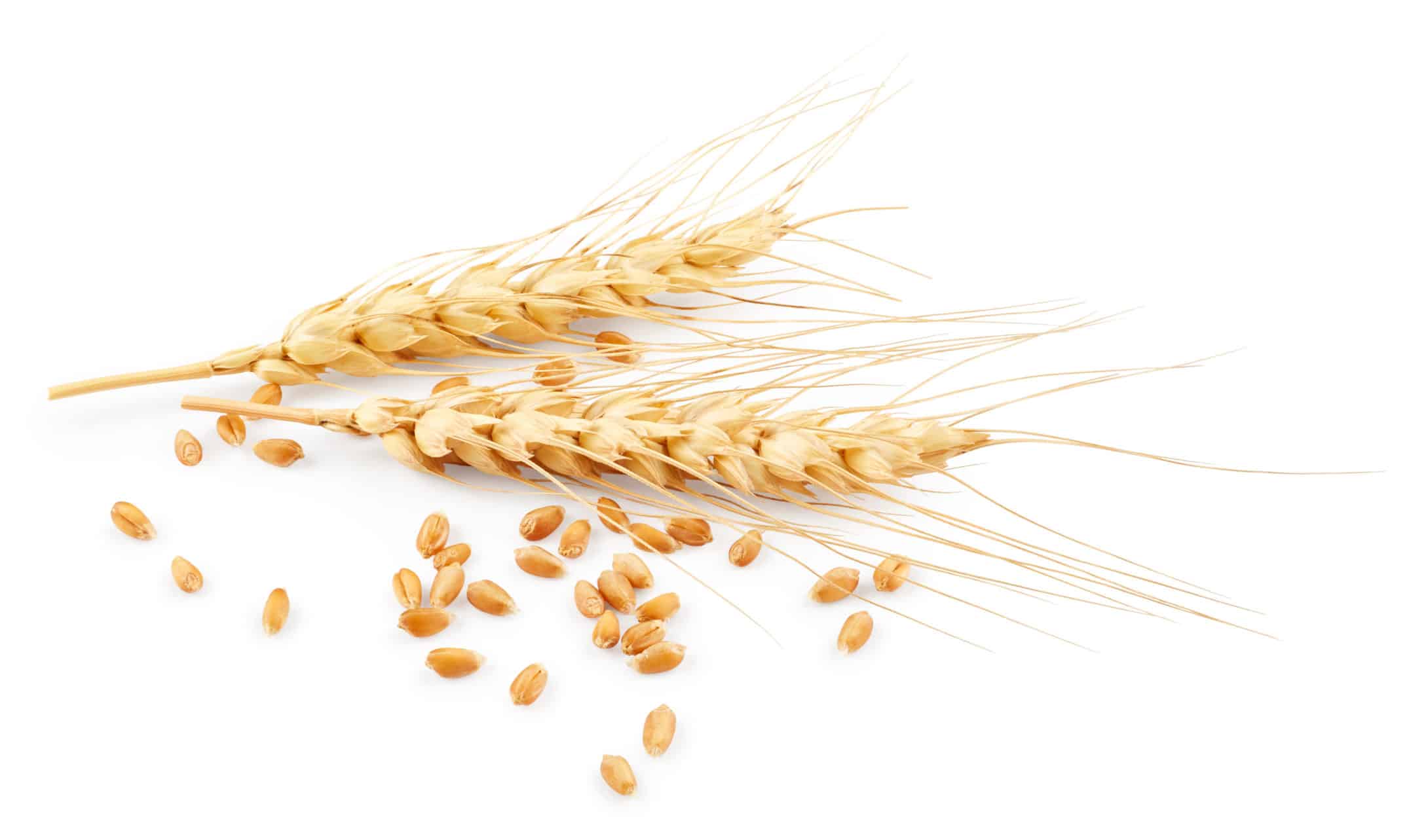
The hydrolysate of wheat protein derived by acid, enzyme or other method of hydrolysis.
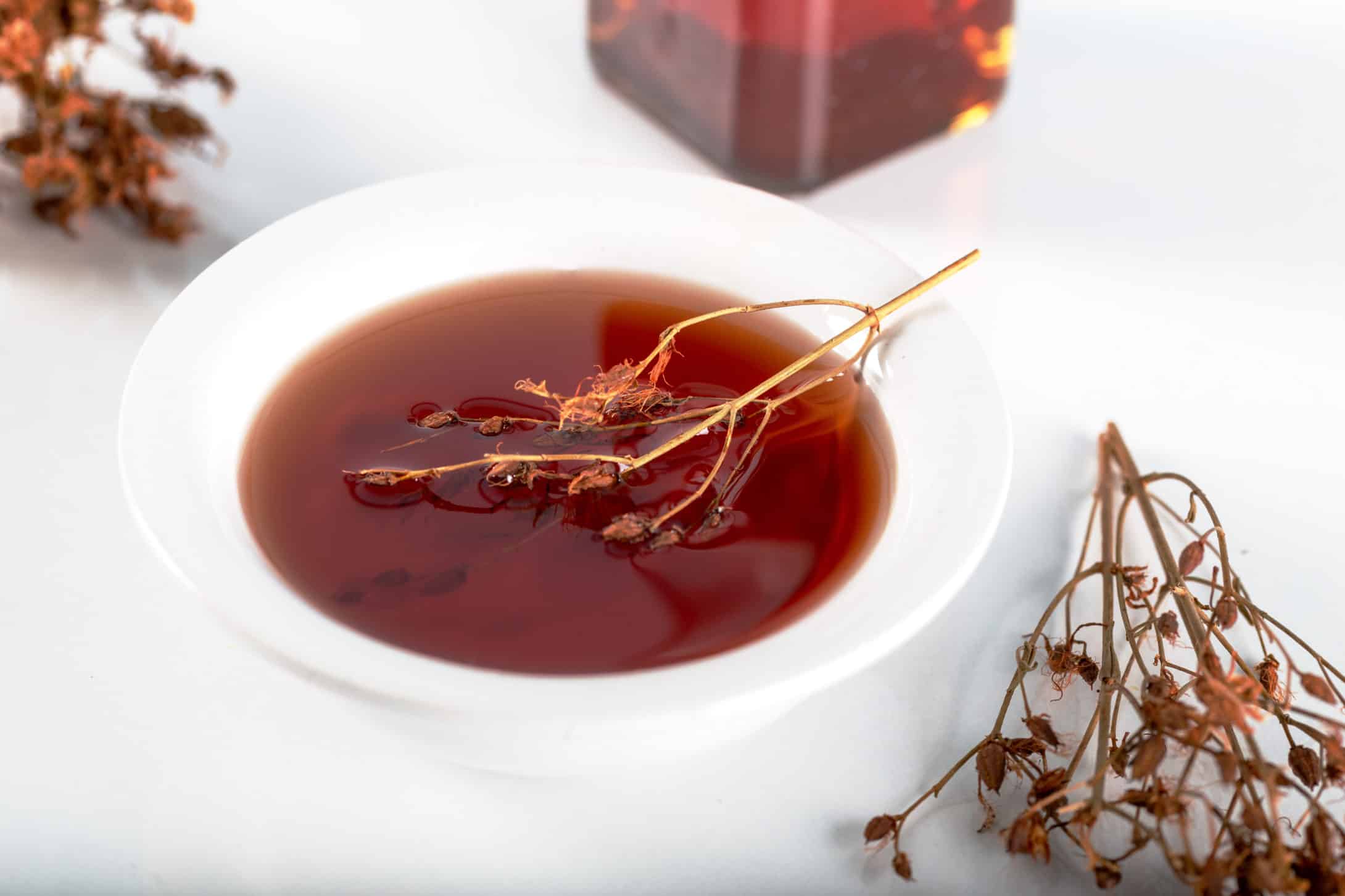
A ruby-red oily extract with strong antibiotic properties, it has been used for hundreds of years for healing wounds.
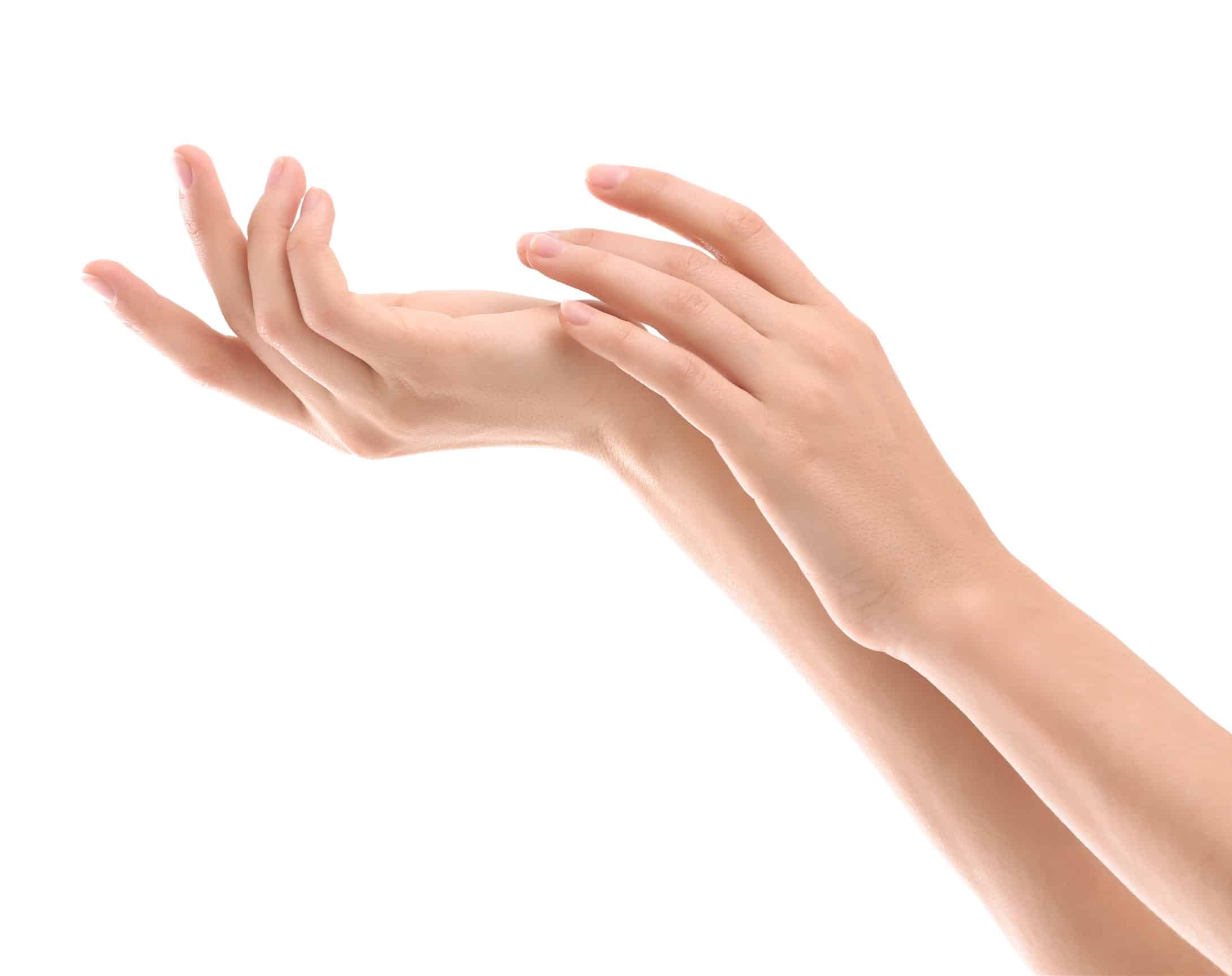
A term used to signify cosmetics that are devoid of “most” allergens and “least likely to cause an allergic reaction.” The term is virtually meaningless since almost all skincare products on the market fit this definition. Furthermore, most products claiming to be hypoallergenic are capable of causing allergic reactions in some individuals.
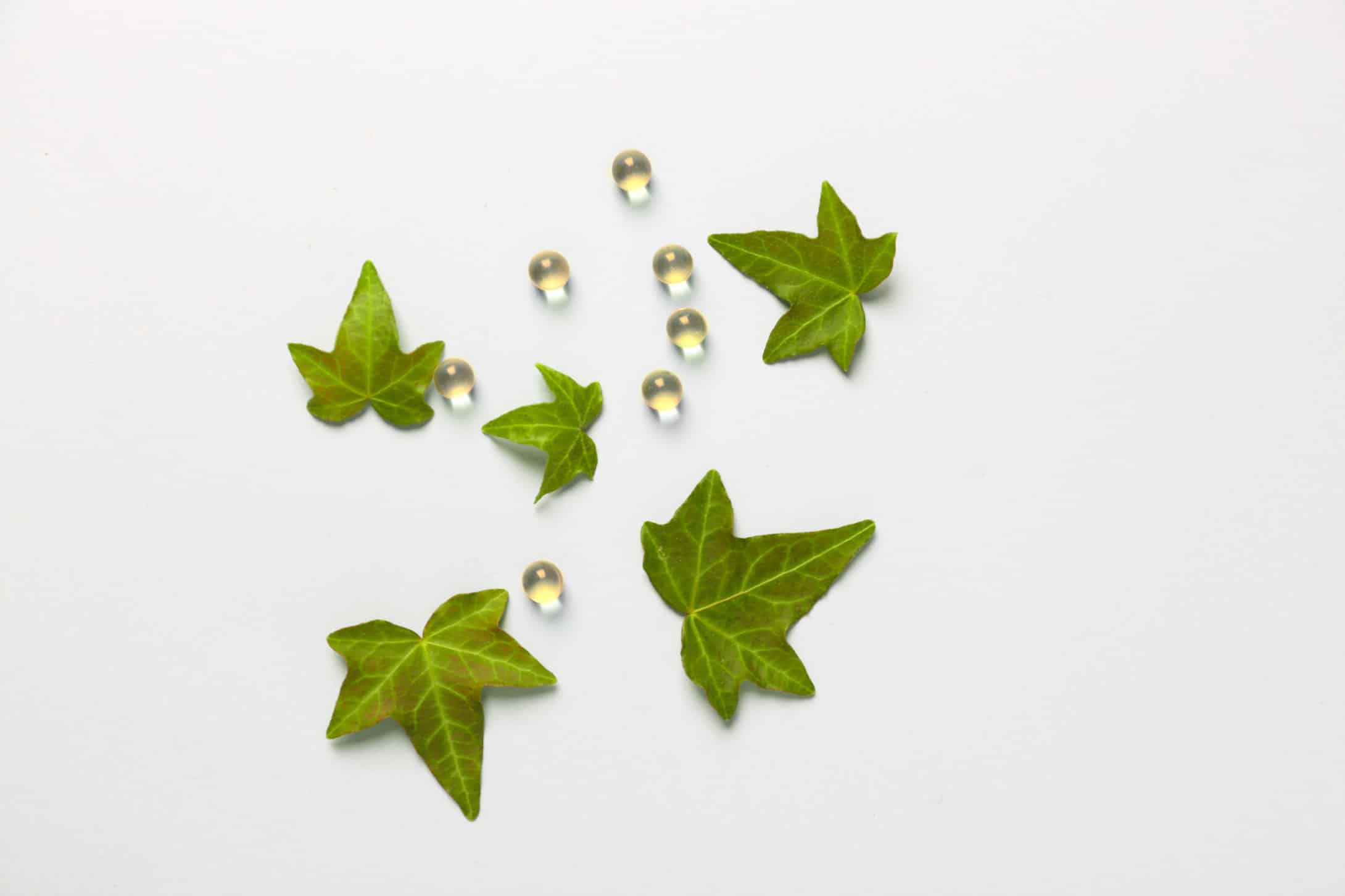
Extract of the climbing ivy plant. Used in skin care products to increase subcutaneous circulation and act as an analgesic on cuts and bruises. Also used in firming creams.
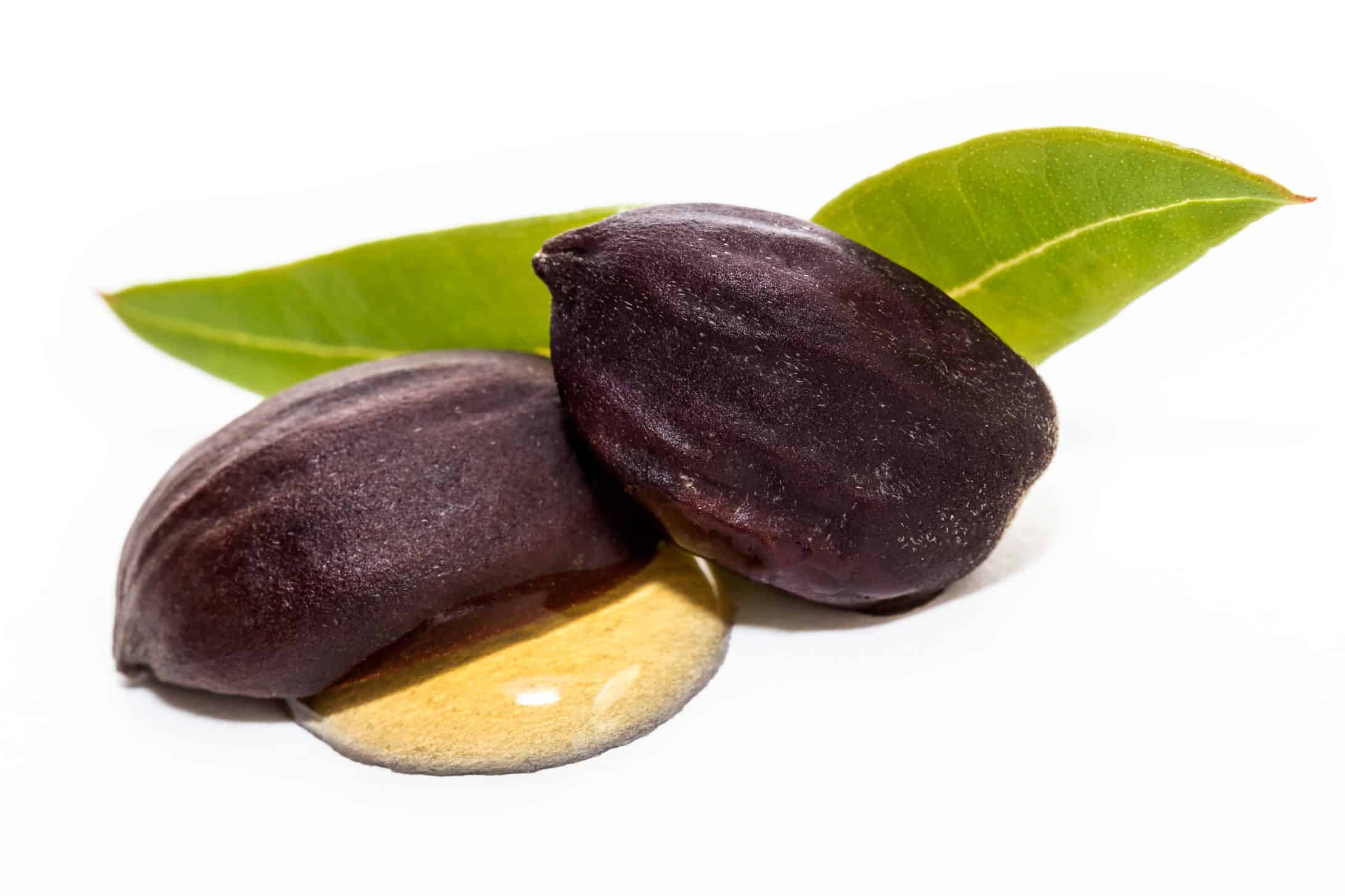
Softens and lubricates the skin.
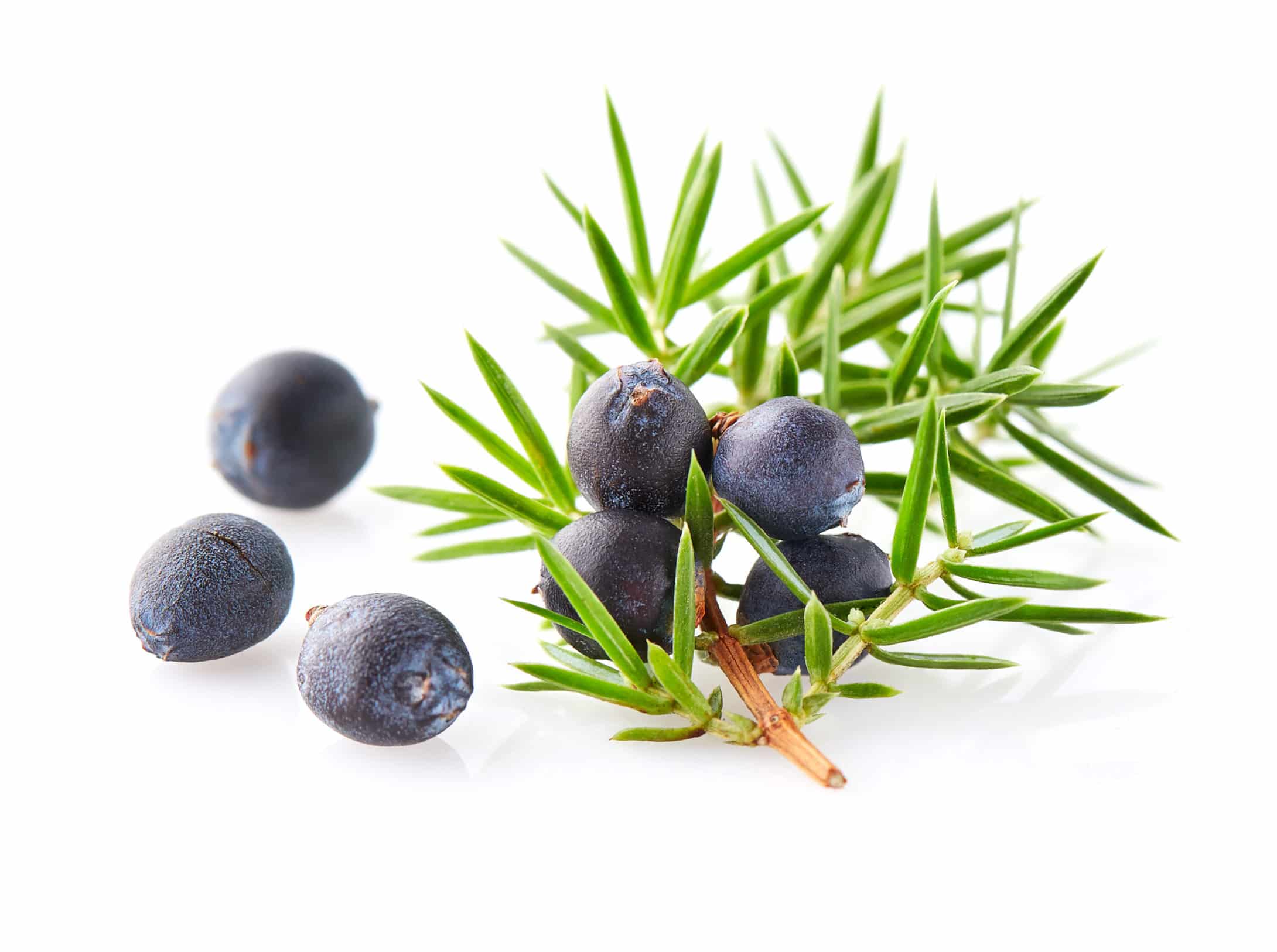
An antiseptic, it is often used to help soothe the skin.
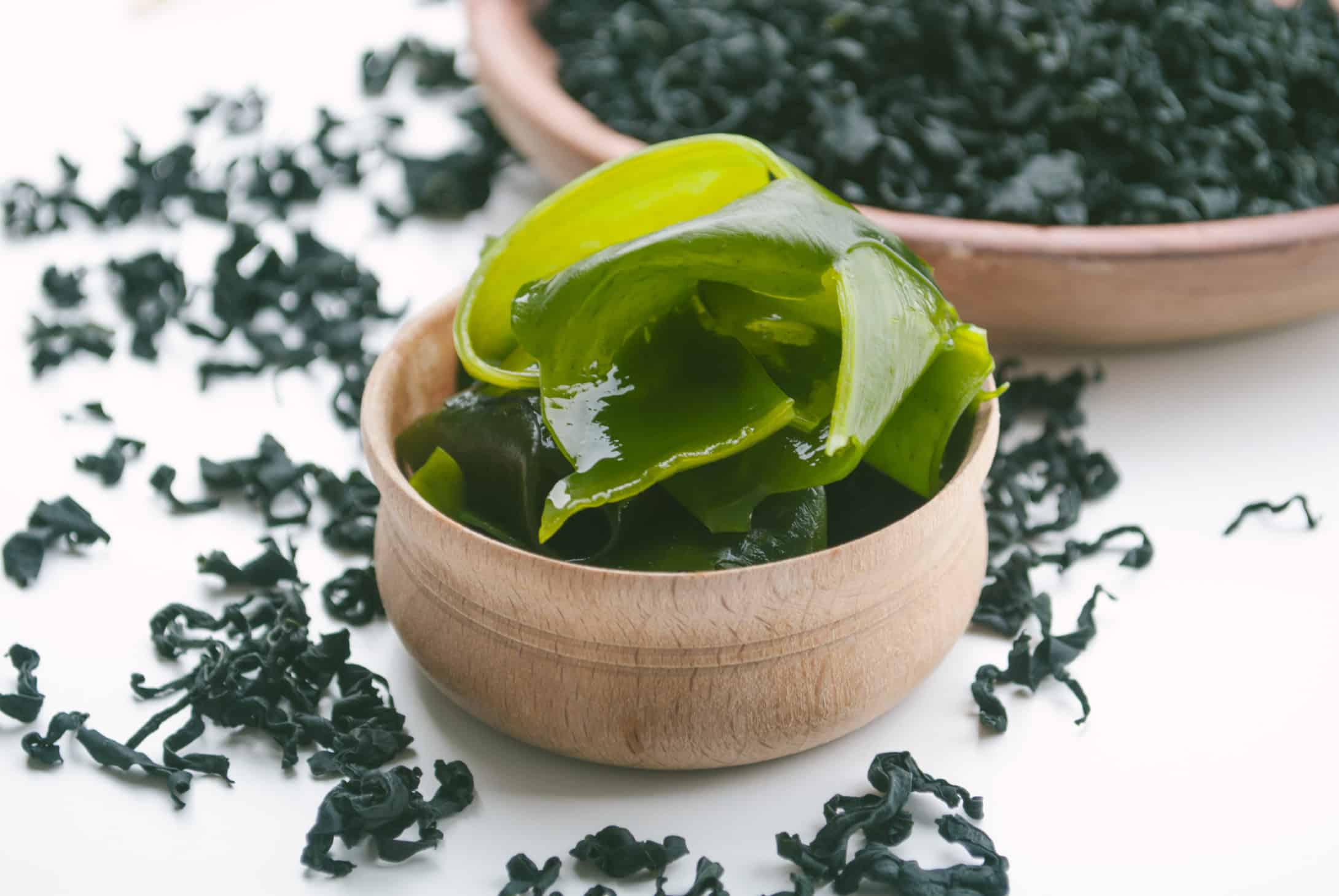
A marine plant counting many minerals that have anti-inflammatory properties. Helps to regulate the texture of skin.
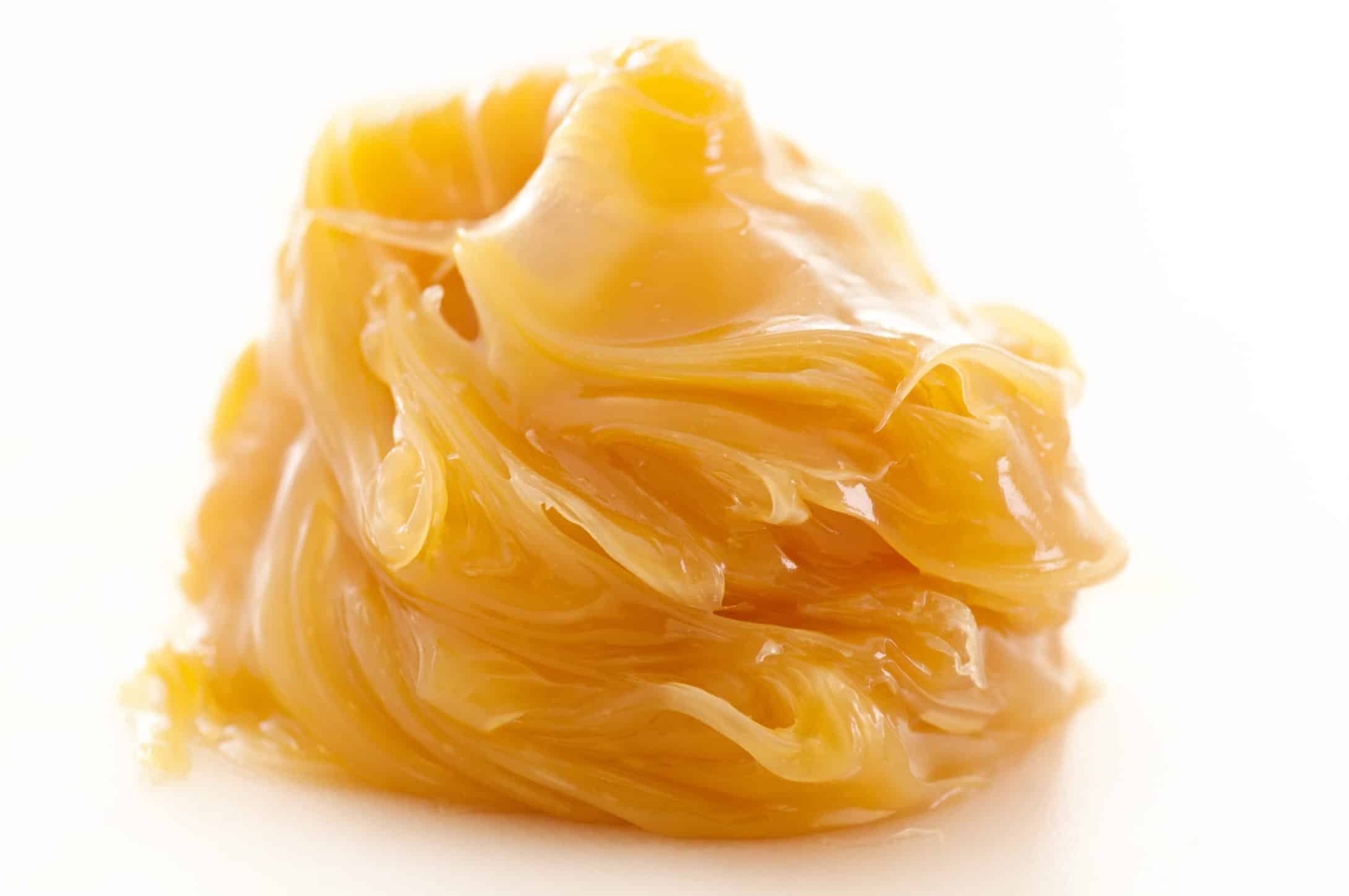
Natural emulsifier and emollients extracted from the wool of sheep. It is water absorbing and holds water to the skin. Fractionated lanolin is pure lanolin oil that has been separated from the waxes and heavier materials comprising lanolin, it is often referred to as “heart of lanolin.”
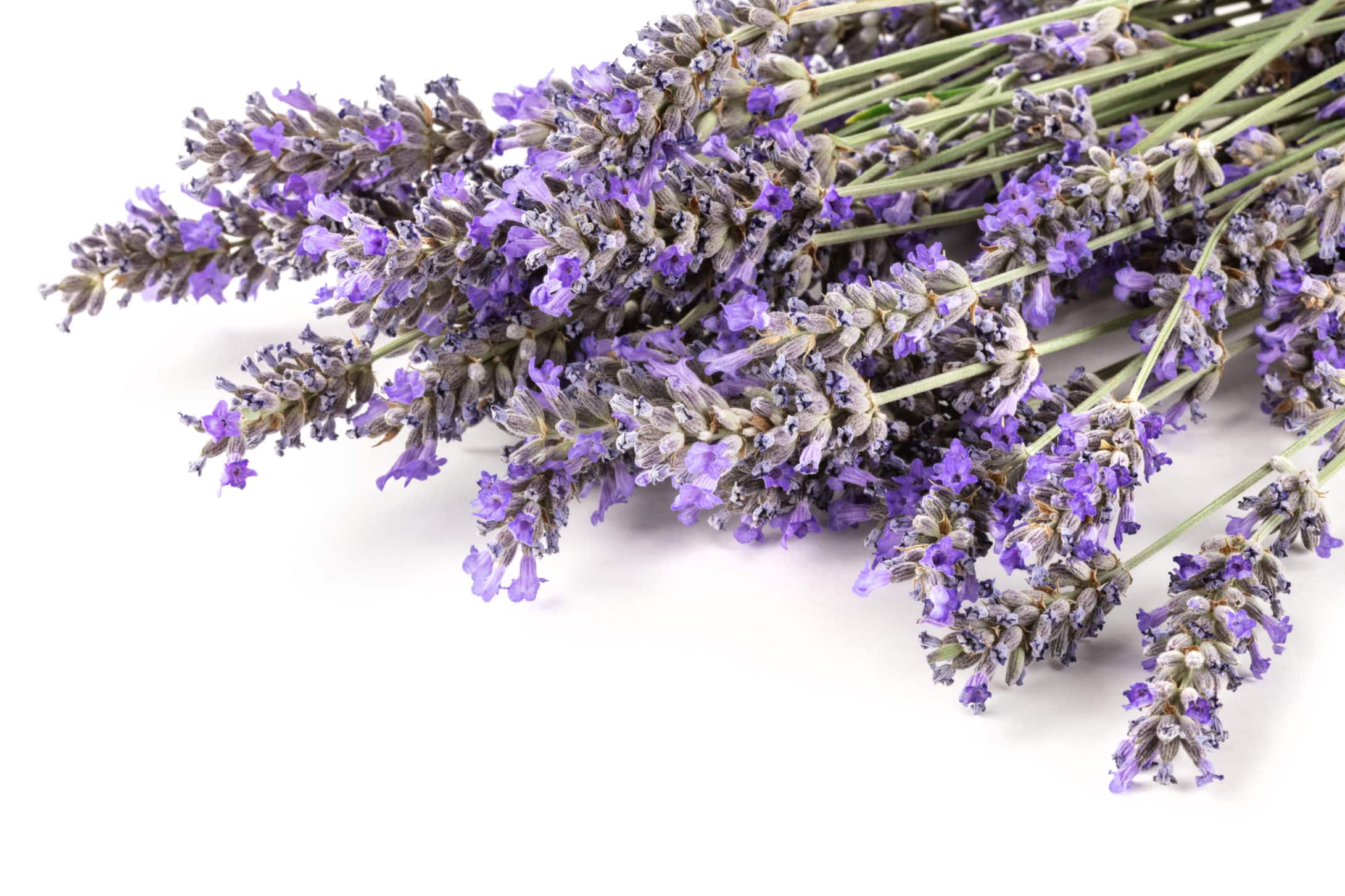
An essential oil extract from he aromatic lavender plant. Used to soften dry skin, known for its antiseptic and soothing properties.
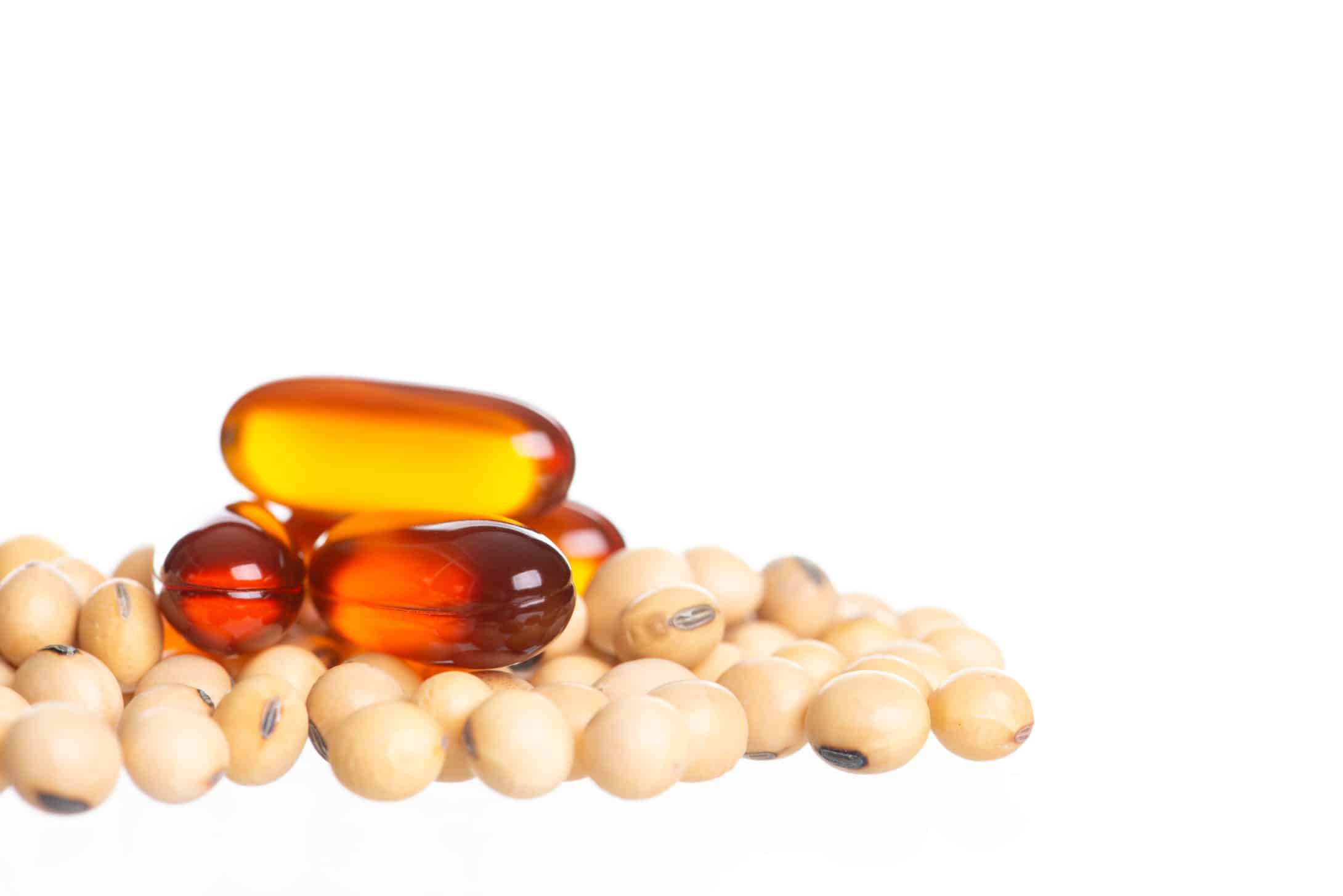
Obtained from soybeans, an antioxidant and emollient.
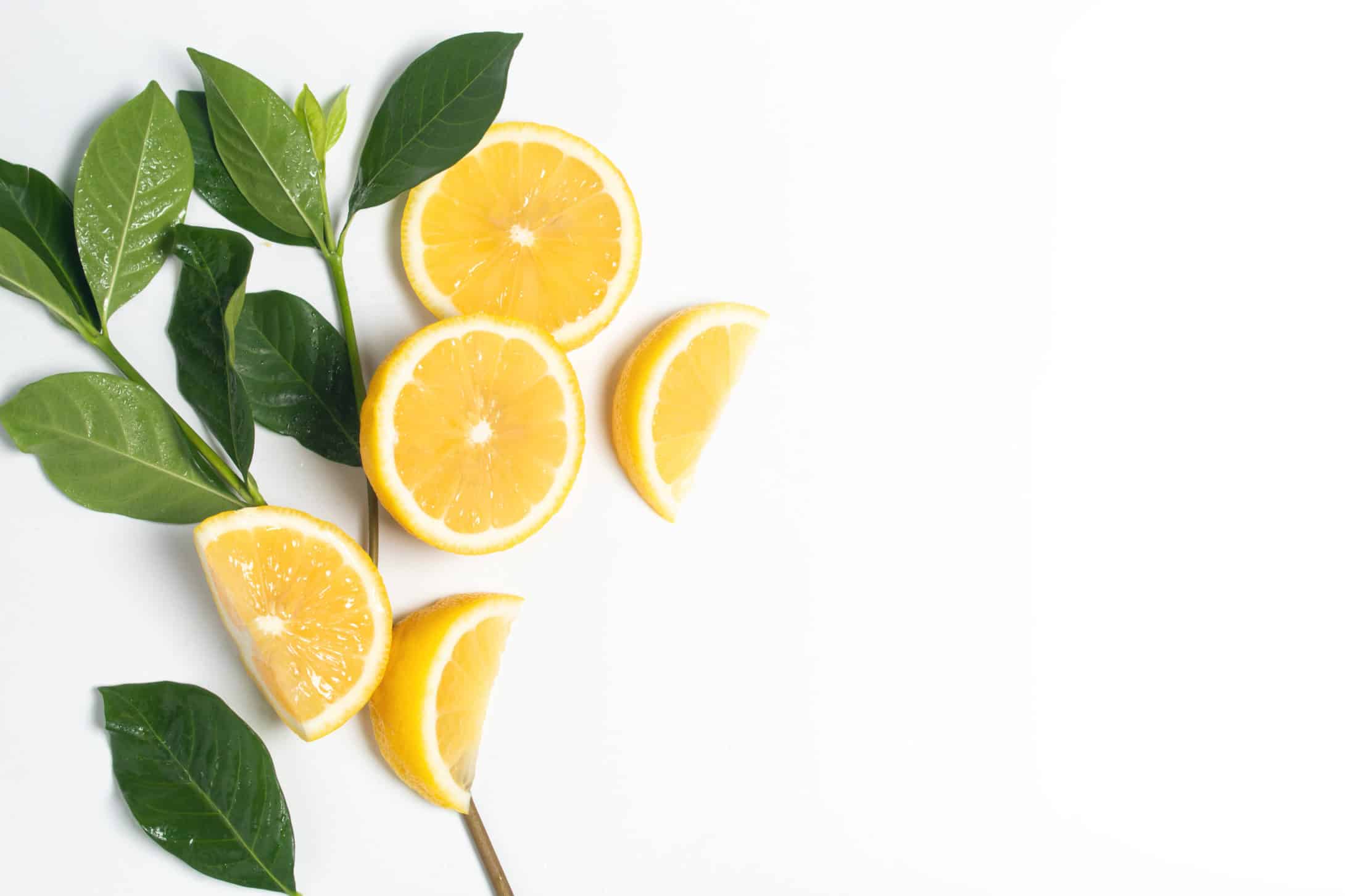
The water soluble portion of the lemon peel used as a source for A.H.A.
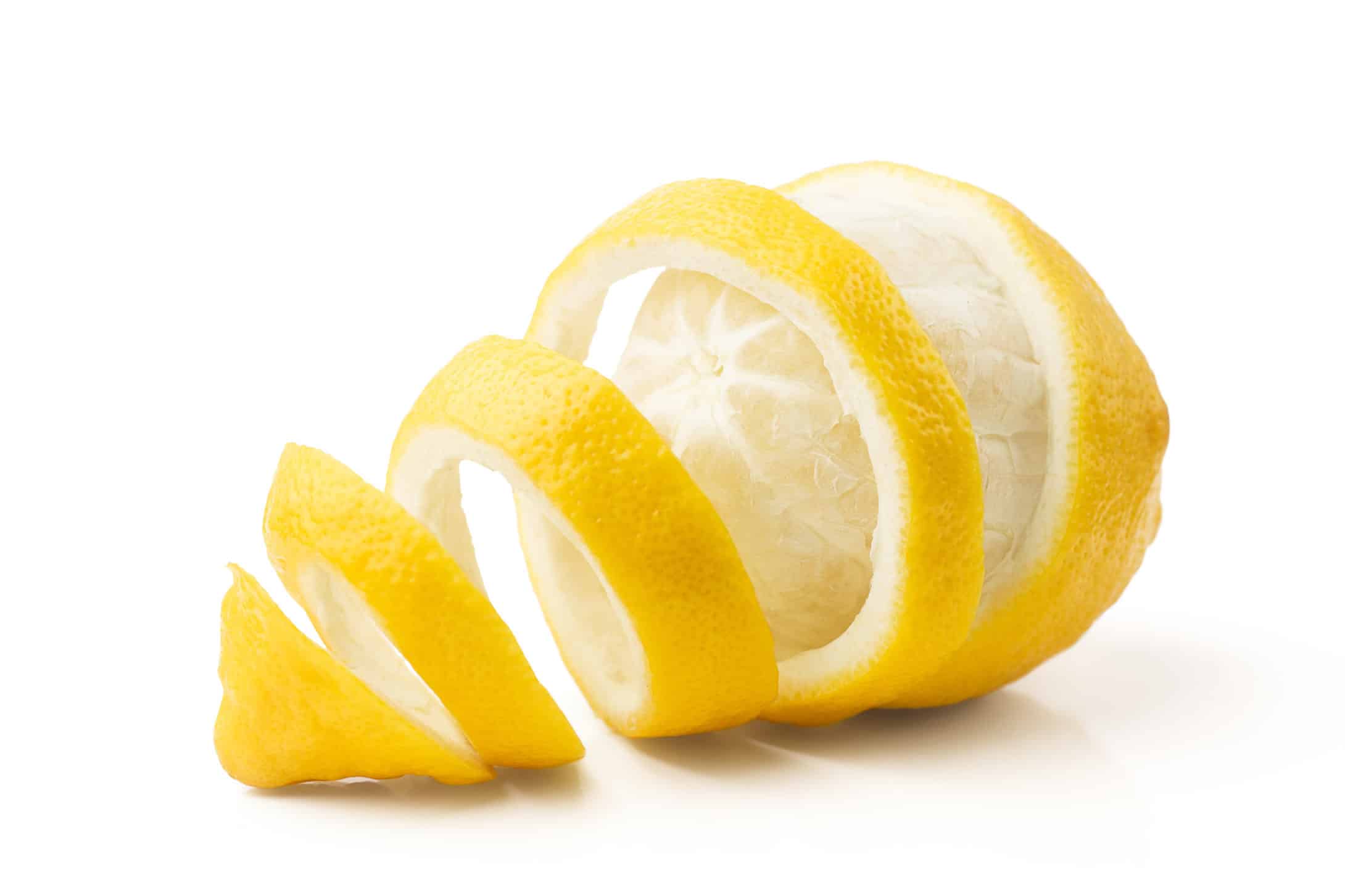
An extract that tones and stimulates the skin with anti-inflammatory and anti-bacterial properties.
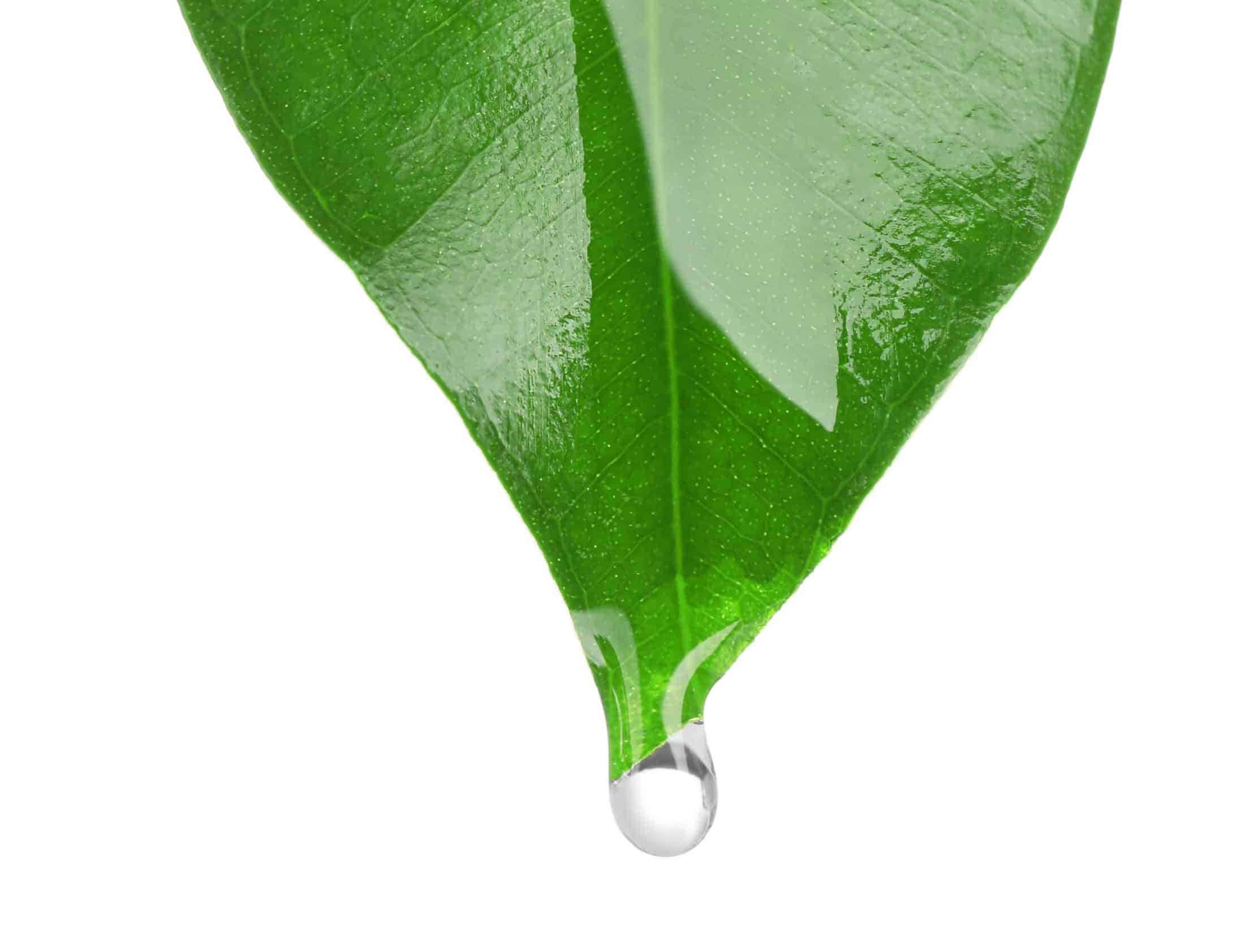
A component of Vitamin F. A trace essential oil.
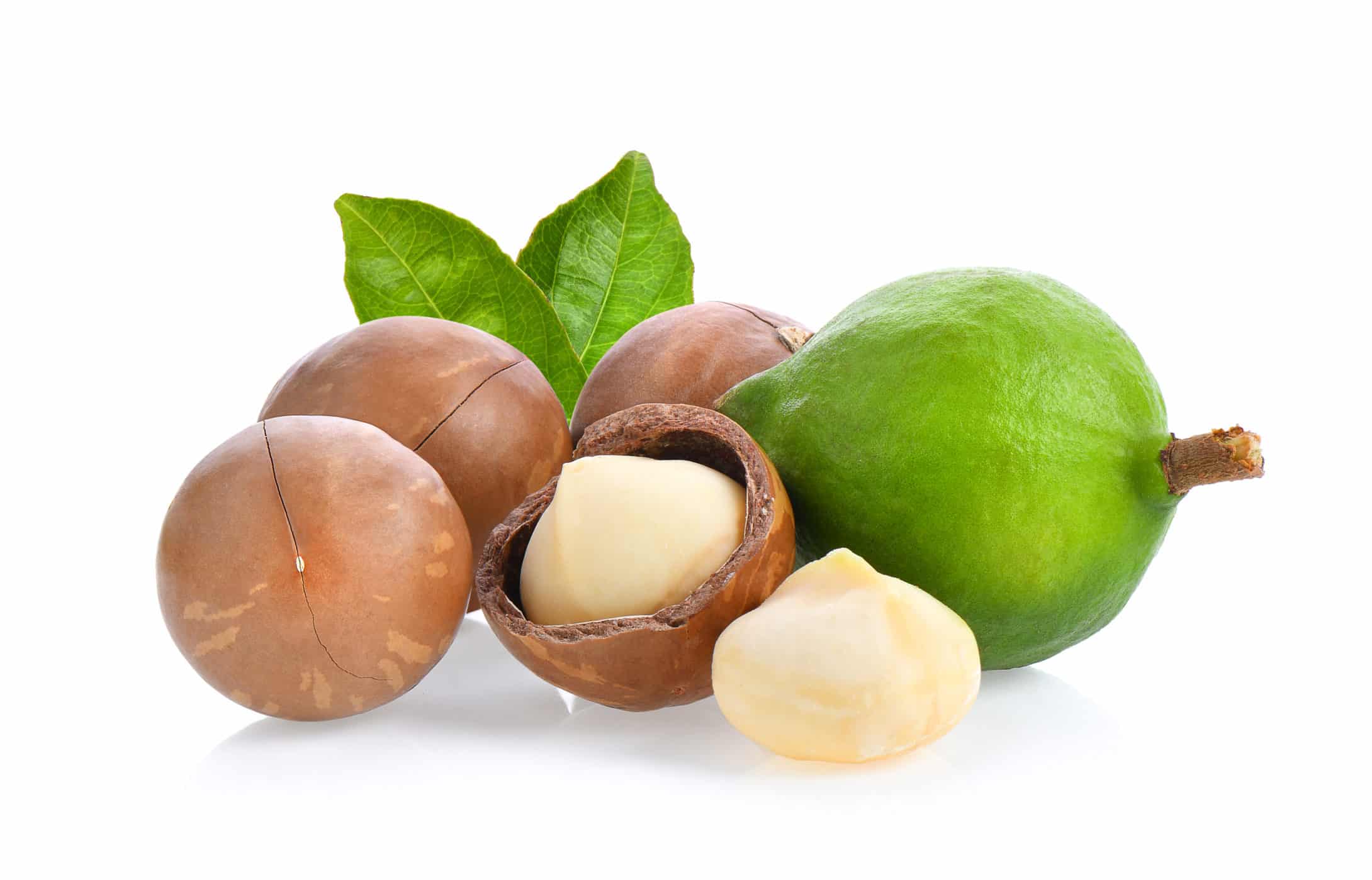
Contains the highest level of palmitoleic acid of any plant oil. This is found in human sebum among the young, with levels dropping dramatically in mature skin. Tones aged or dry skin, heals wounds and penetrates the skin very quickly. Macadamia’s fatty acids are helpful in maintaining the skin’s critical water barrier functions.
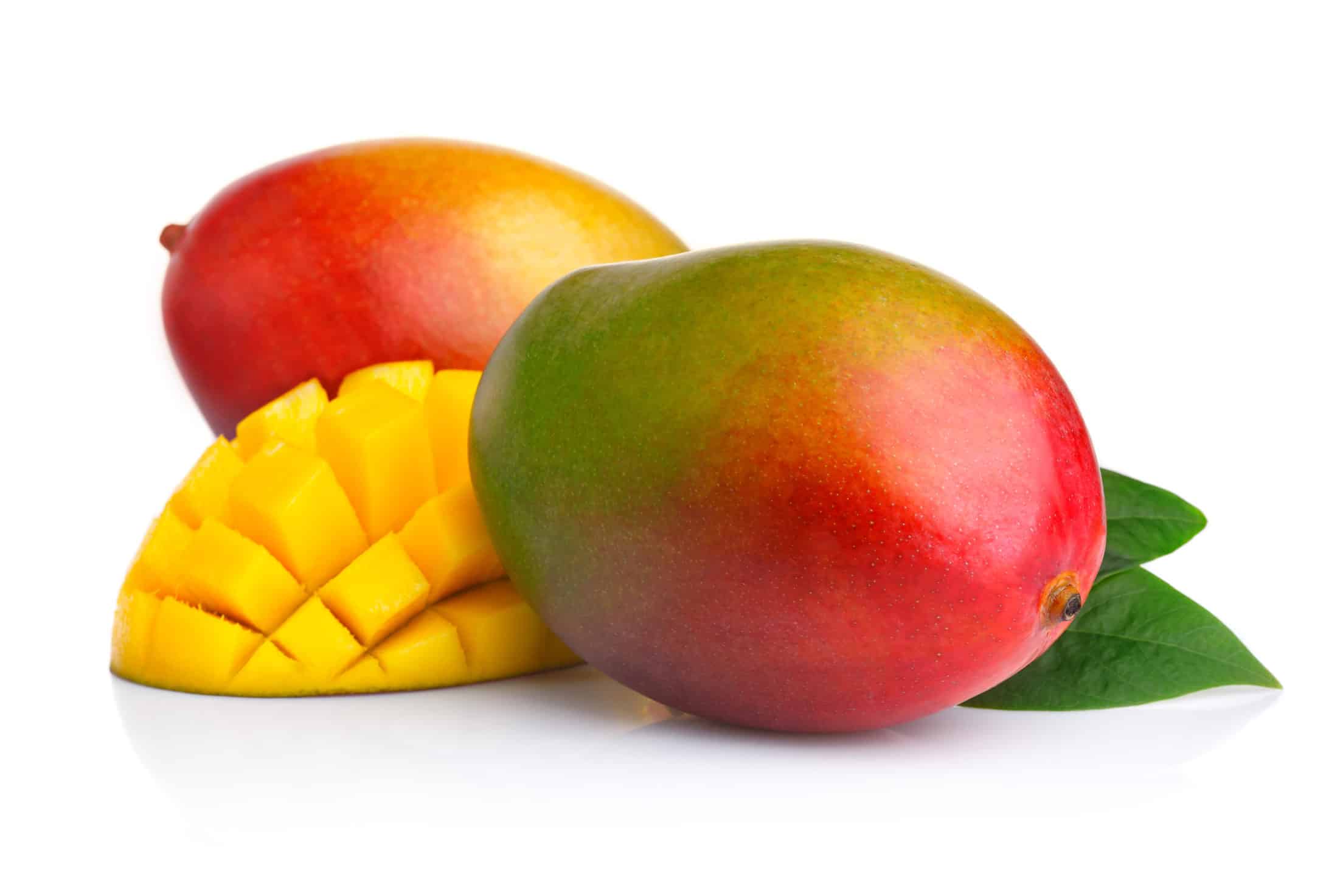
Has natural emollient properties, high oxidative ability, wound healing and regenerative activity. Mango Butter has been traditionally used for its skin softening, soothing, moisturizing and protective properties and to resort flexibility and reduce degeneration of skin cells. It has a protective effect against UV radiation.
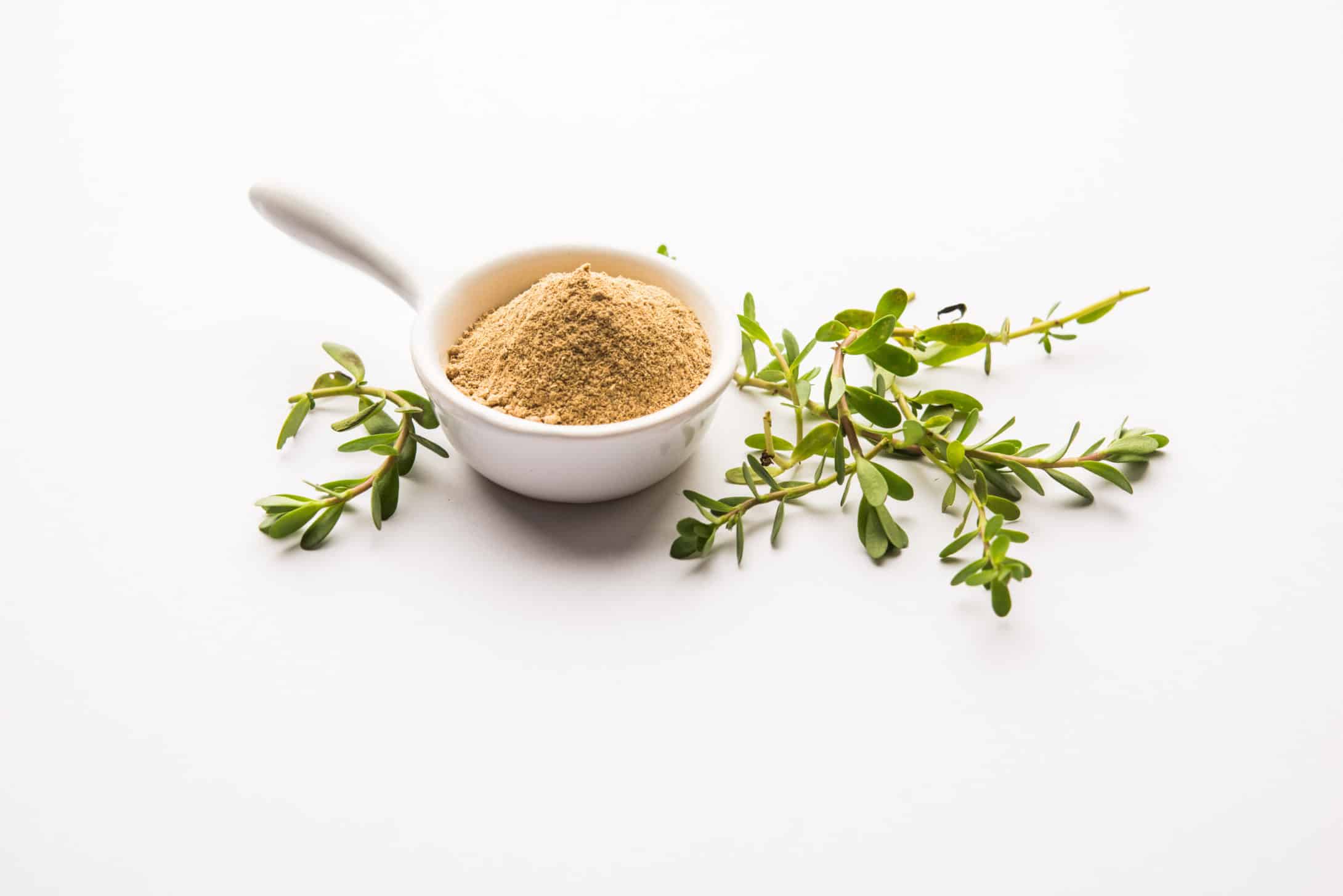
Small proteins that stimulate the production of collagen.
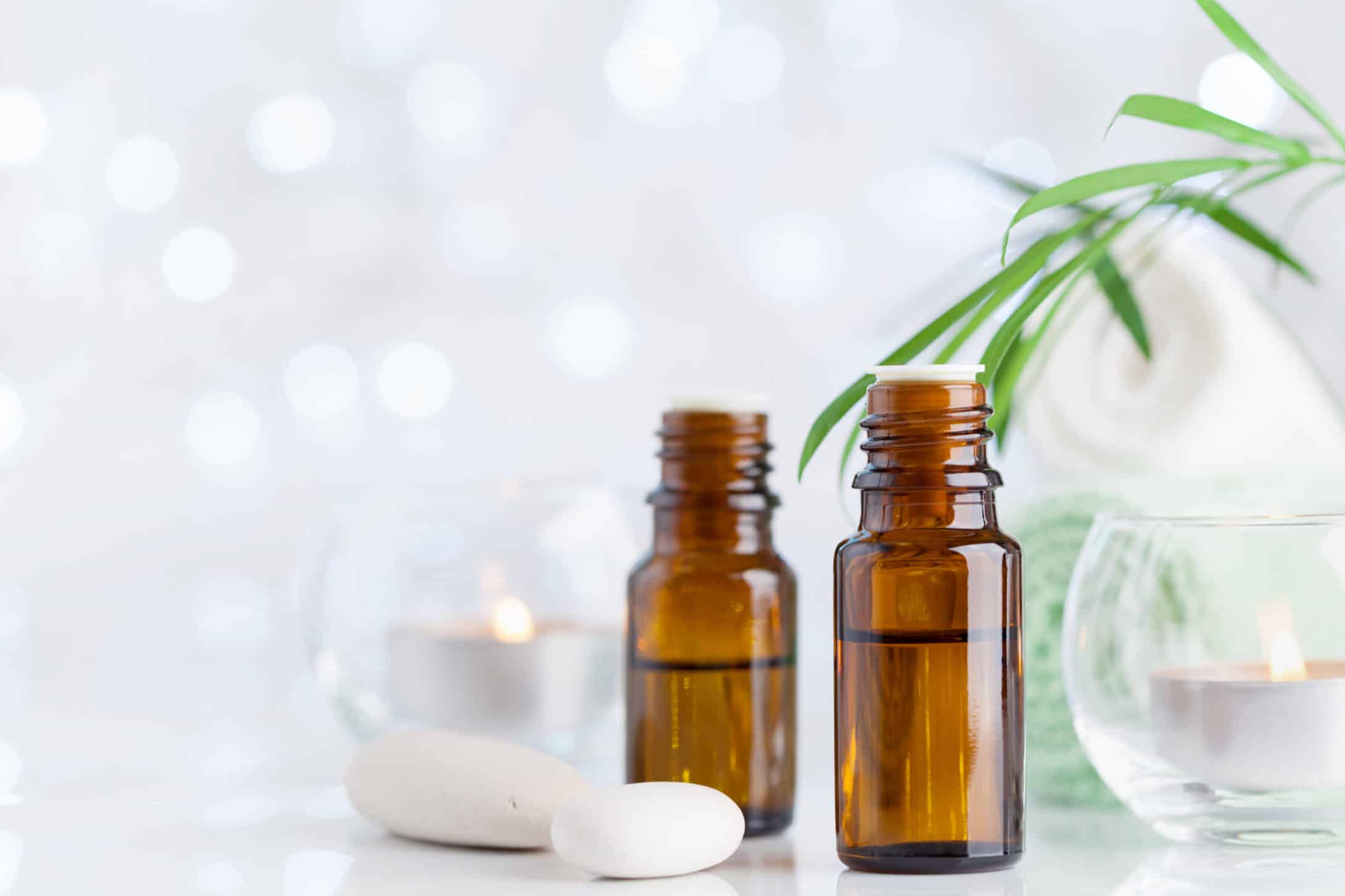
Odorless and clear oil derived from petroleum. Used as a lubricant and to help retard loss of moisture from the skin. Also used as a carrier for other oils.
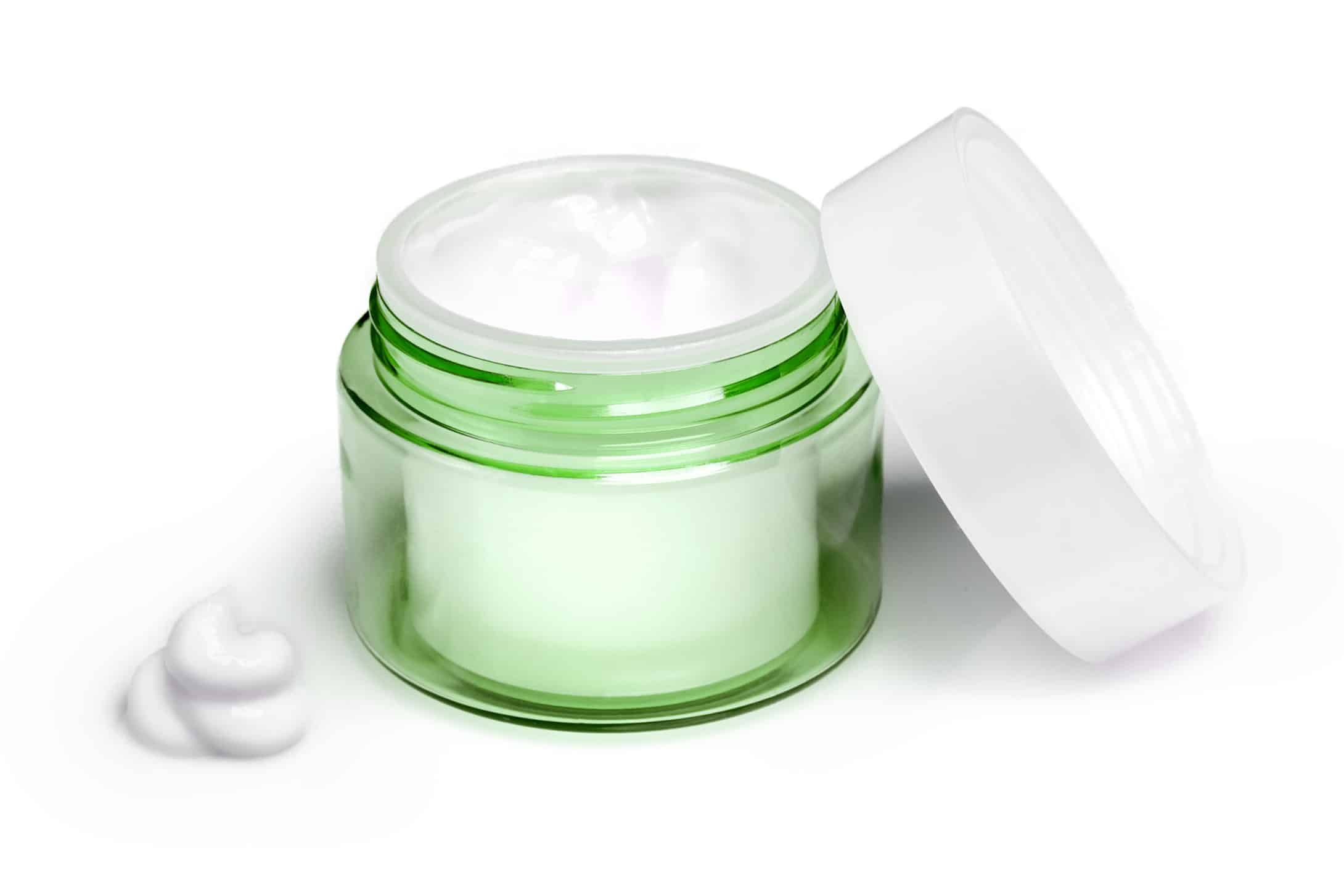
Contains no ingredients known to cause blemishes or clog pores, which can be associated with acne.
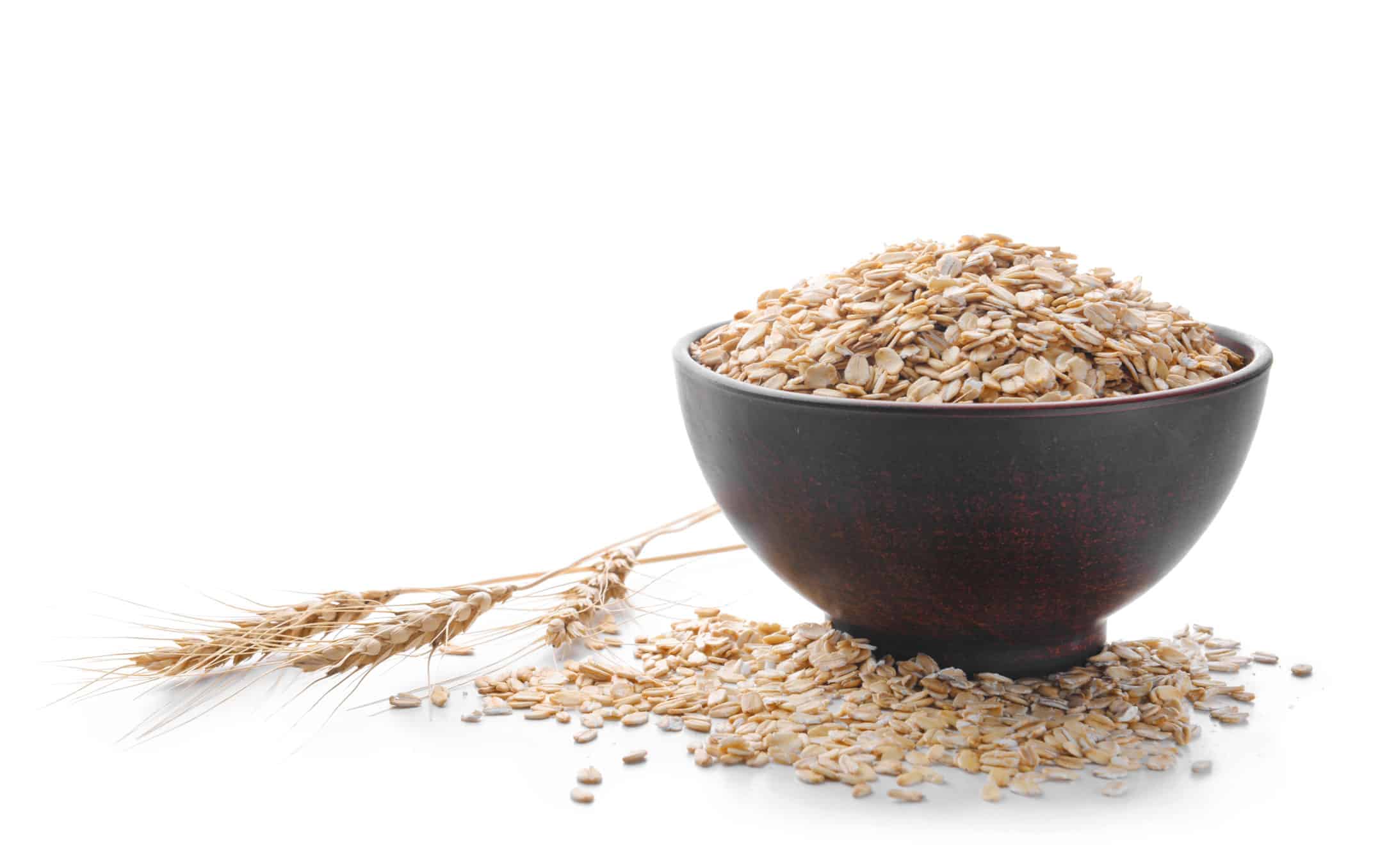
Oats extract is used in producing, anti-aging products as well as in products that are sed to alleviate acne, pimples and to treat problem skin. It has a firming and toning effects and great anti-irritant and anti-inflammatory properties. It helps fade freckles and age spots.
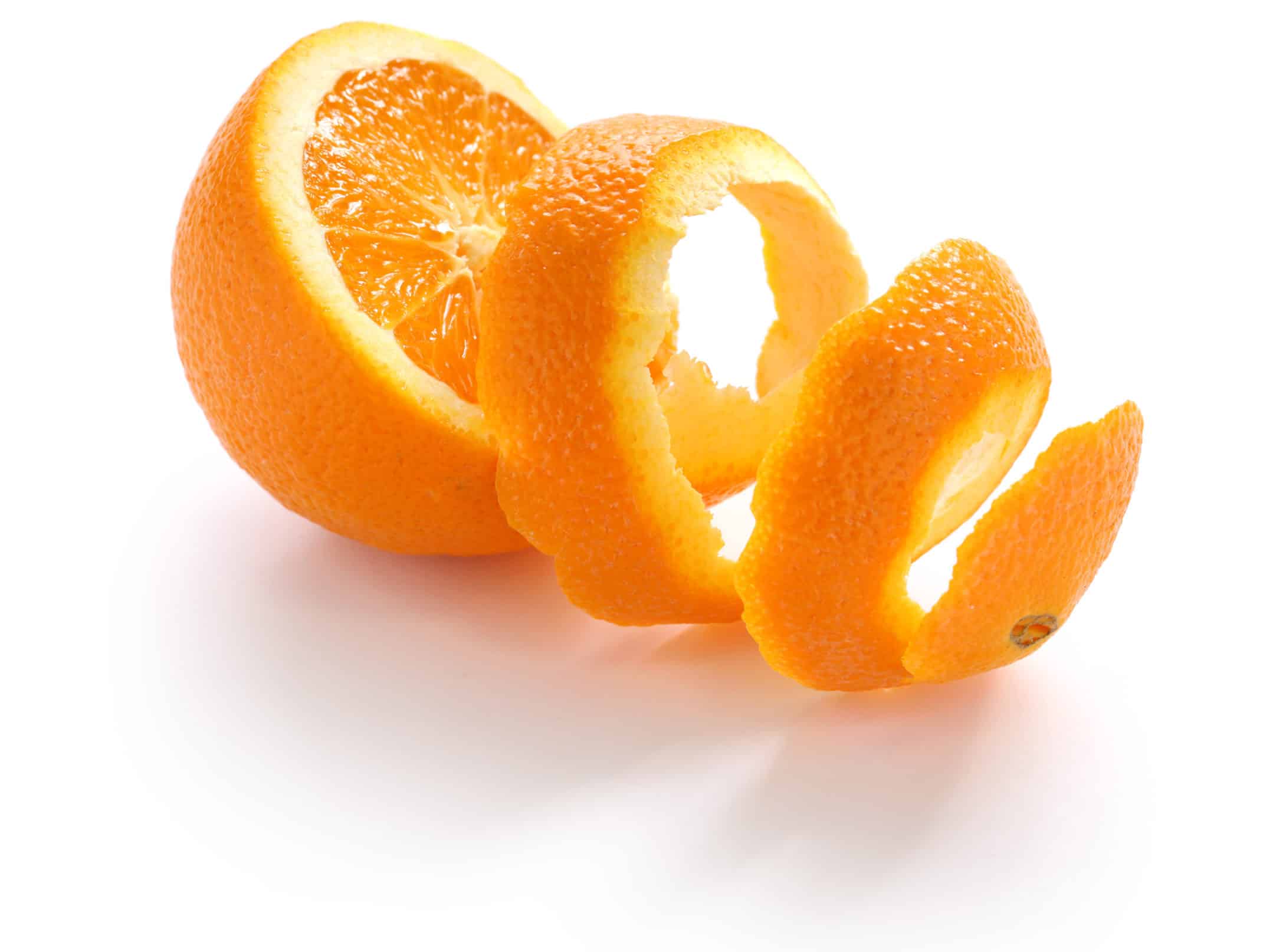
The water-soluble portion of the orange skin and us used as an antiseptic.
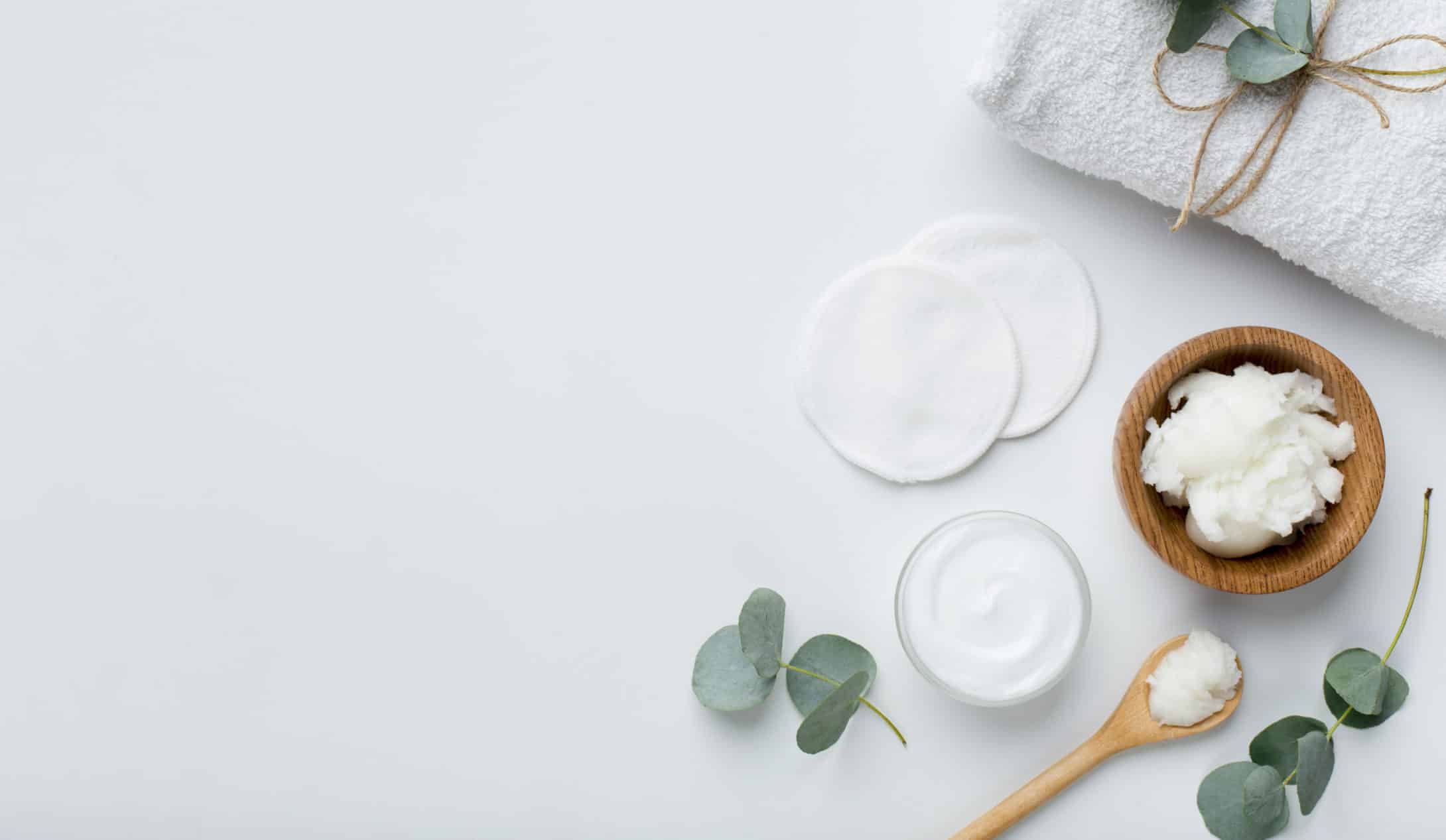
A member of the B-Vitamin complex (B 5) used to promote regeneration of damaged skin. Also moisturizes and puts life back into dry and damaged skin.
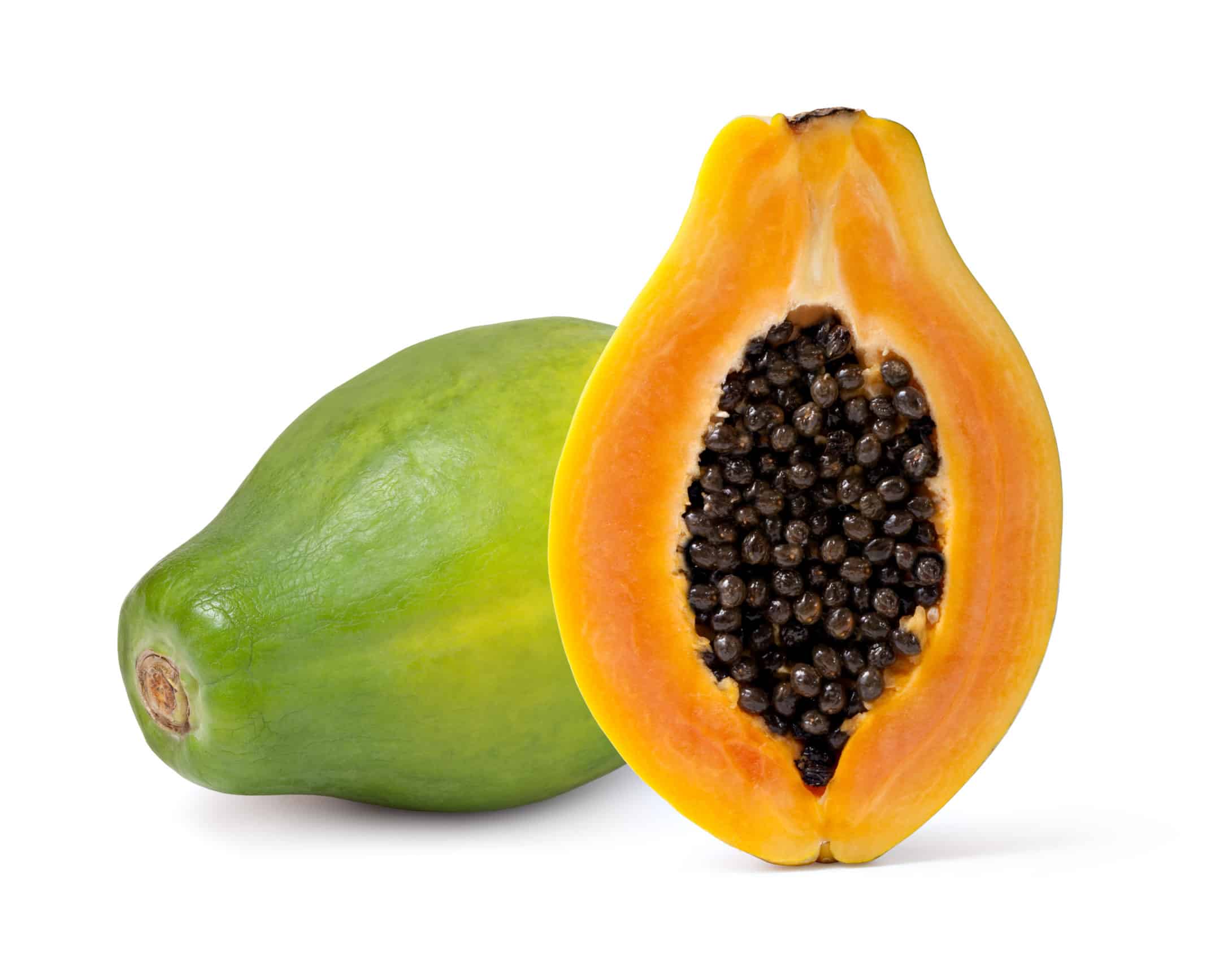
An excellent cleansing material and helps even skin discolorations.
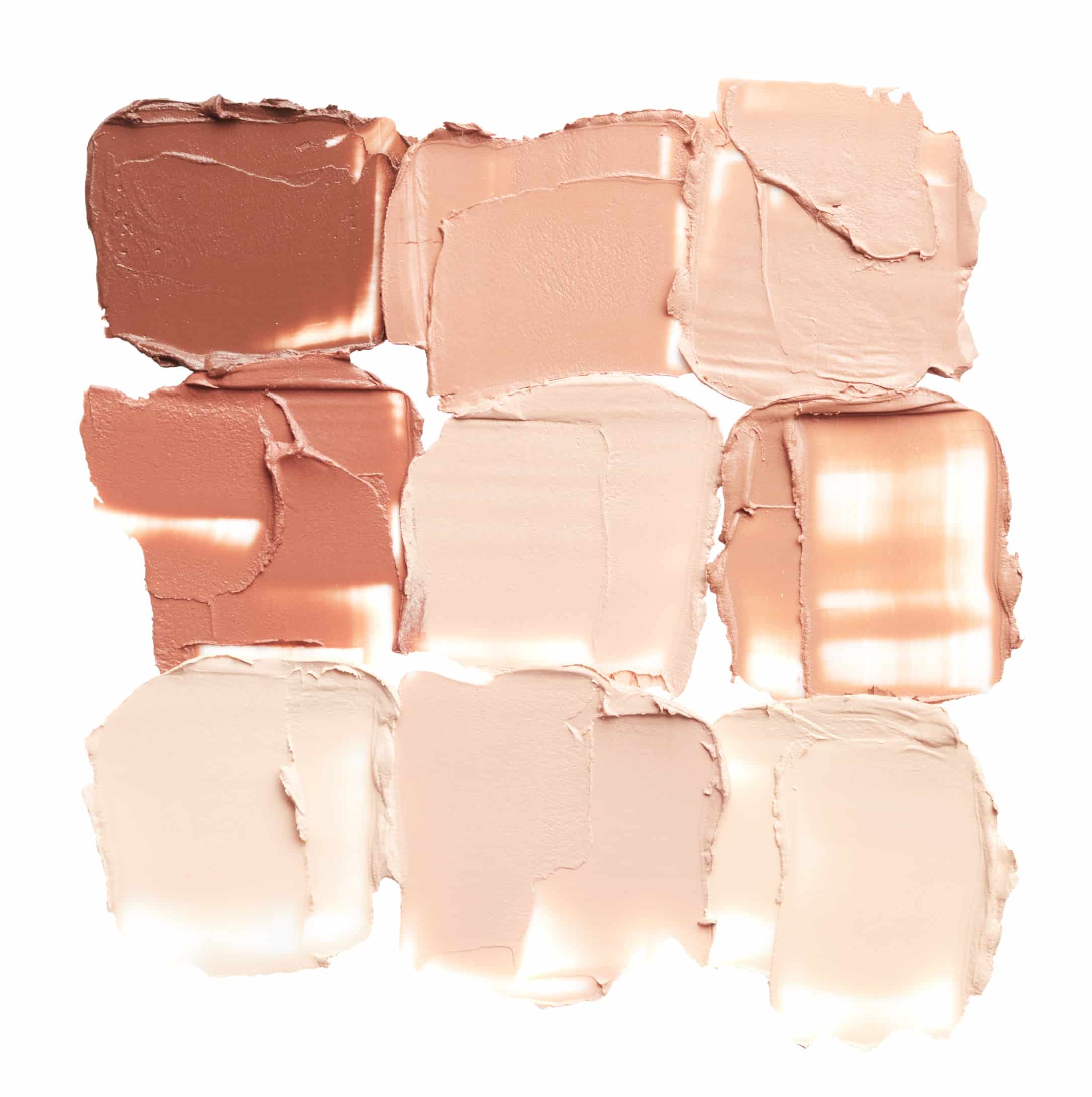
A commonly used preservative derived from Benzoic Acid effective against a wide range of bacteria and fungi. Approximately 90% of all skin care and cosmetic products use parabems. They are used in food products as well. There is research showing that in animal models parabens can have weak estrogenic activity. Whether there is any health risk for humans using products with parabens is unknown. Parabens are not the only substances that may have estrogenic effects not eh body. Parabens show up in the analysis of human tissue but, as yet, there are no conclusive studies to indicate whether it is the consumption of parabens or their application to the skin that is responsible for their present in the tissue. What the presence of parabens in human tissue means is unclear. The other important factor to consider is that prawns have been widely used for decades, generating few questions regarding safety. Alternative newer perspectives have not been adequately evaluated for potential health hazards.

A cleansing, astringent and anti-inflammatory material.

The scale used to measure acidity or alkalinity. The pH substance is rated on a sale of 1 – 14. pH 7 is neutral. (Water is pH 7). Any pH below 7 is acidic; any pH above 7 is alkaline. The skin is mildly acidic generally in the pH 4.5 to 5.5 range.
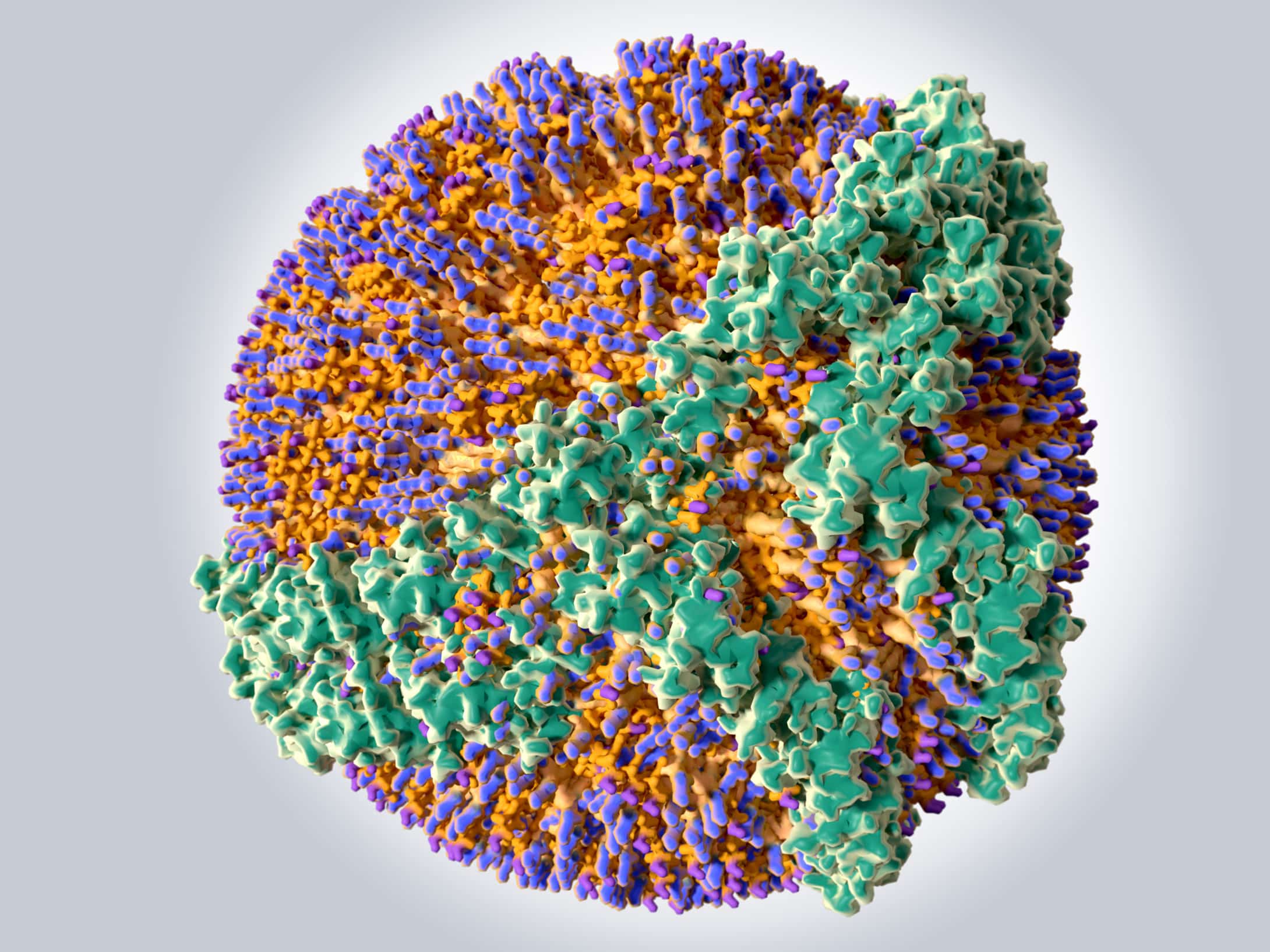
A primary component of cell membranes that stabilizes creams and lotions without irritation surfactants. The unique affinity of this membrane lipid to the skin enhances the bioavailability of active ingredients in products and provides controlled release of ingredients to skin cells. They help hydrate and soothe while giving a very rich feel to skin care products.
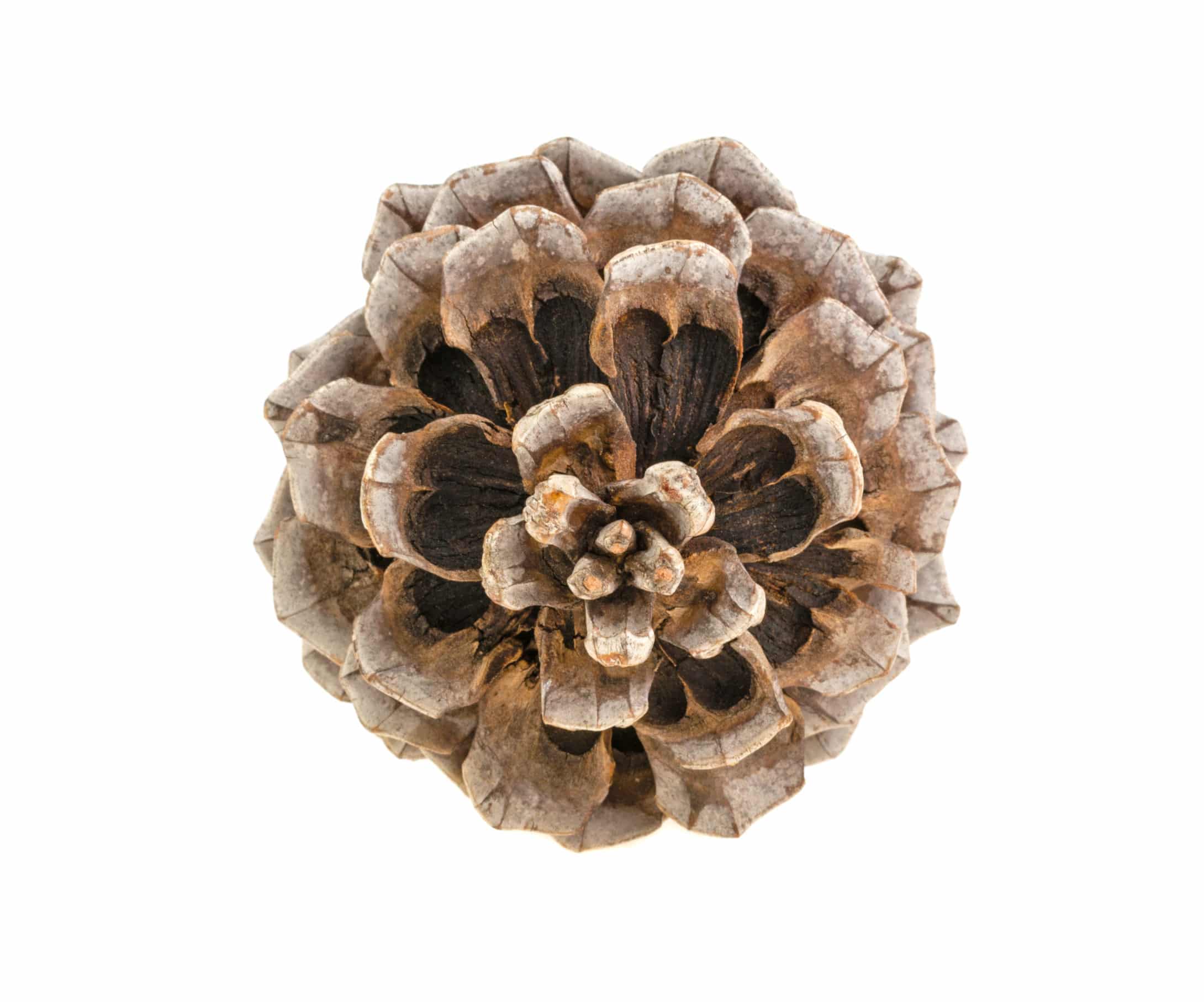
Contains powerful antioxidants called oligomeric proanthocyanidins, or OPCs for short, effective at protecting skin down to its structural leave. It helps strengthen and repair tissues made of collagen and increase the effects of Vitamin C. Studies show the OPCs in pine bark extract help reduce swelling and inflammation in the body.
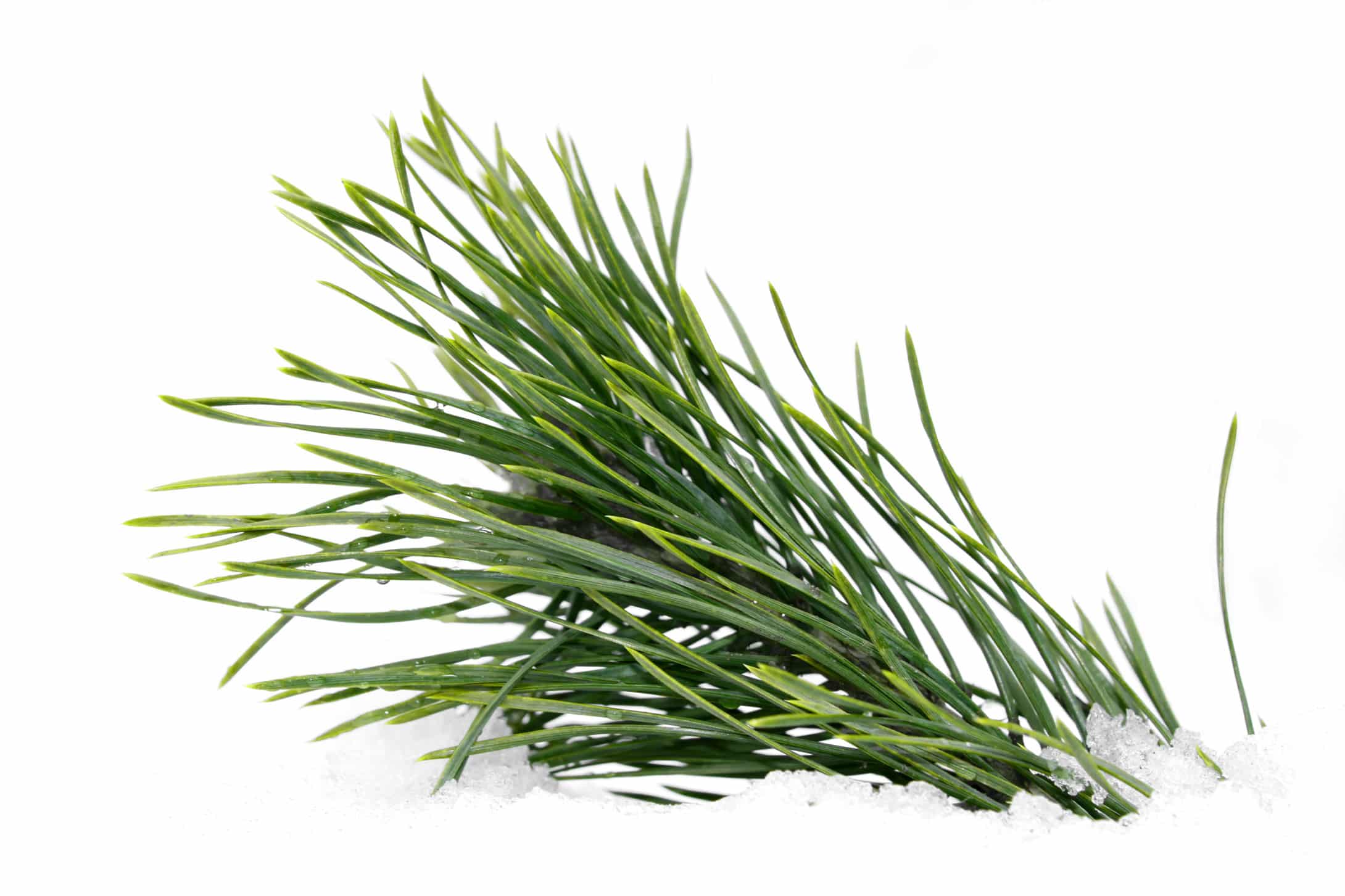
Derived from the Evergreen tree, this fragrant extract stimulates circulation. Antiseptic and drawing properties help prevent and teat infections in skin wounds.
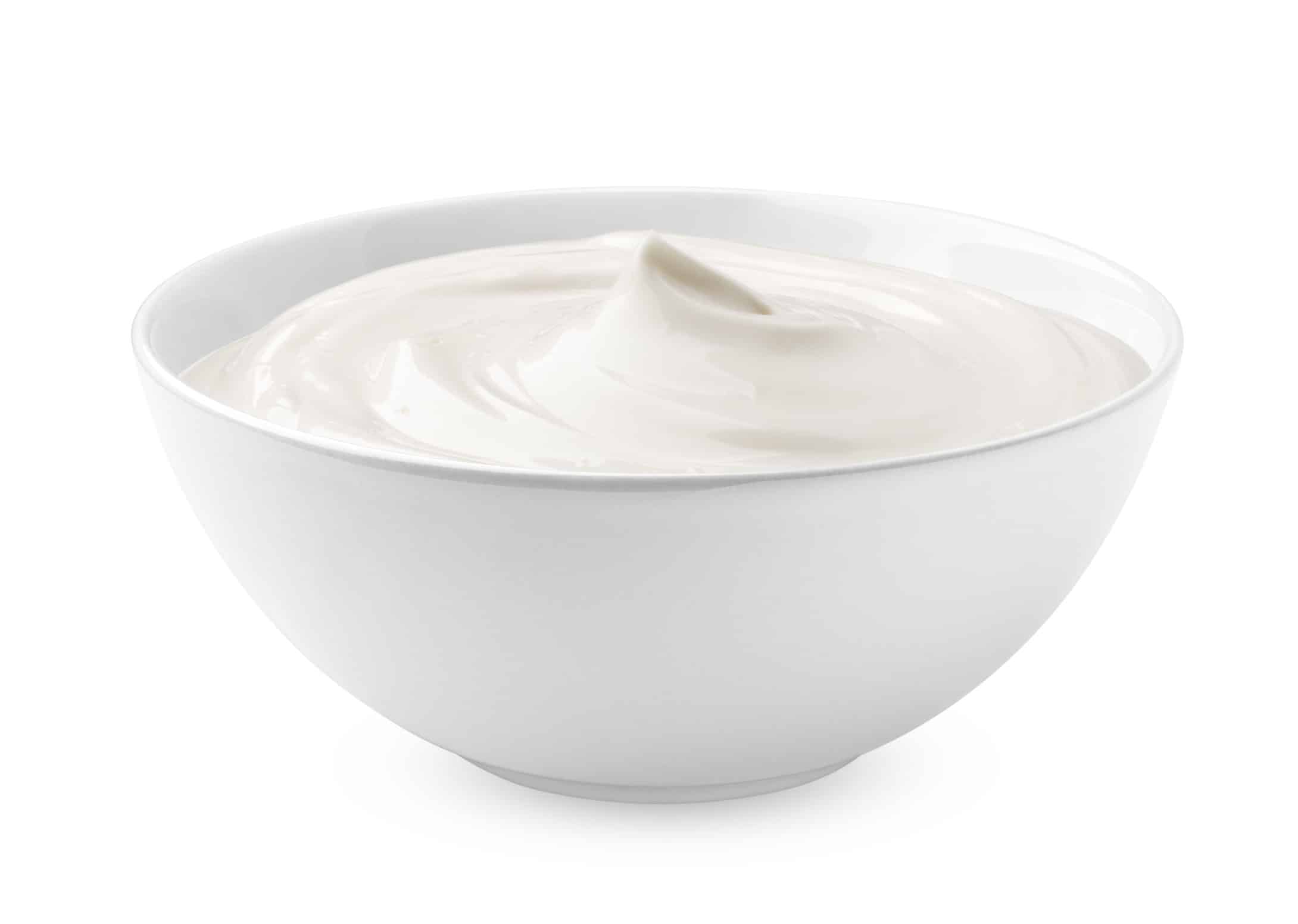
An ingredient derived from Sorbital. Known for its “water loving” properties. Used as an emulsifier to keep lotions and creams stable.
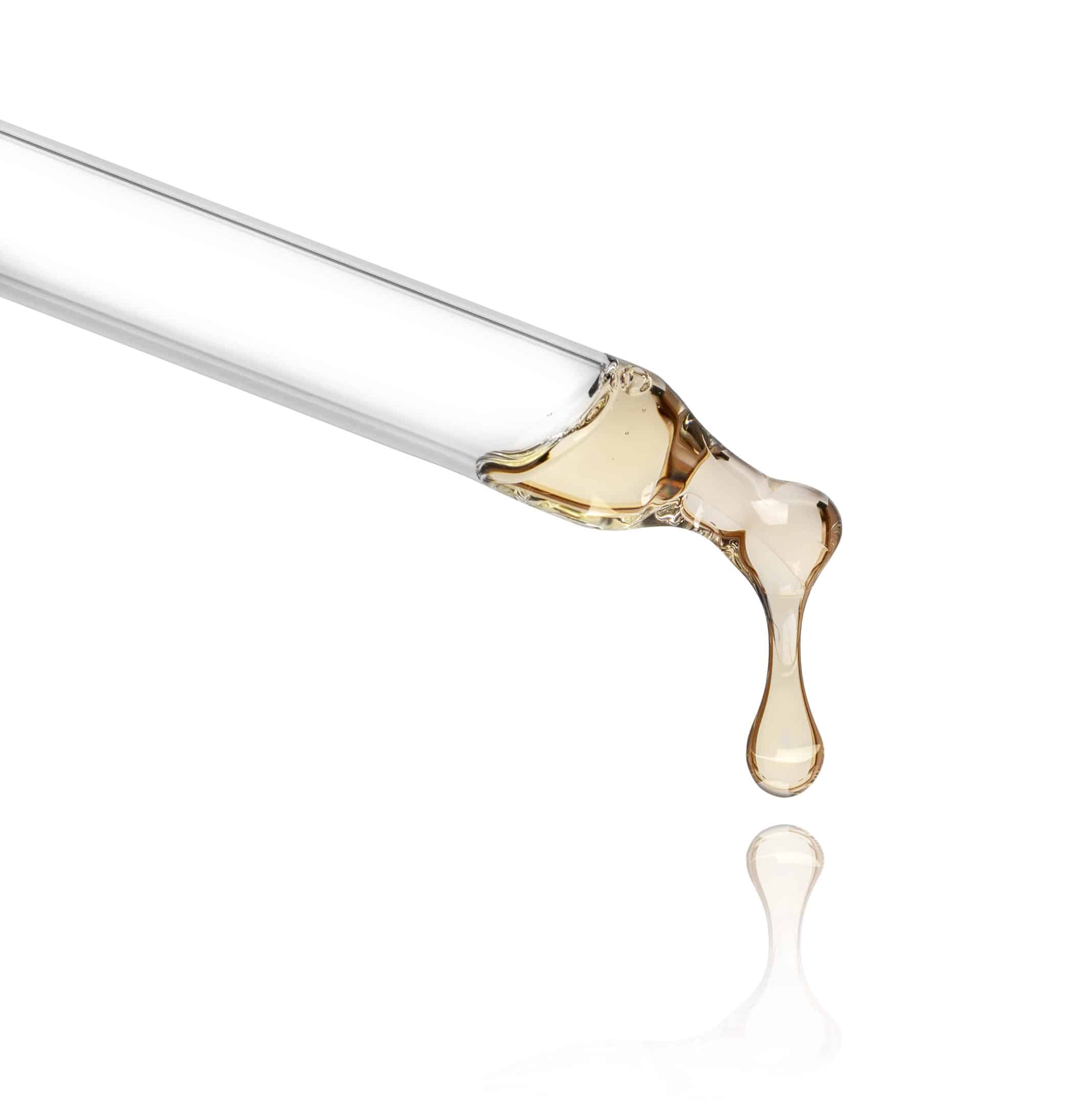
A humectant said to be the most common moisture-carrying vehicle because of its water-binding properties. It penetrates well through the skin.
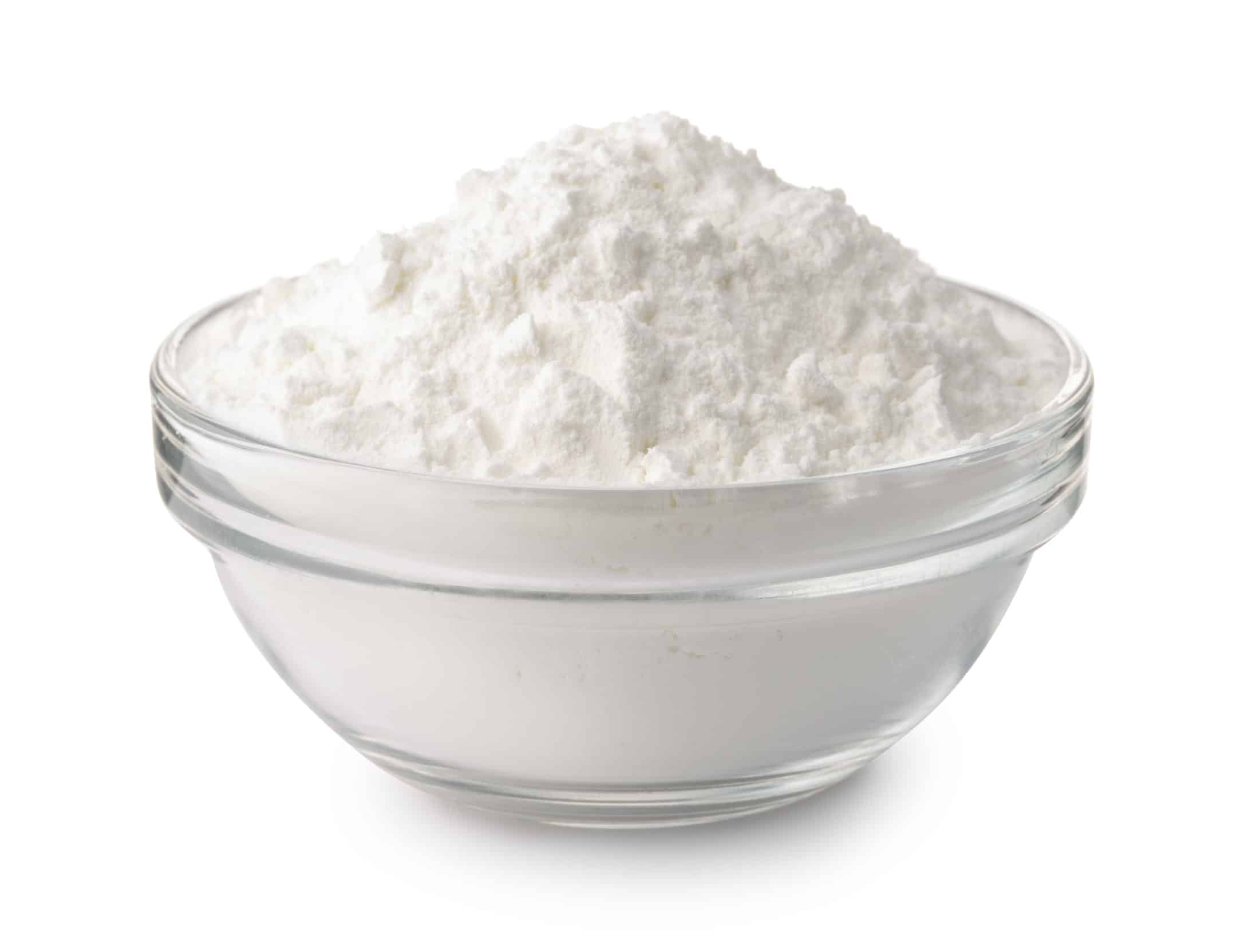
A commonly used preservative derived from benzoic acid. Effective against a wide range of bacteria and fungi. Used together with methylparaben.
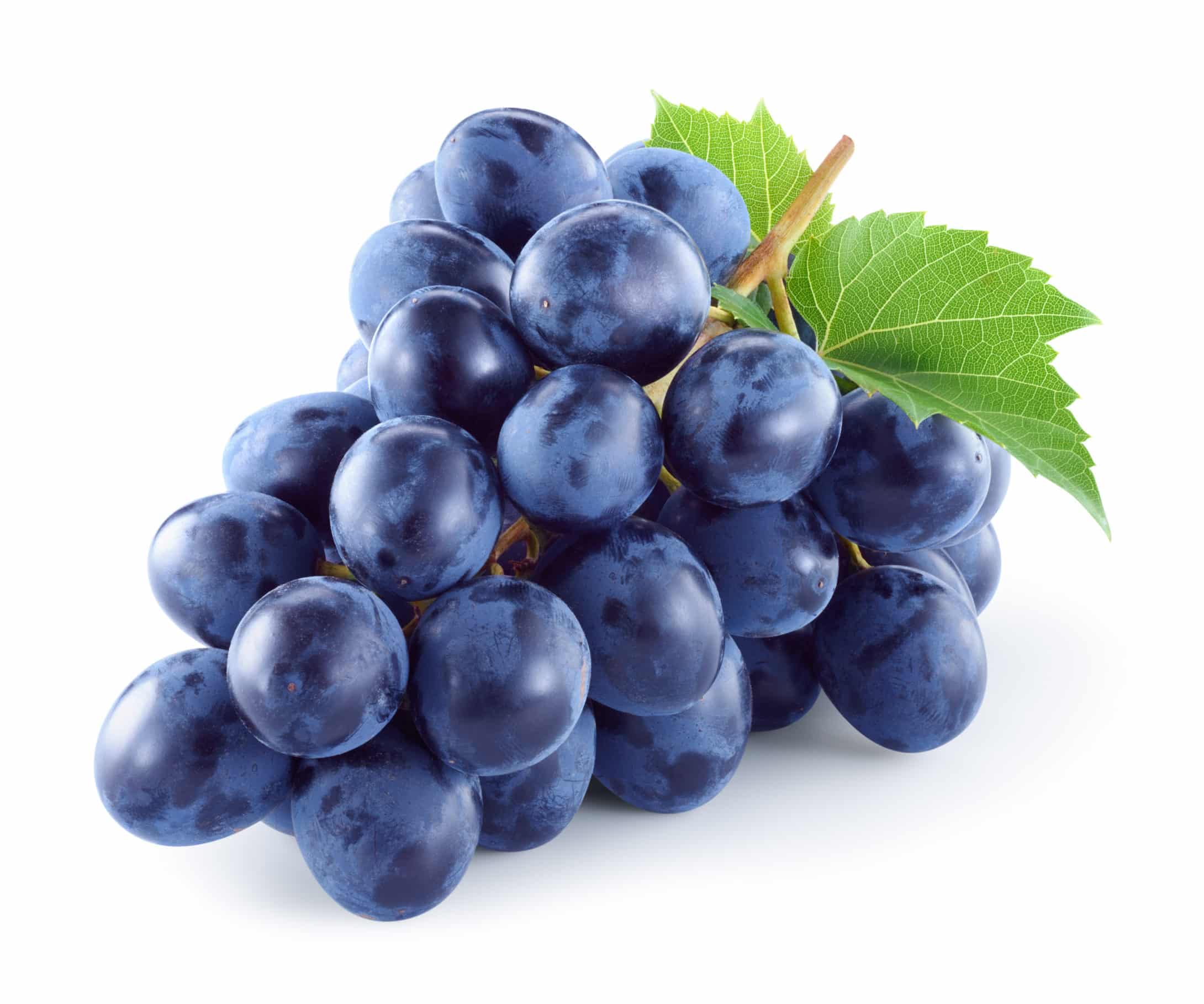
Extract from from grapes, this versatile ingredient works as an antioxidant, astringent, exfoliant, fragrance, and emollient.
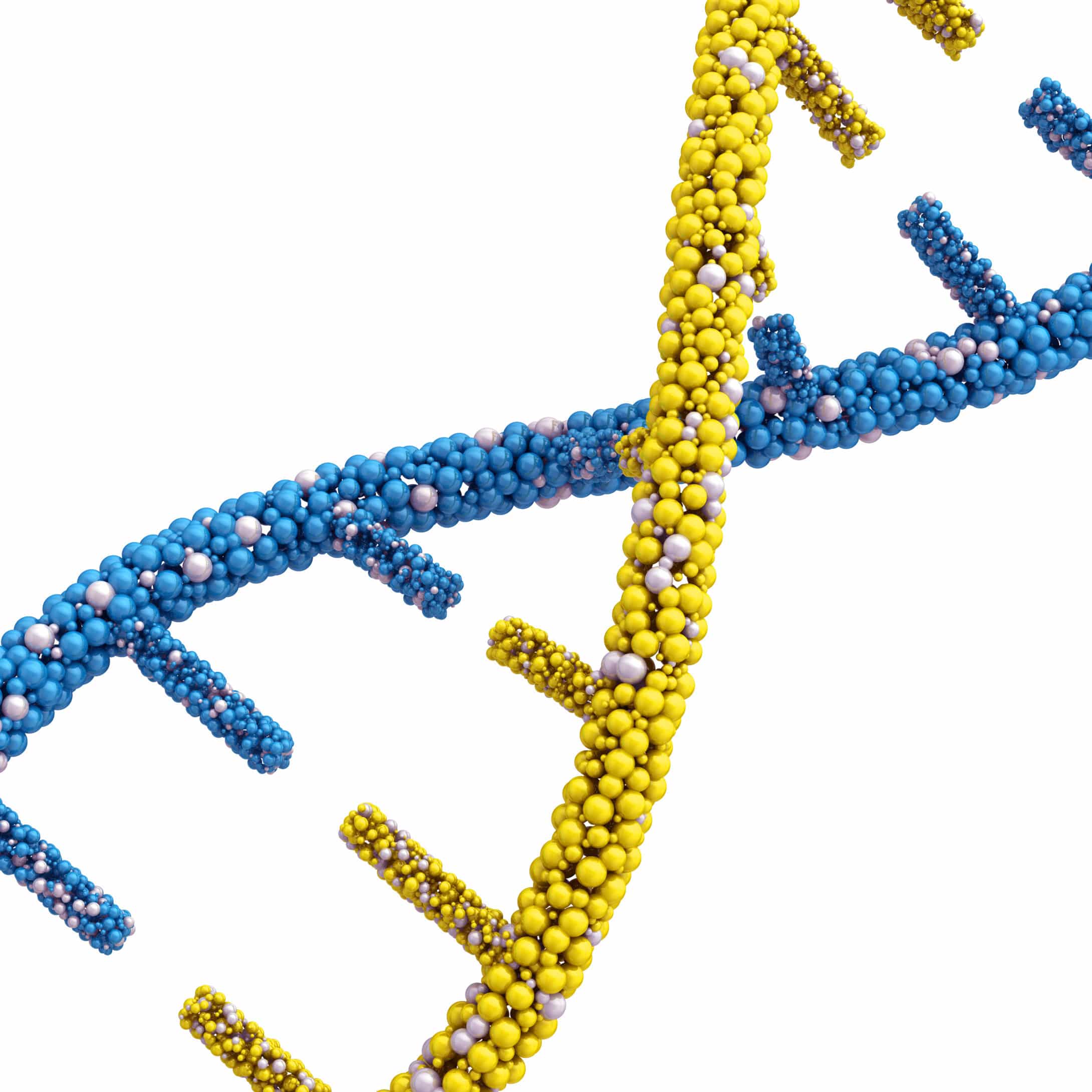
A material found in both the nucleus and cytoplasm of the cell, it contains directions for the genetic code of the cell, DNA.

A form of Vitamin A, essential to normal functioning of the skin. Studies show that retinol lotion transforms into Retin -A in the skin yielding significant difference in skin wrinkling. It aids in keeping the skin soft. It helps restore pink color to aging skin.
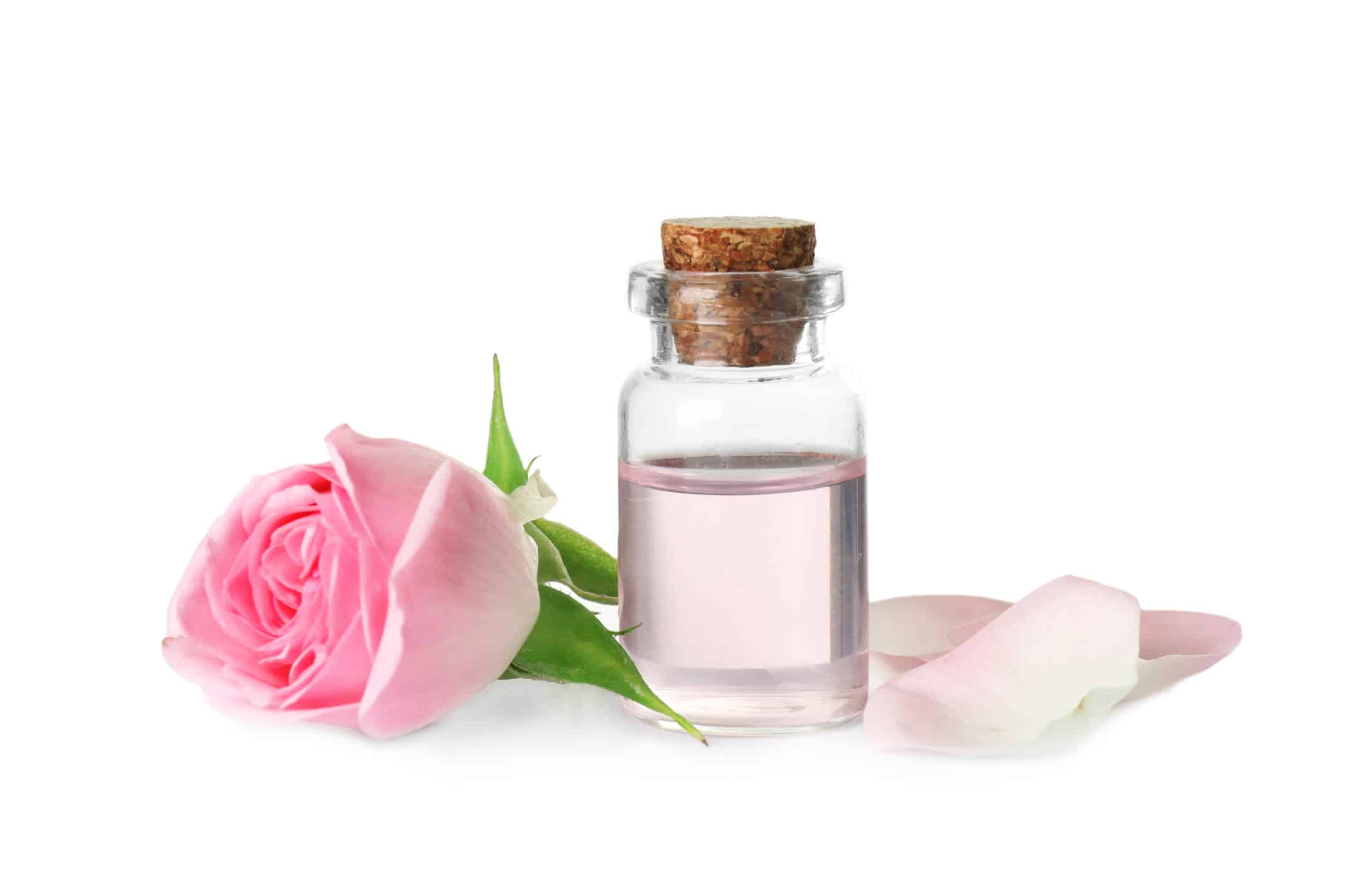
The essential oil extracted rom the petals of various types of rose.
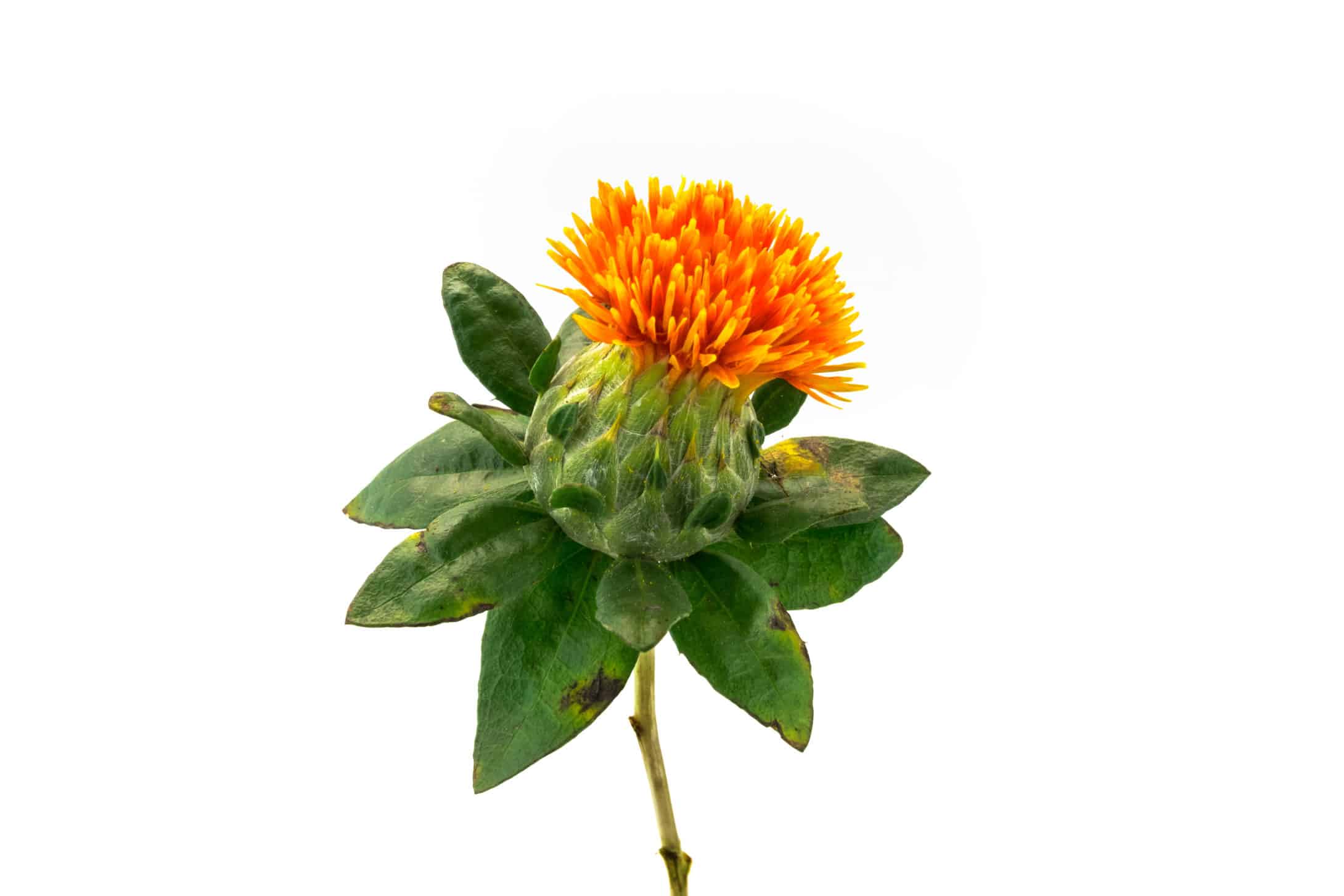
Extracted from seed of an herb native to Asia. Resembles a thistle. Used to soften the skin.
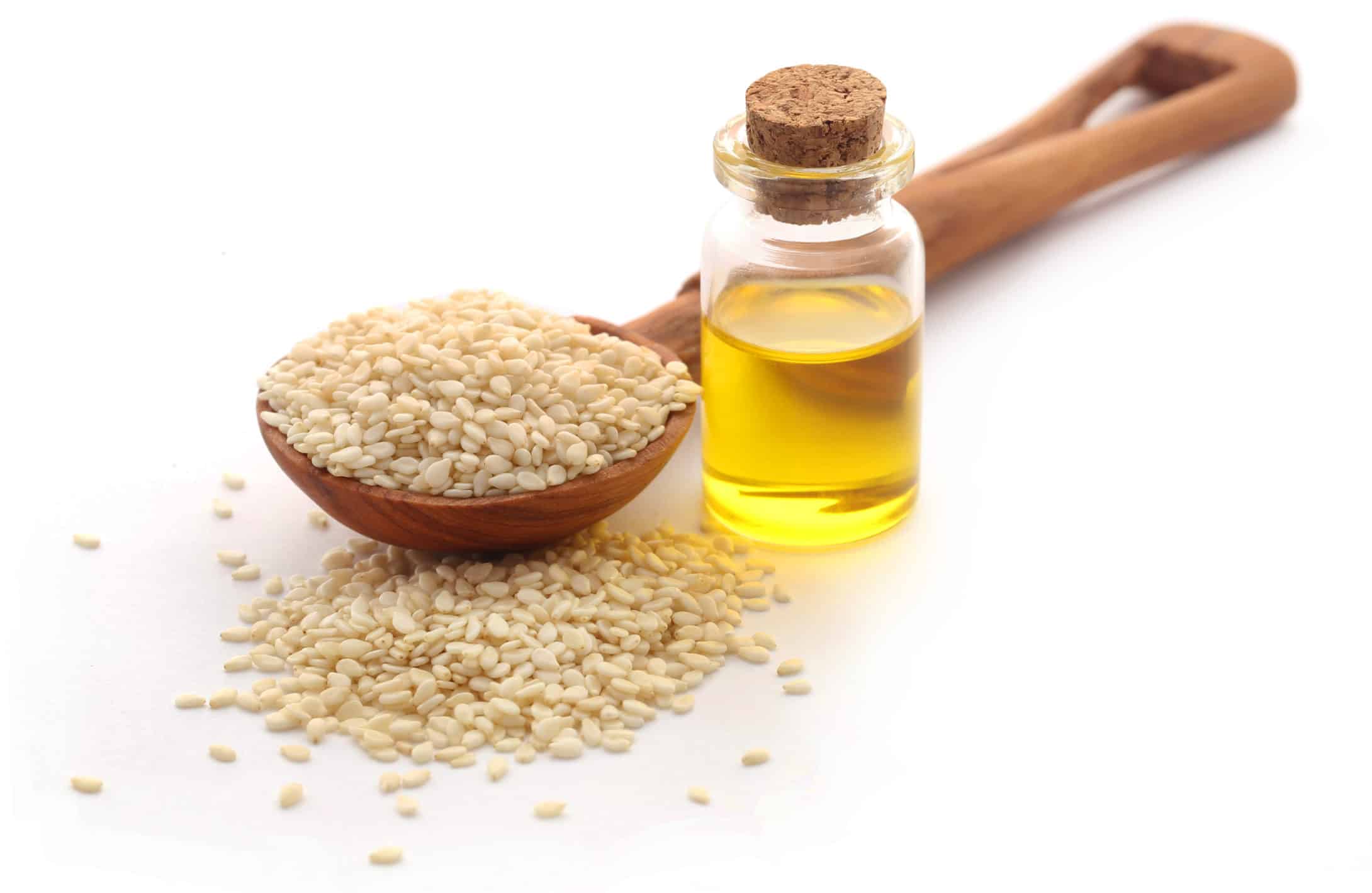
A natural oil extracted from the seeds of a tropical Asian plant. Used as an emollient and moisturizer.
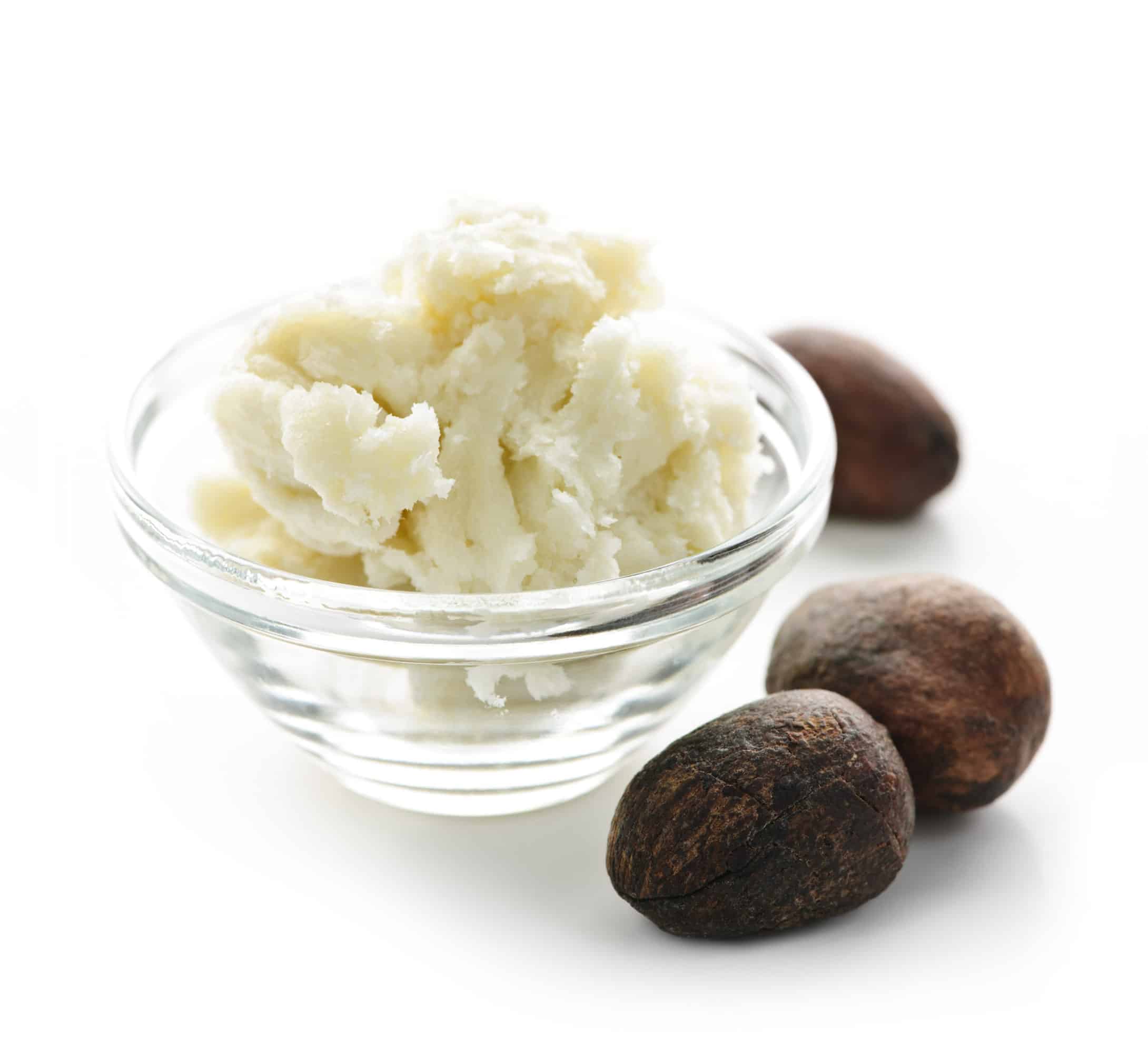
Natural fat extracted from fruit of the shea tree. Shea butter is known especially for its cosmetic properties as a moisturizer, skin softener and emollient. It is also known as an anti-inflammatory agent.
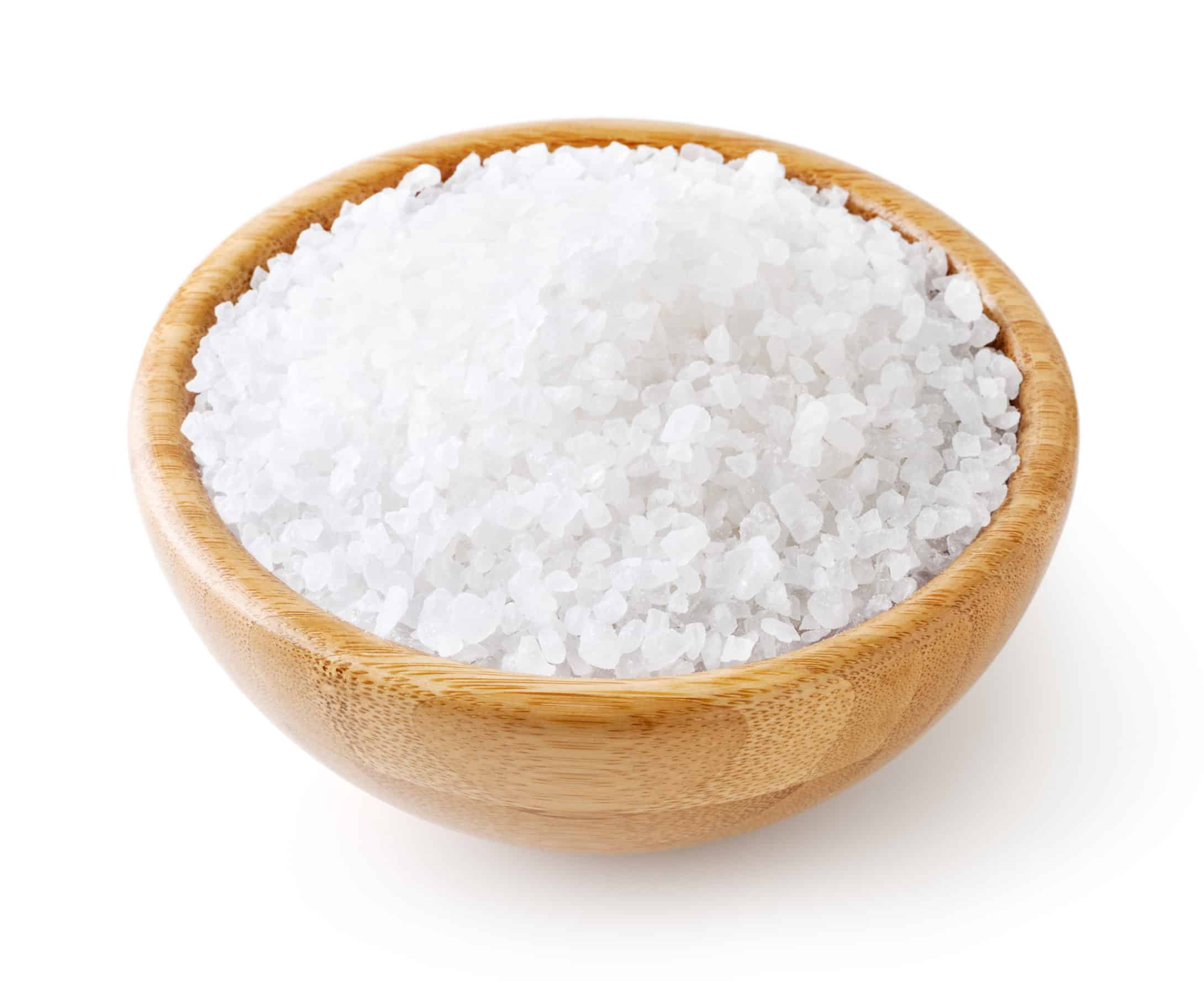
A naturally occurring mineral which can also be manufactured from the boric acid found in the hot springs. Used as an antiseptic and astringent. Also a preservative.
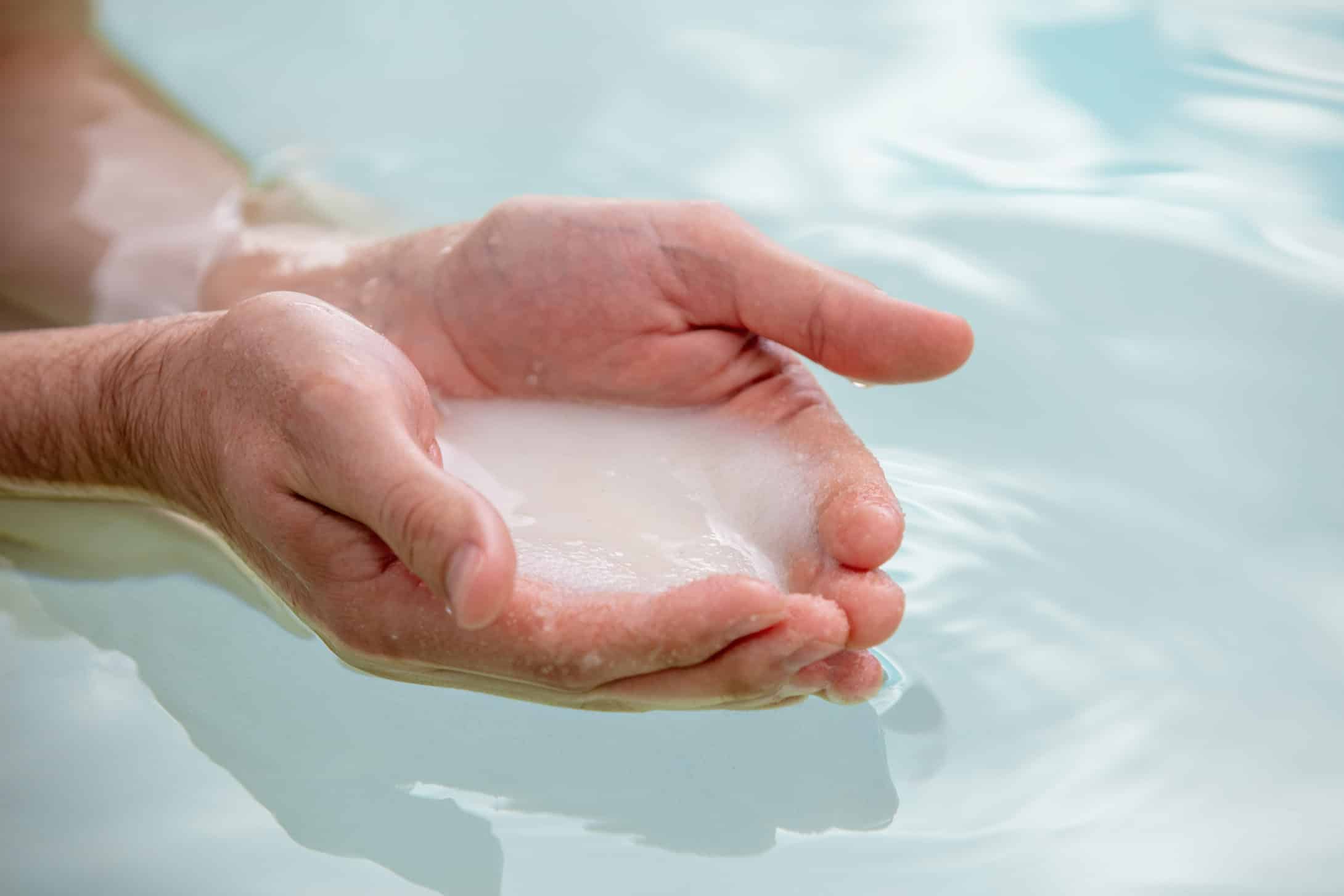
Similar to hyaluronic acid and known for its super-moisturizing ability on the skin. Easily dissolvable in water by absorbing water to itself.
A salt of lactic acid which is part of the skin’s natural moisturizing system.
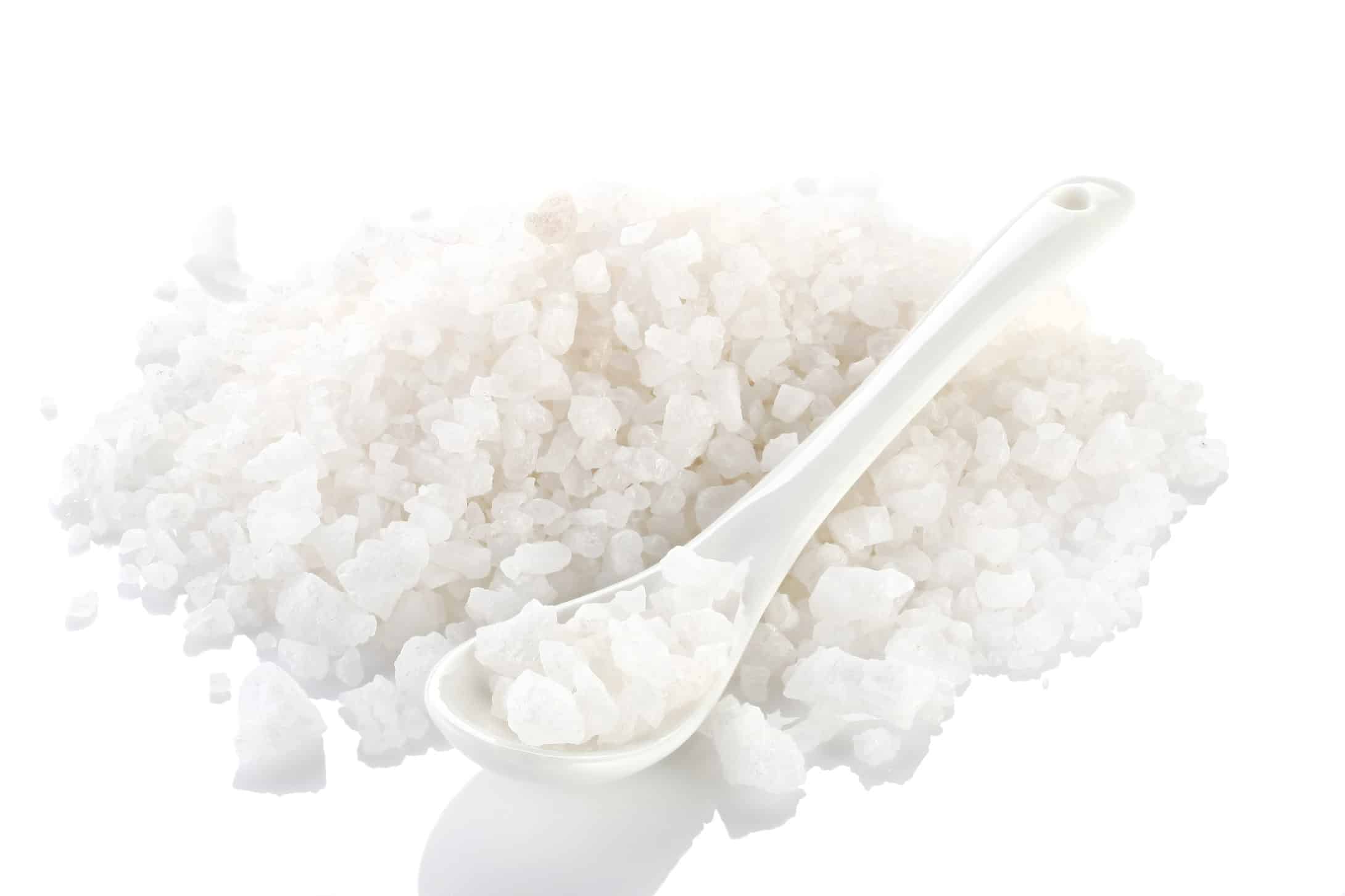
A powerful humectant and component of the skin’s natural moisturizing factor, which is responsible for the moisturebiding capacity of the skin. Also increase the softness of the skin.
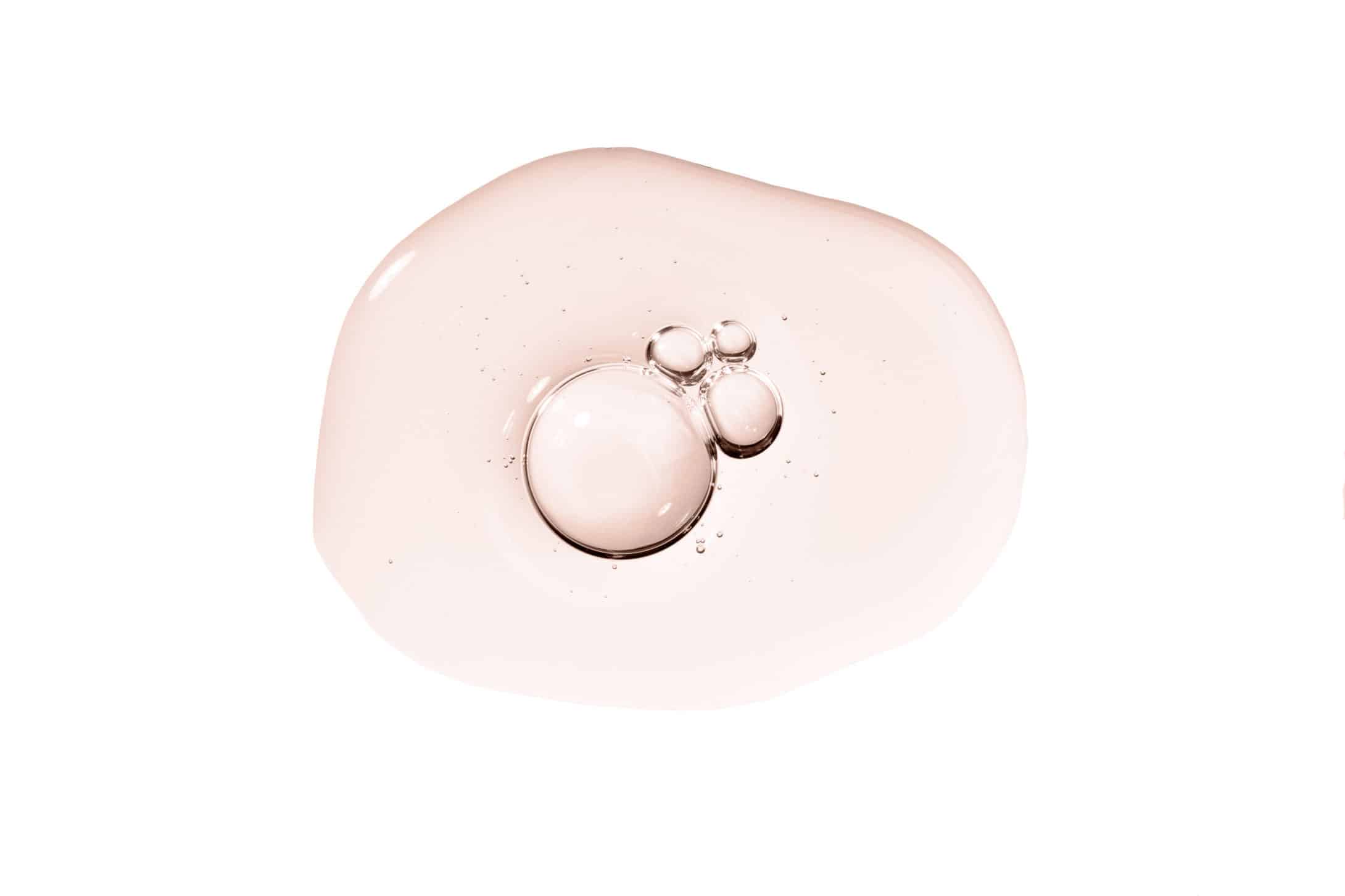
Whole collagen protein which is used as a surface moisturizer and to impart a smooth soft feel to the skin. Helps to attract water to the skin’s surface.
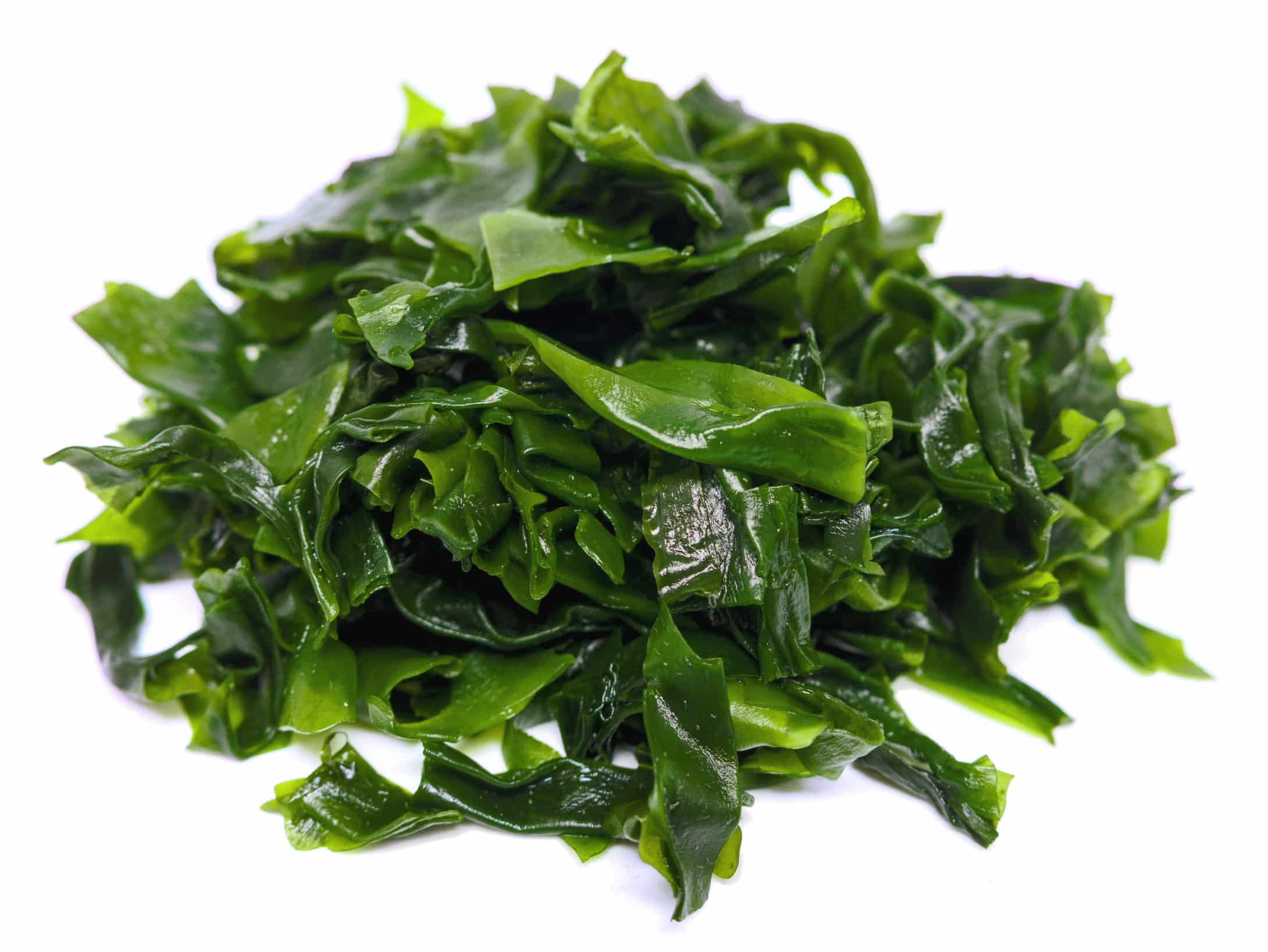
Soothing agent derived from various fruits, seaweed and algae. A humectant that leaves the skin with a velvety feeling.
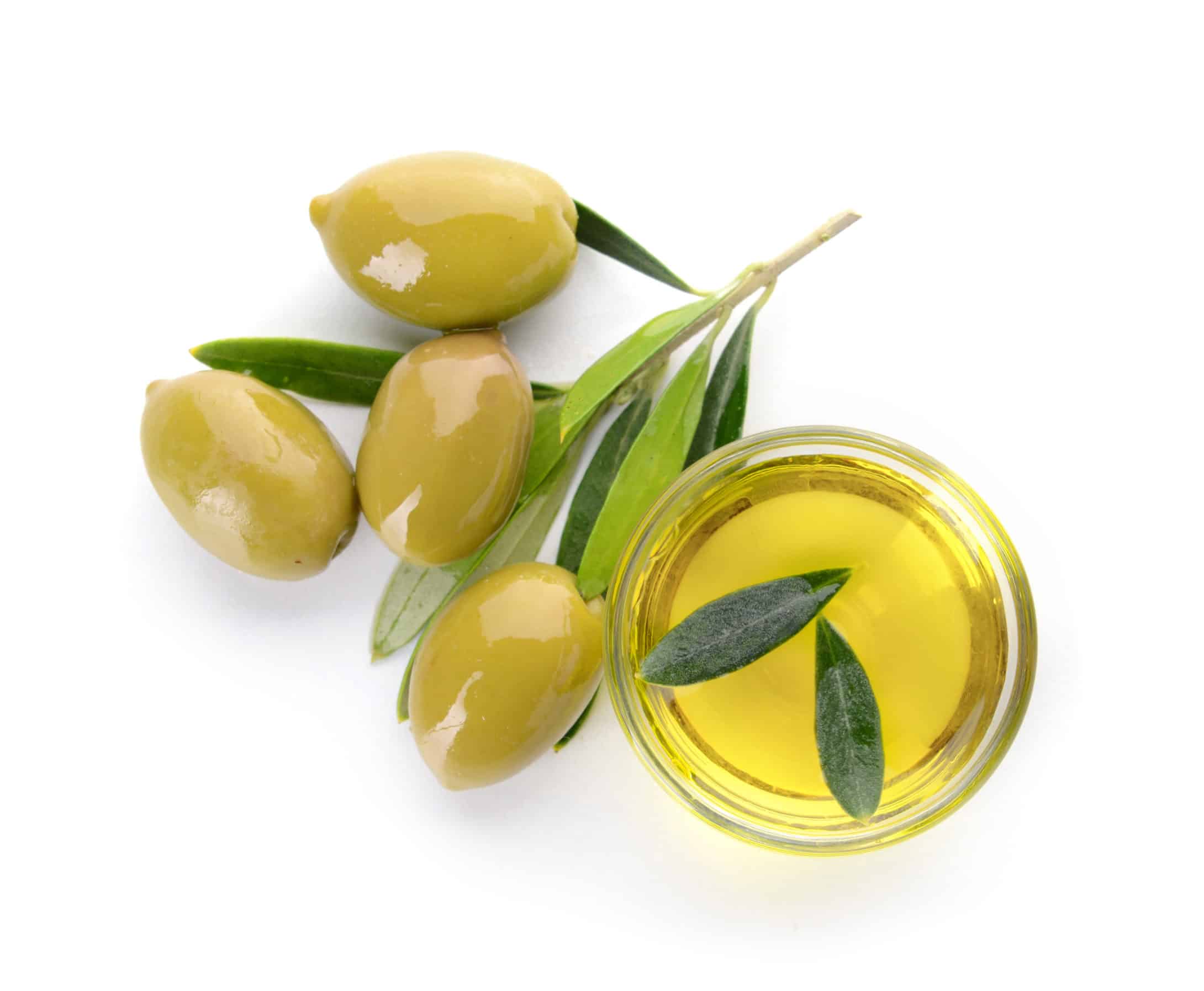
Moisturizer and emollient derived from olive oil, plant sources and shark liver oil. This natural component of human skin lipids, or oils, helps prevent loss of water though the skin. It lends suppleness to the skin without giving a greasy feel.
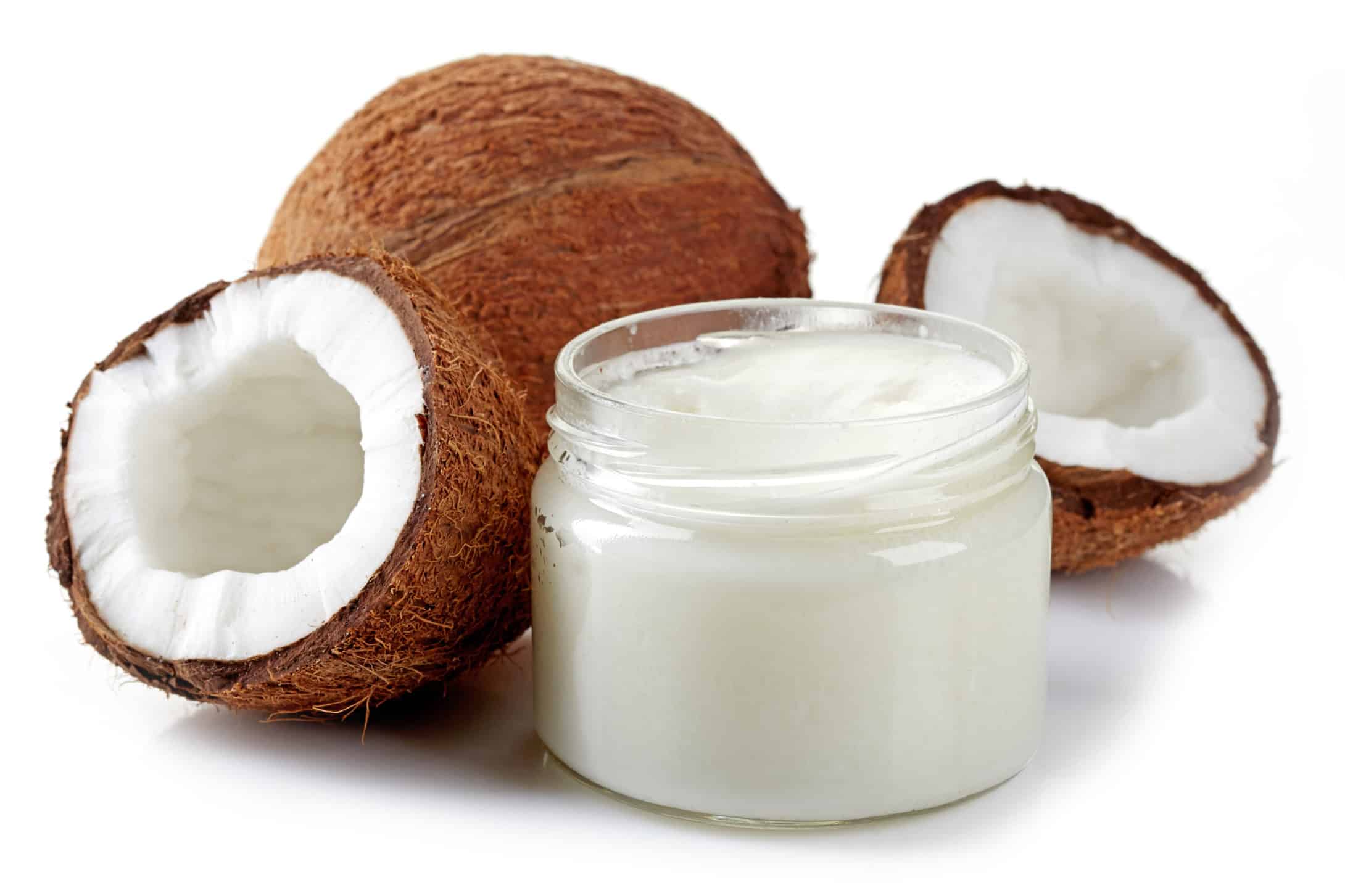
A natural occurring fatty acid rounds in a variety of vegetable fats such as palm or coconut used as thickener, moisturizer, and emollient to give “pearly” quality to creams and lotions.
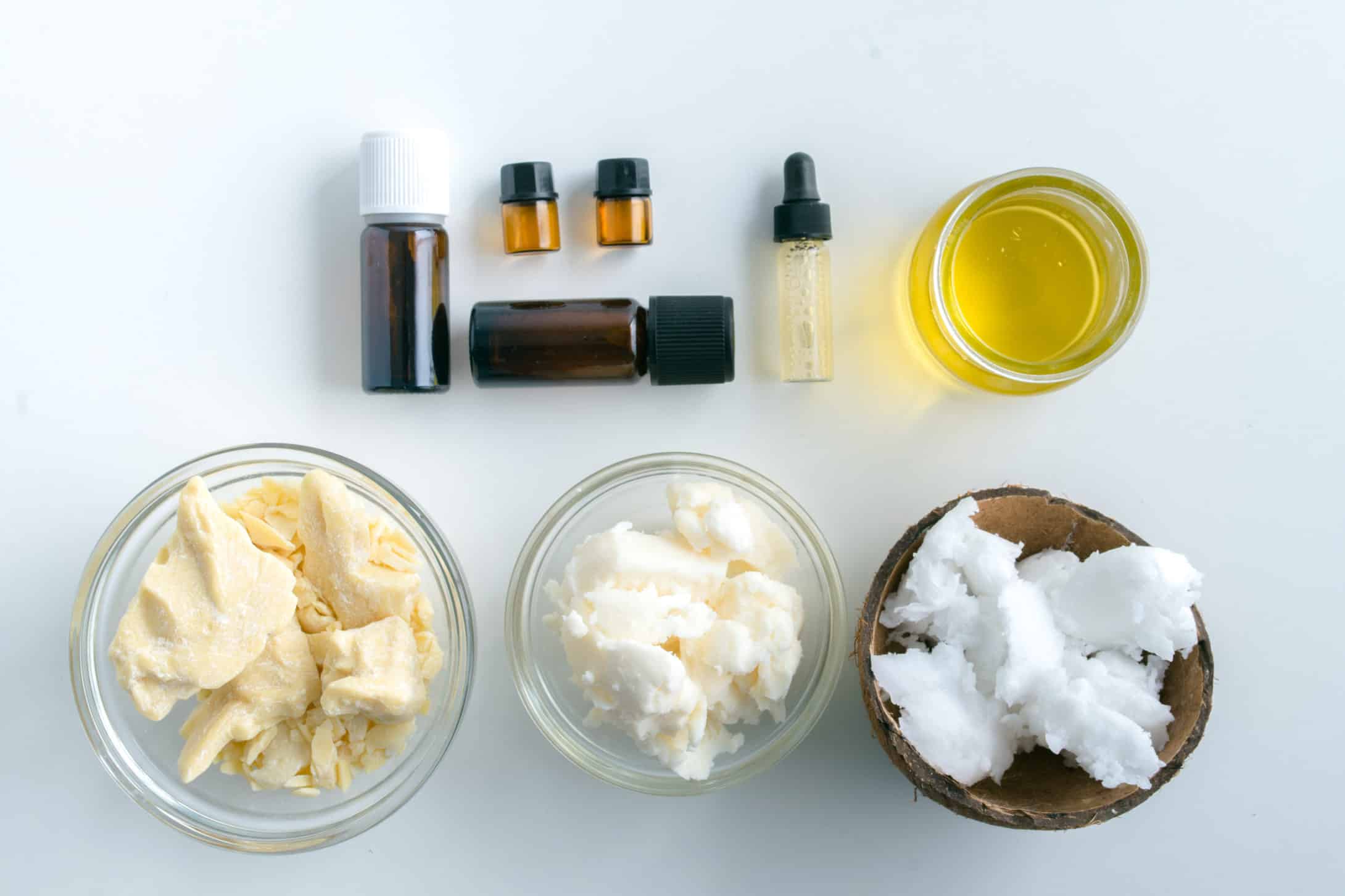
A white, waxy solid, in flake form, it is used in ointments, creams, conditioners, and lotions as a mild vegetable emulsifier, skin softener, conditioner and thickener. This is a fatty alcohol produced from saturated fats in nuts and plants.
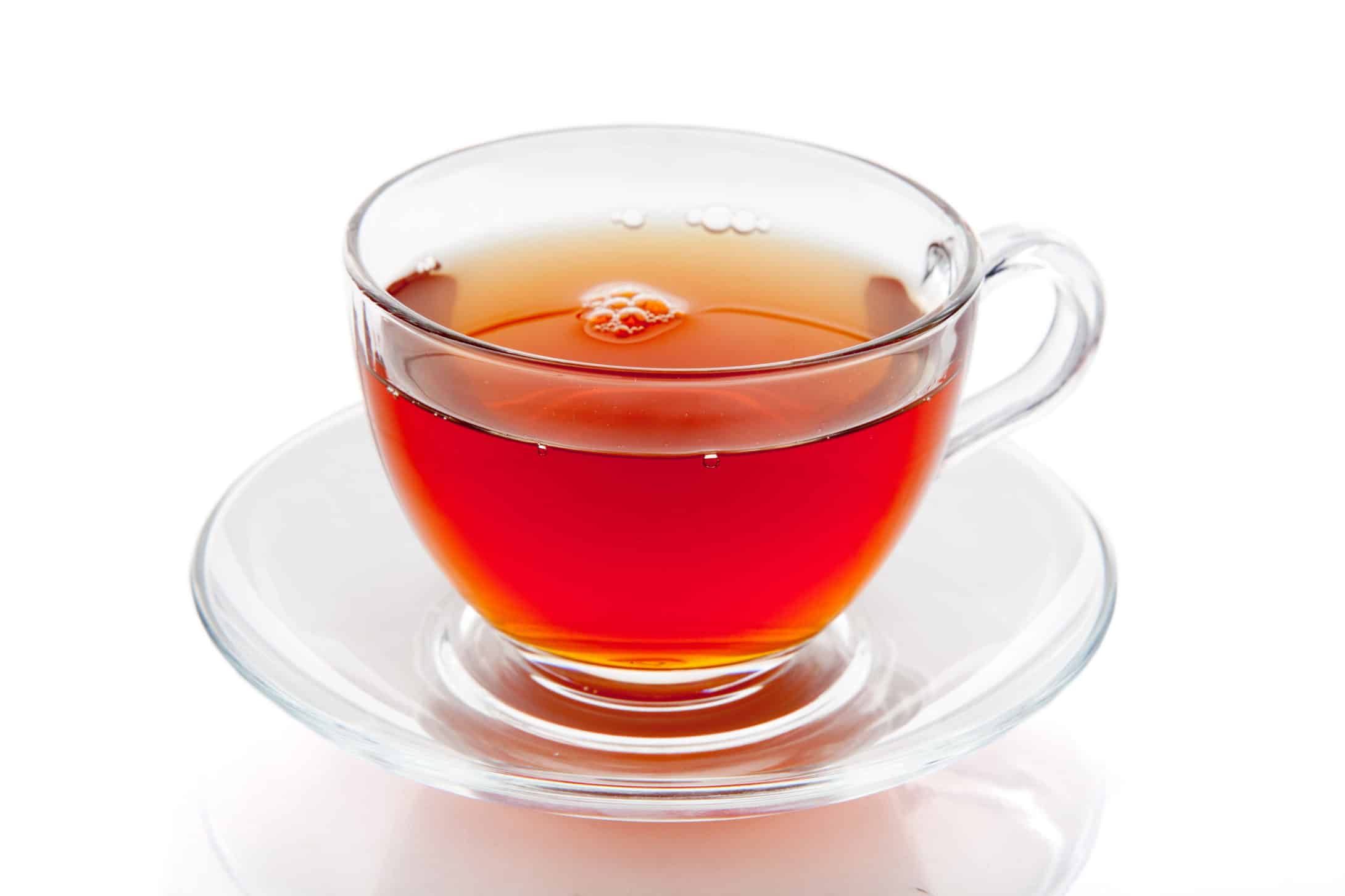
Occurs naturally in wintergreen leaves, sweet birch and other plants. One of the well-known non-PABA sunscreen ingredients. It is used mostly for its sun-screening ability.
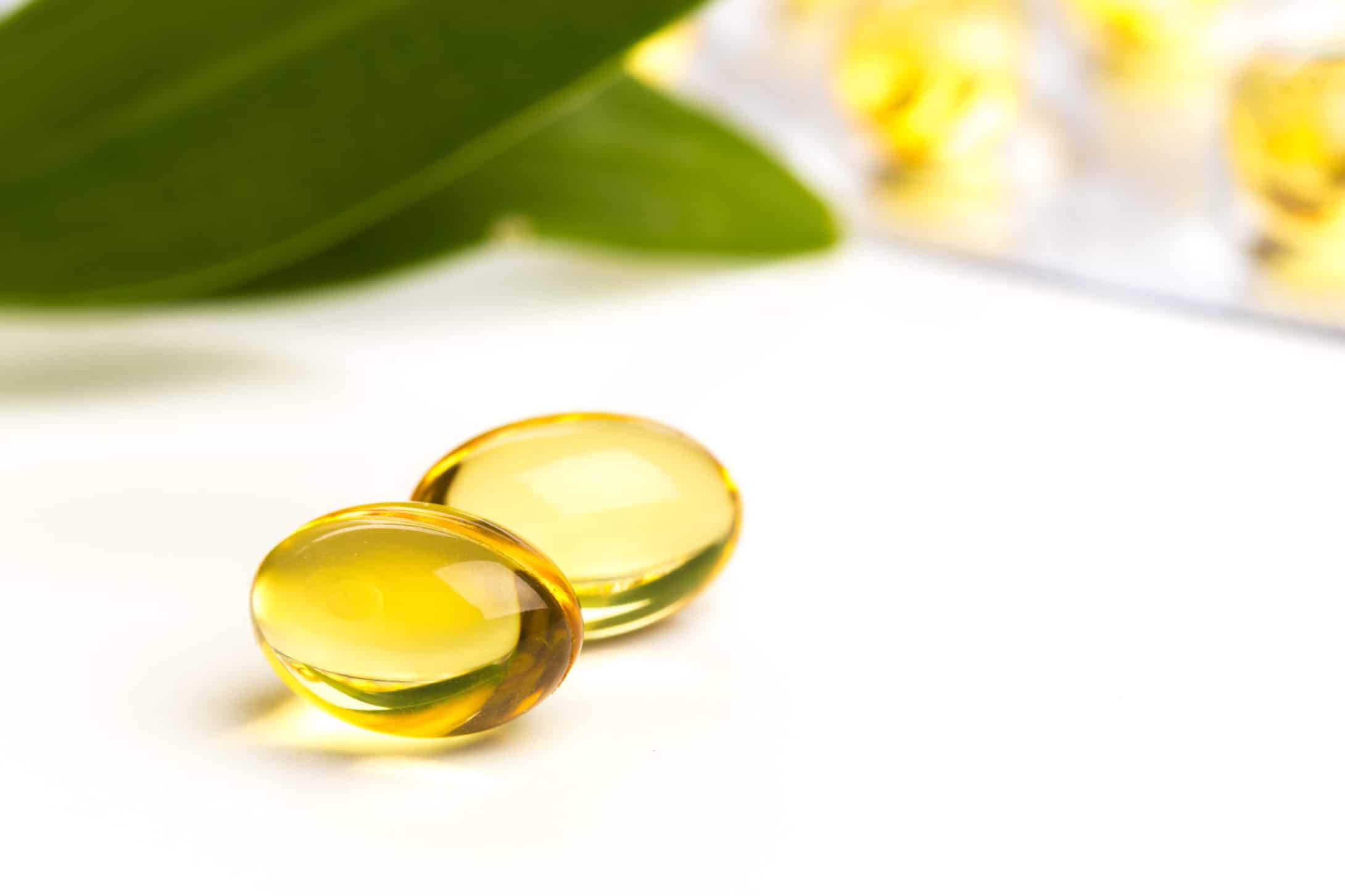
A mixture of Vitamin E and other plant derived antioxidants. Used to maintain freshness of crams and as a vitamin conditioner for the skin.
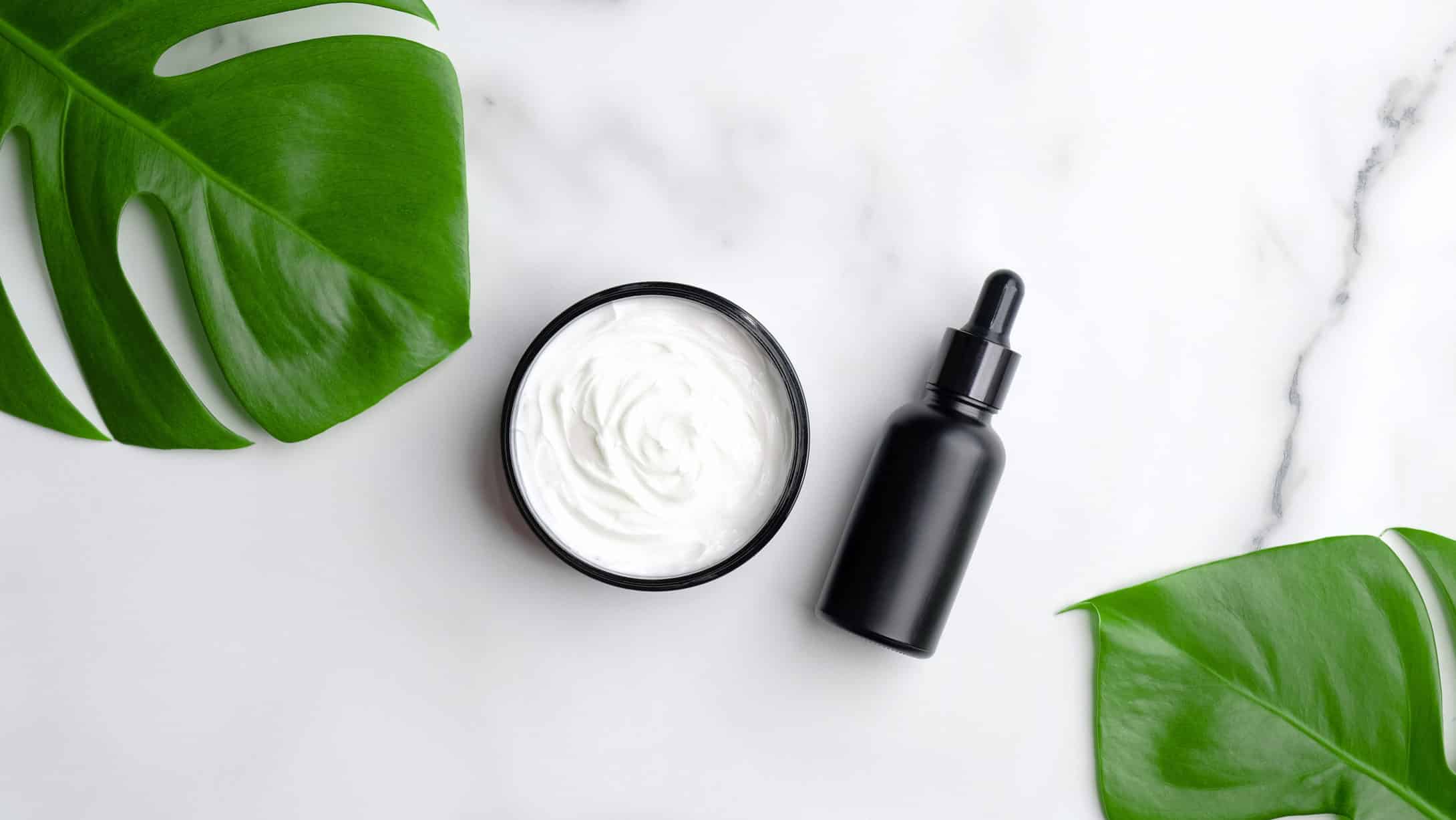
A method, developed by Viviane Woodard chemists, as the most effective way of replacing the skin’s natural moisture. It uses a water soluble oil molecule that acts as a “vehicle” to carry water and redwing nutrients into the skins fatty tissue (the tissue that gives your skin support, firmness and contour). This is the essential element in having smooth, youthful skin.
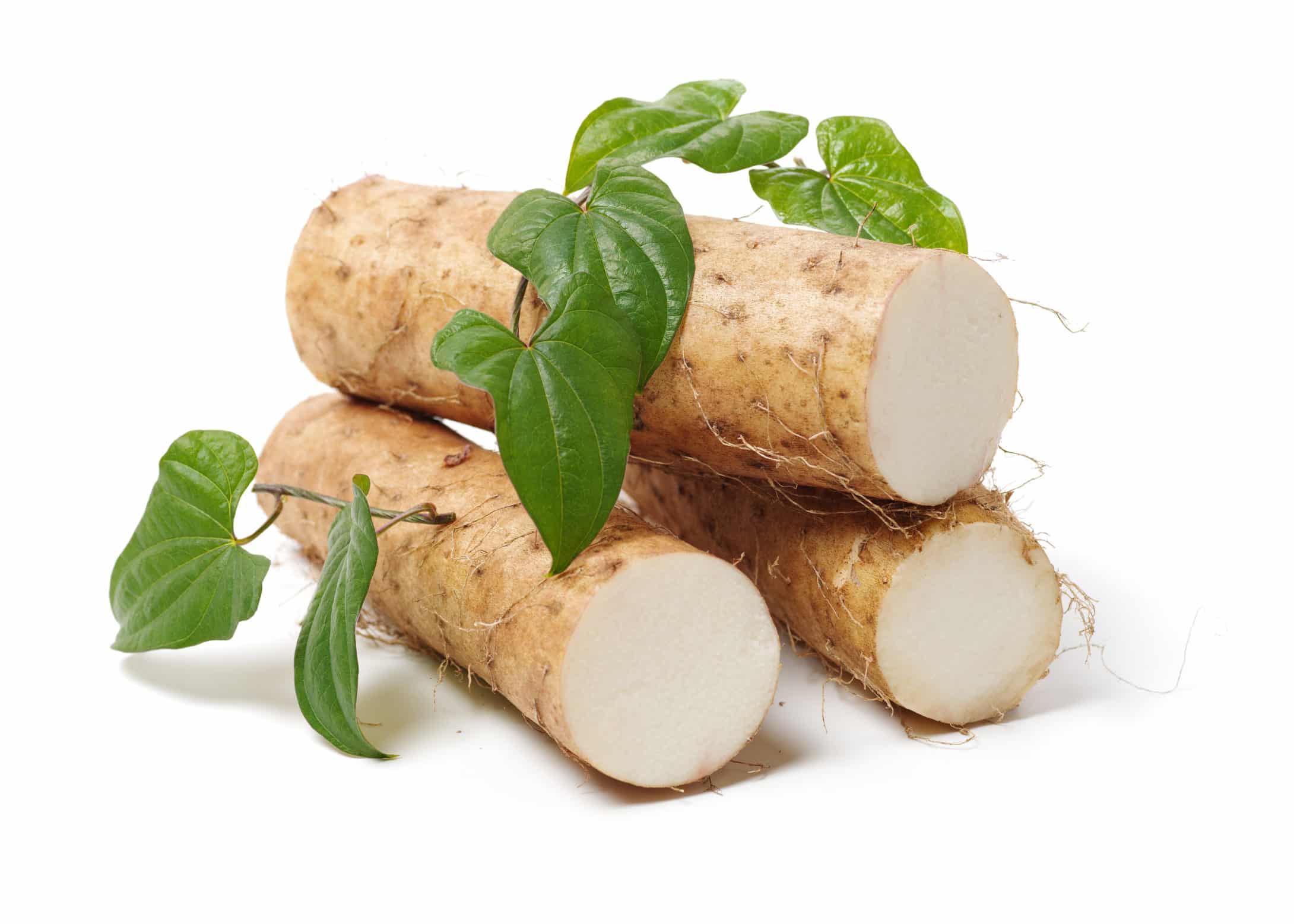
Also known as the villas root, a rich source of compounds commonly known as phytoestrogens. Improves skin lipid content for skin firming and wrinkle smoothing, gives anti-inflammatory effect and has anti-oxidant properties. Rich in tannins, minerals and vitamins it is an excellent component of skin creams or manure or dry skin.
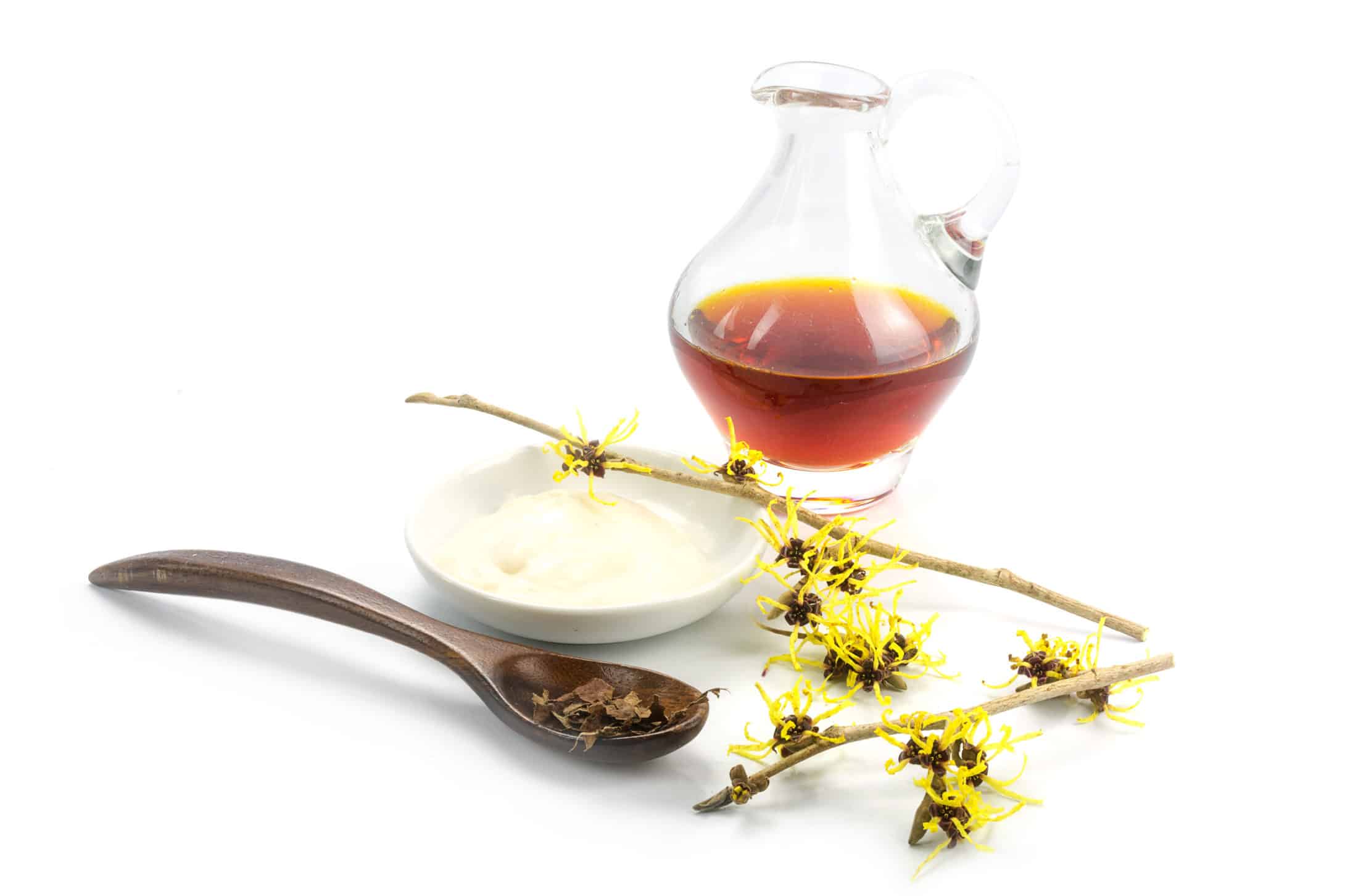
Witch Hazel is an excellent natural astringent that has been used for centuries for its anti-irritant properties. It also reduces inflammation , sanitizing the skin and at the same time helps with hydration of the skin and stabilizes the barrier function of the skin. It strengthens the skin’s natural ability to protect itself against damaging environmental influences and to reactivate tissue renewal by stimulating the cellular restoration.
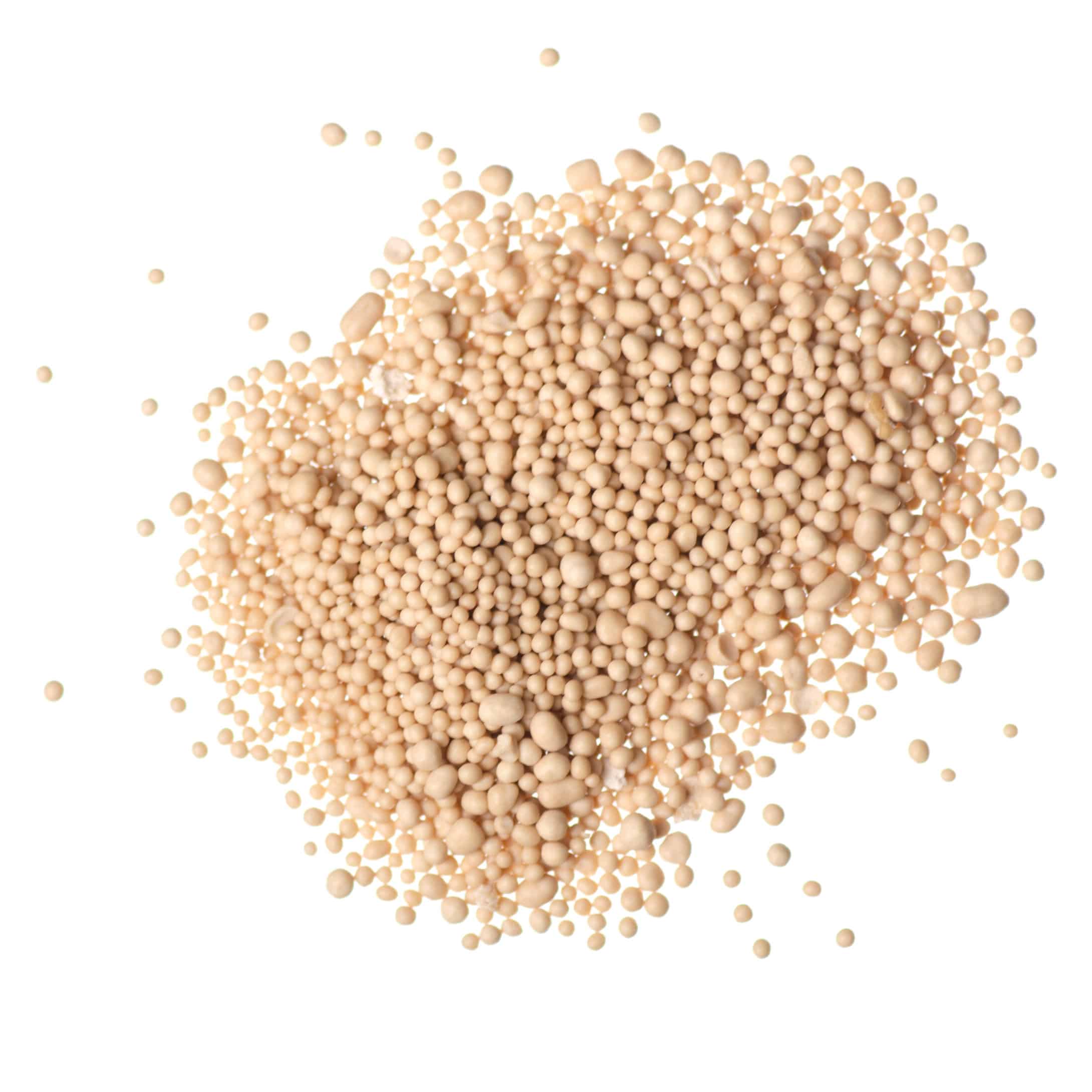
Used in skincare products for its revitalizing capacity. It strengthens the skin’s natural ability to protect itself against damaging environmental influences and to reactivate tissue renewal by stimulation the cellular respiration.
